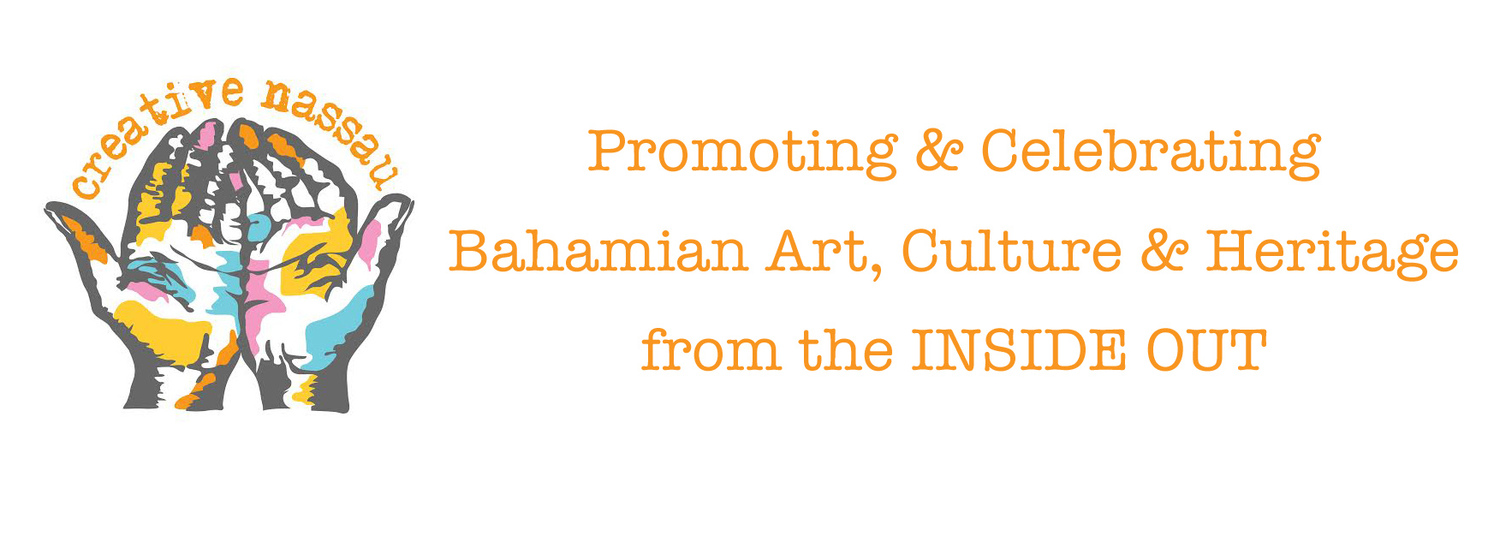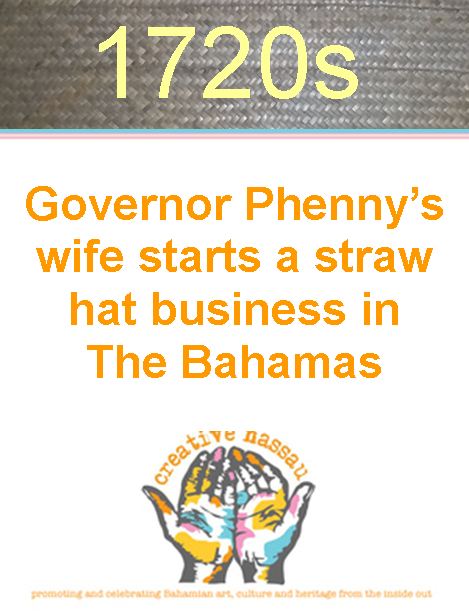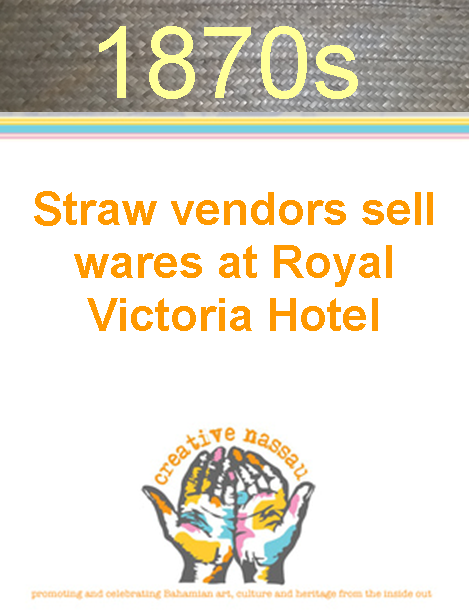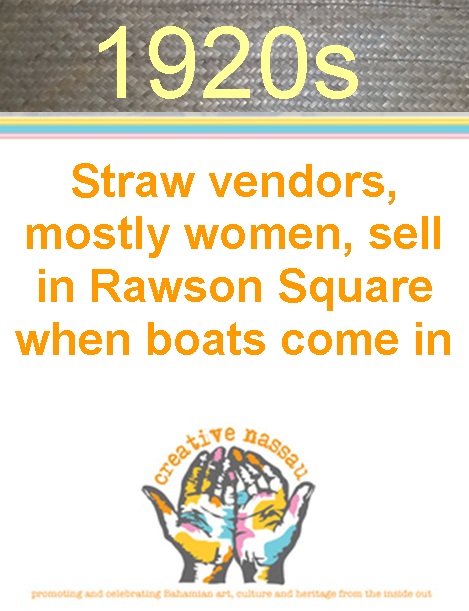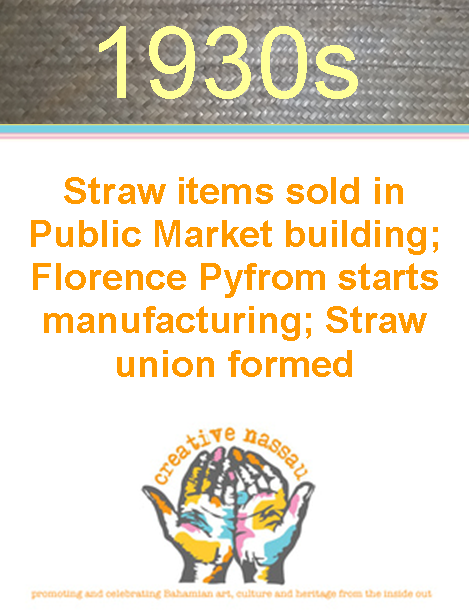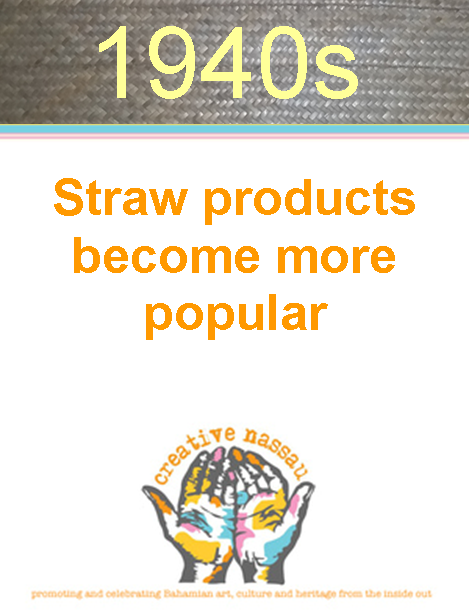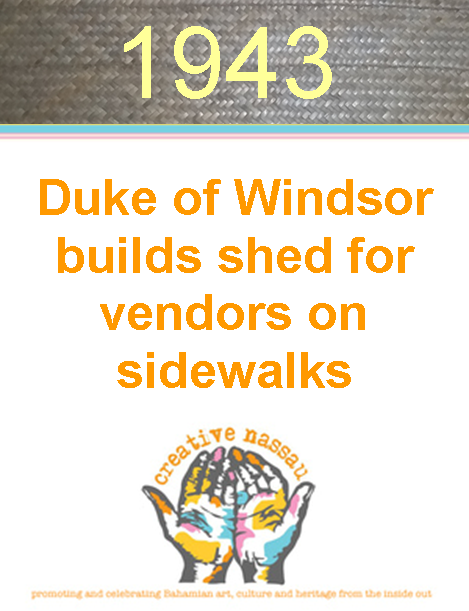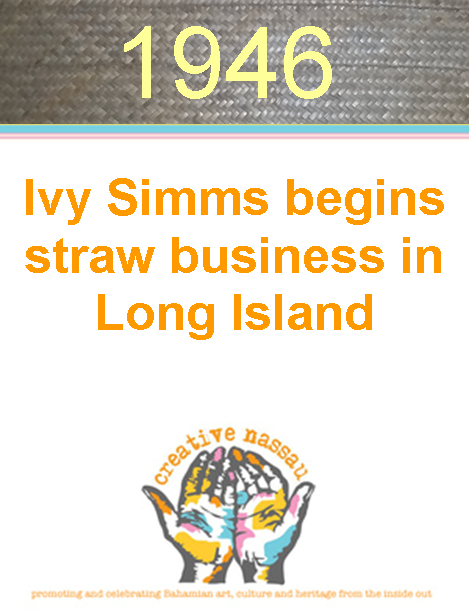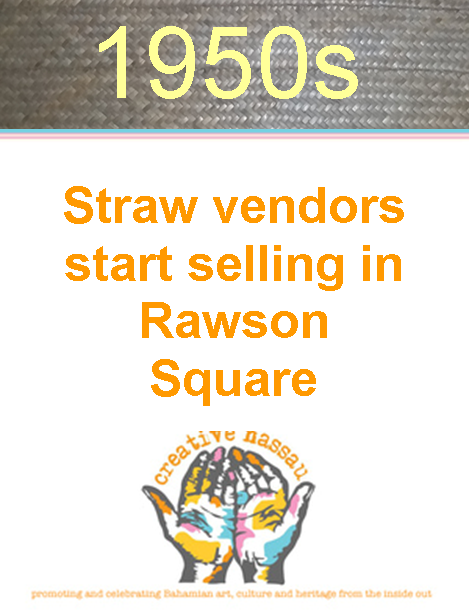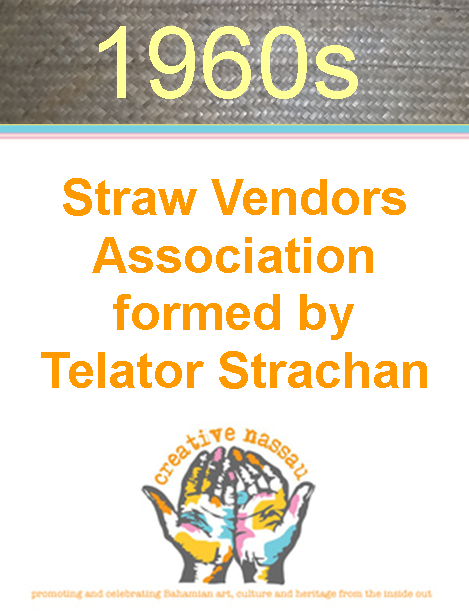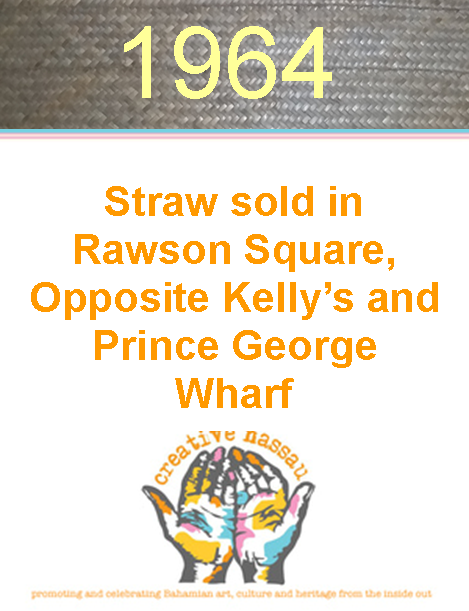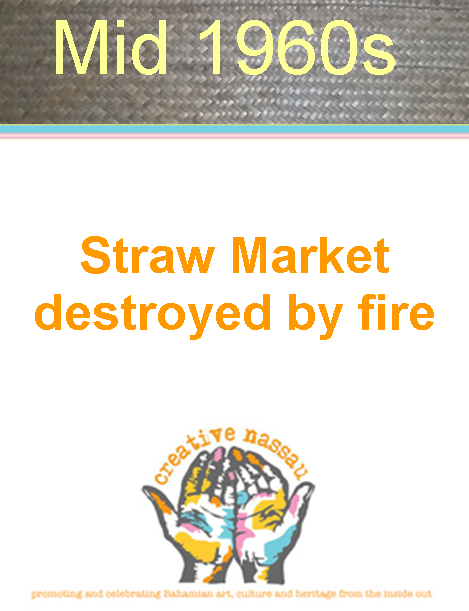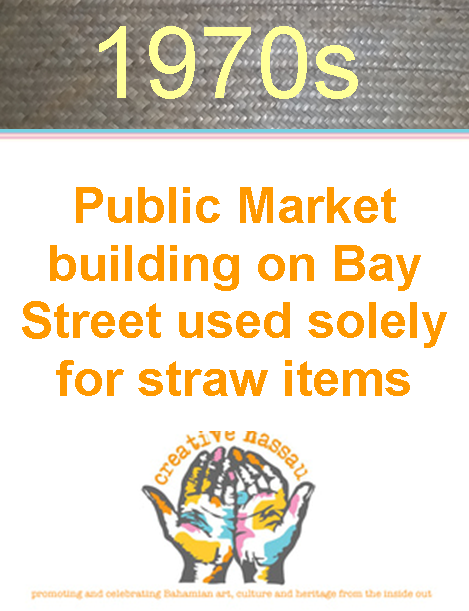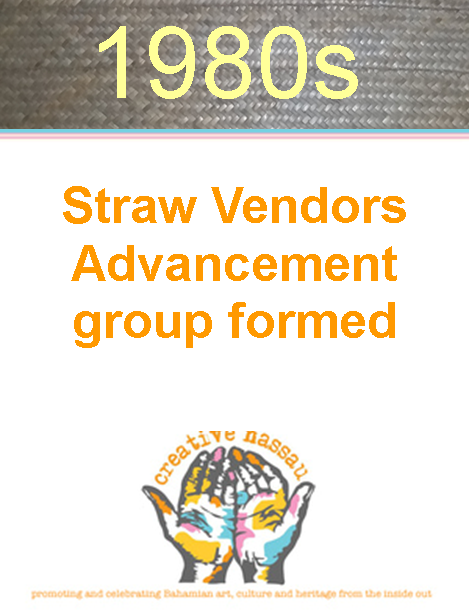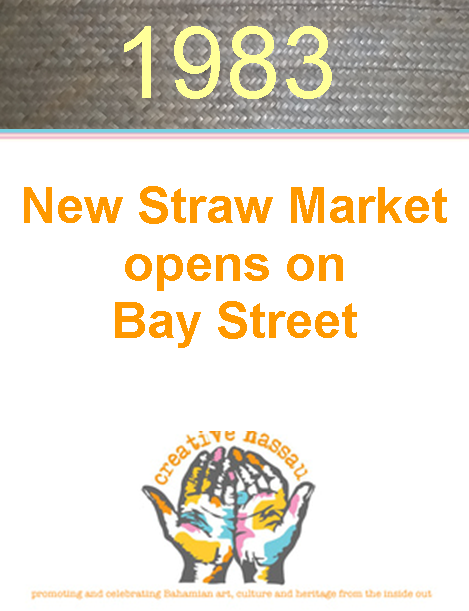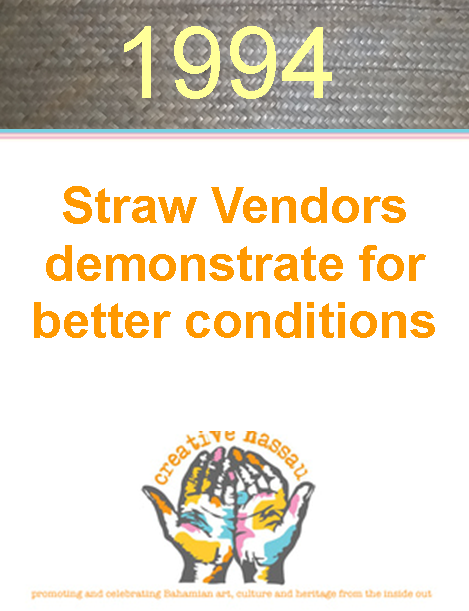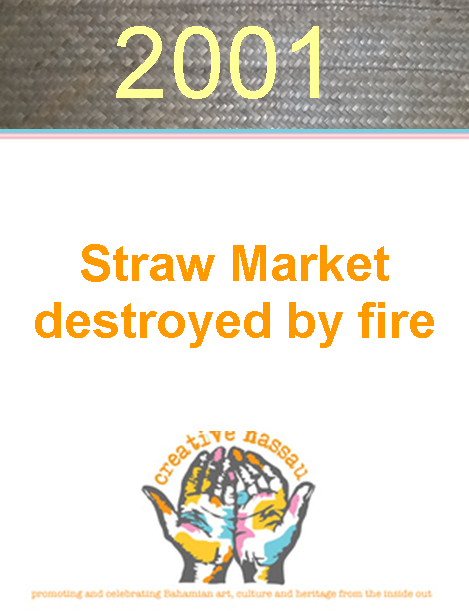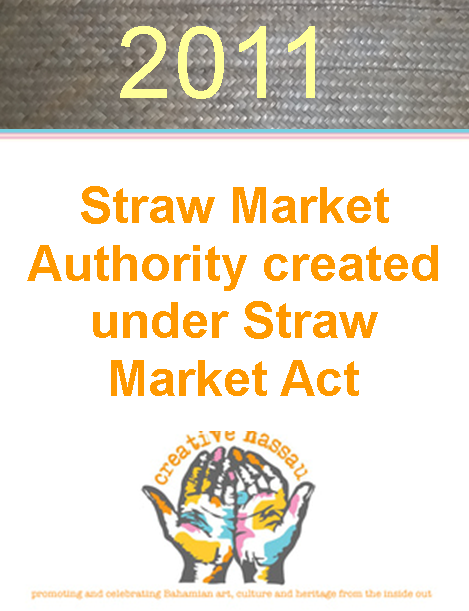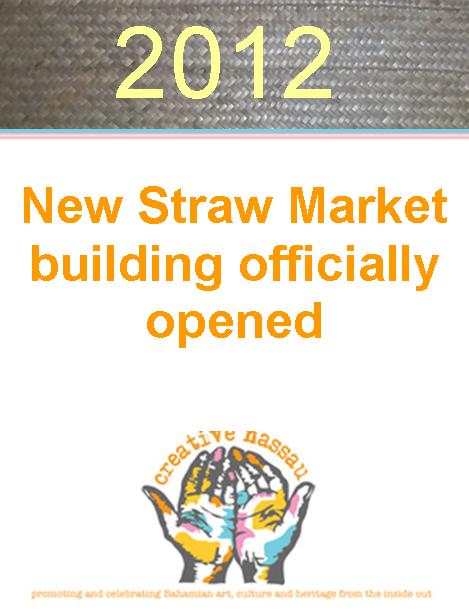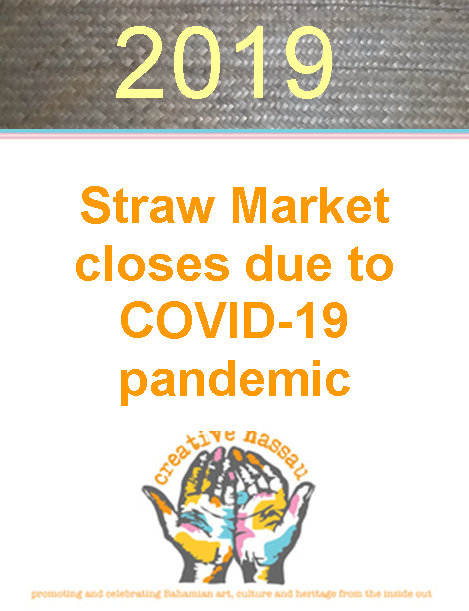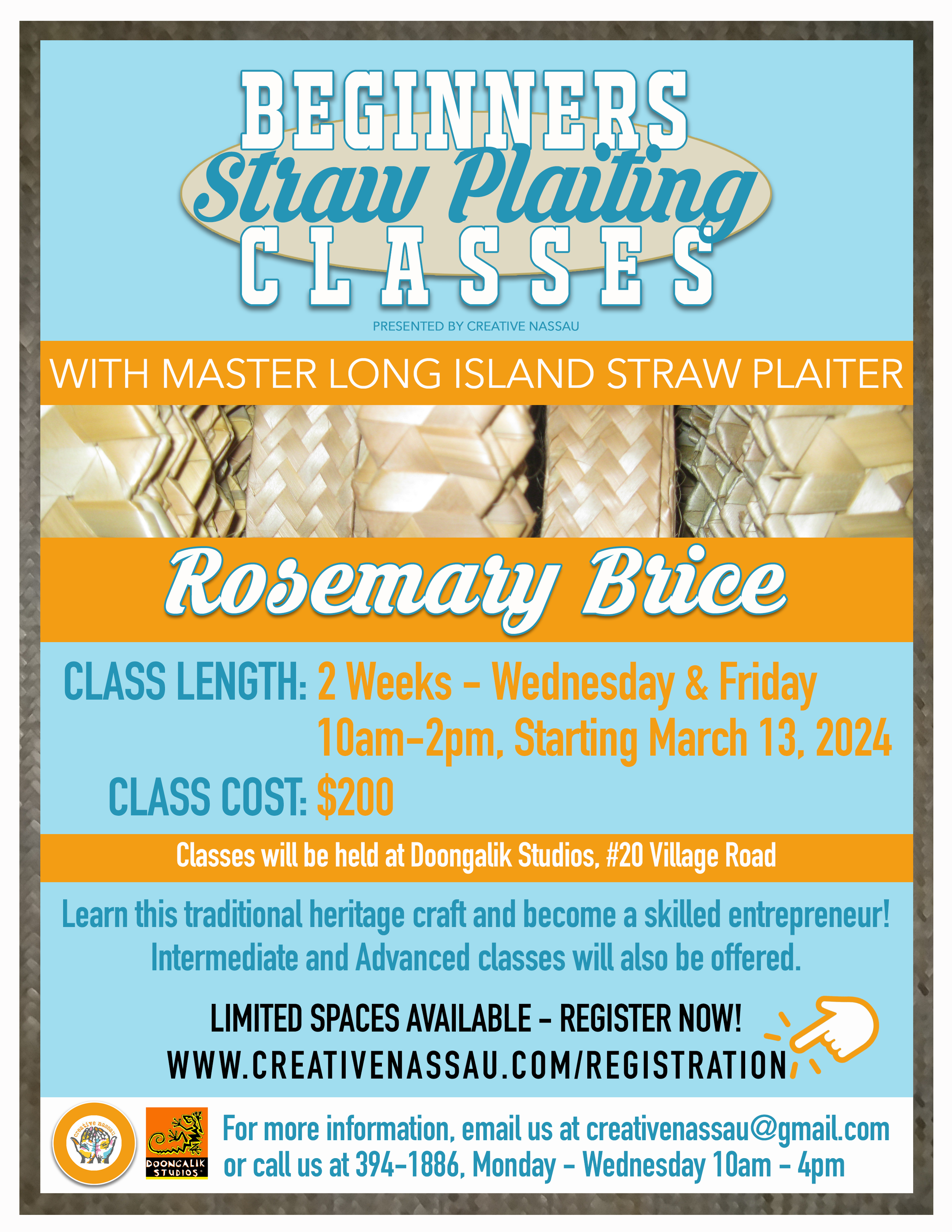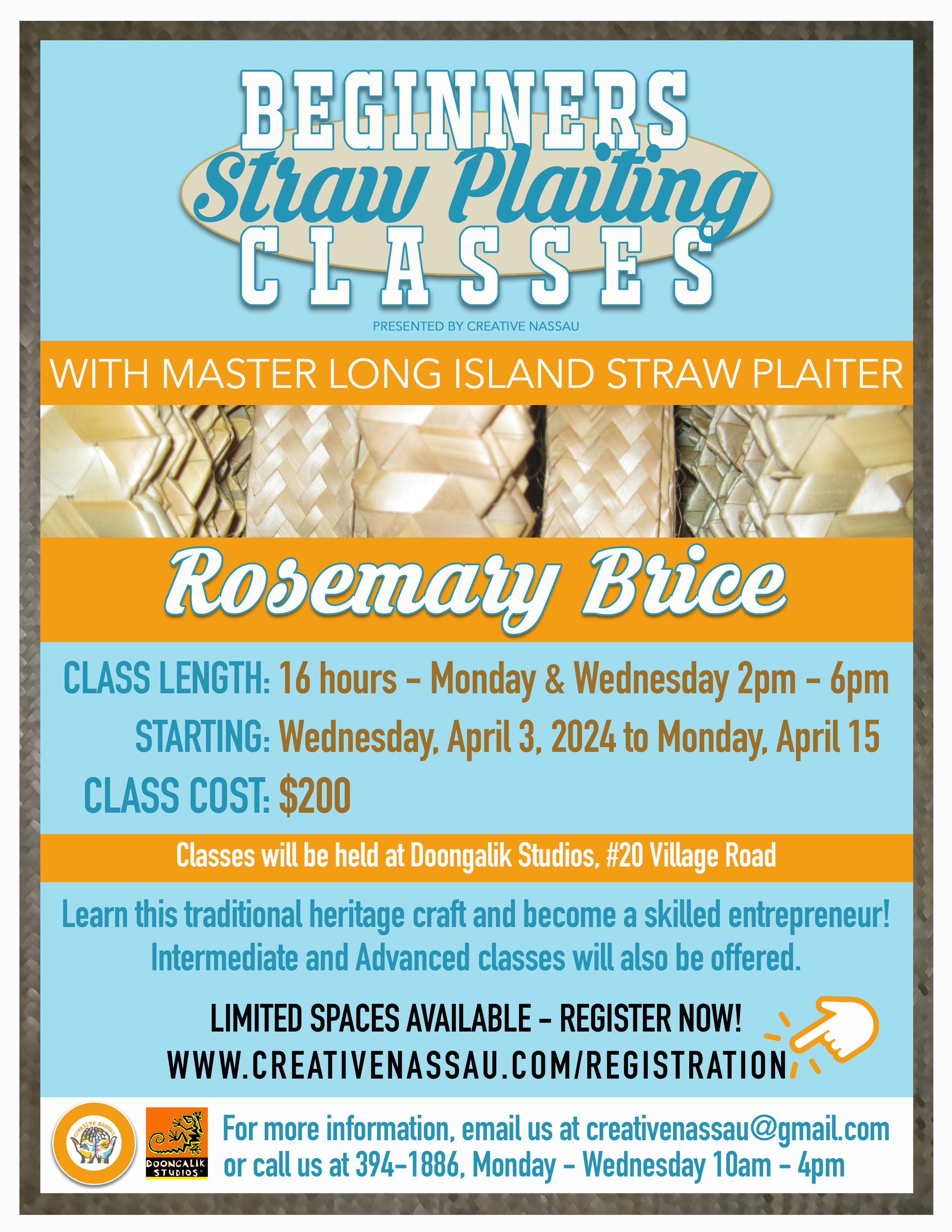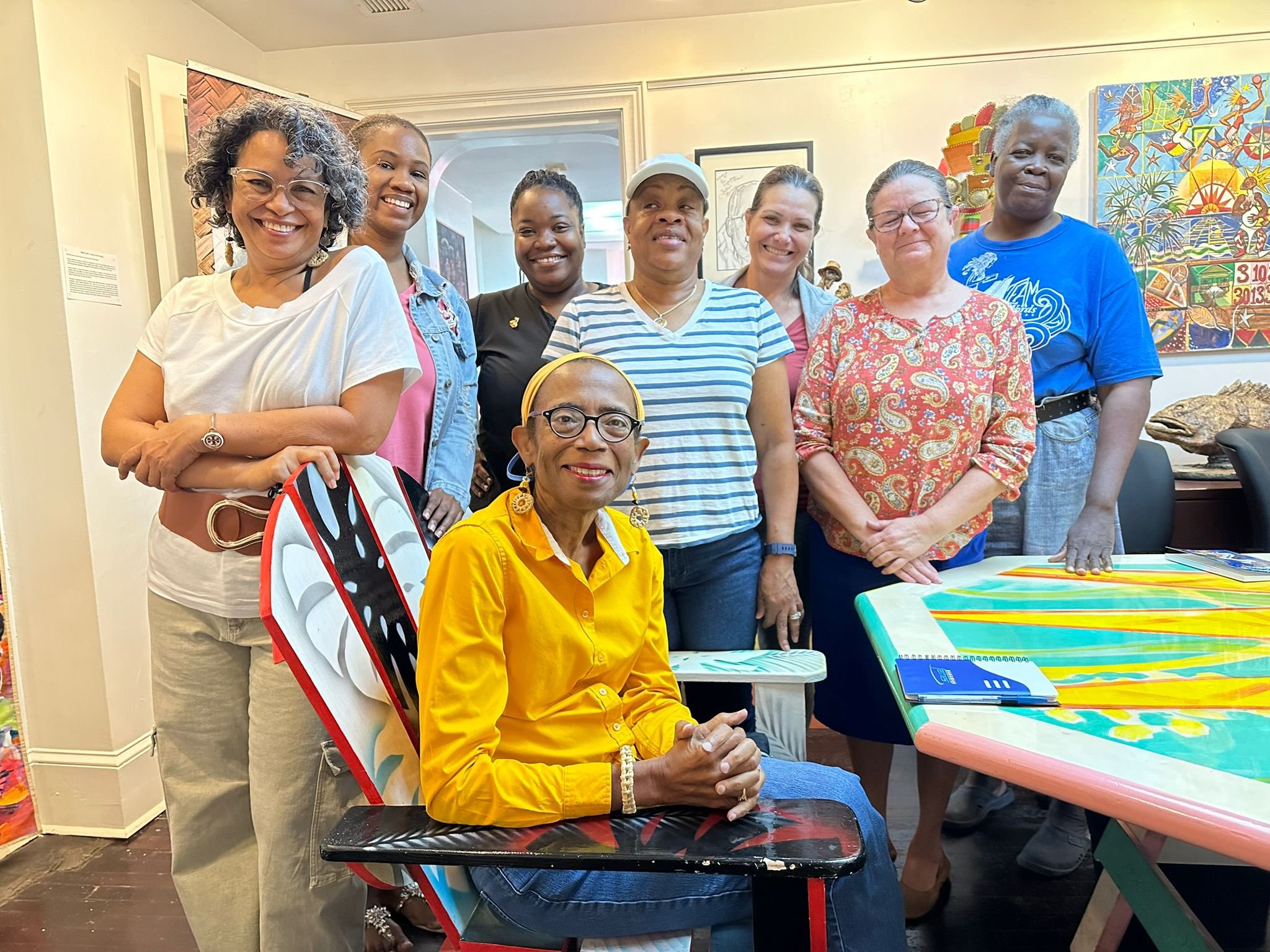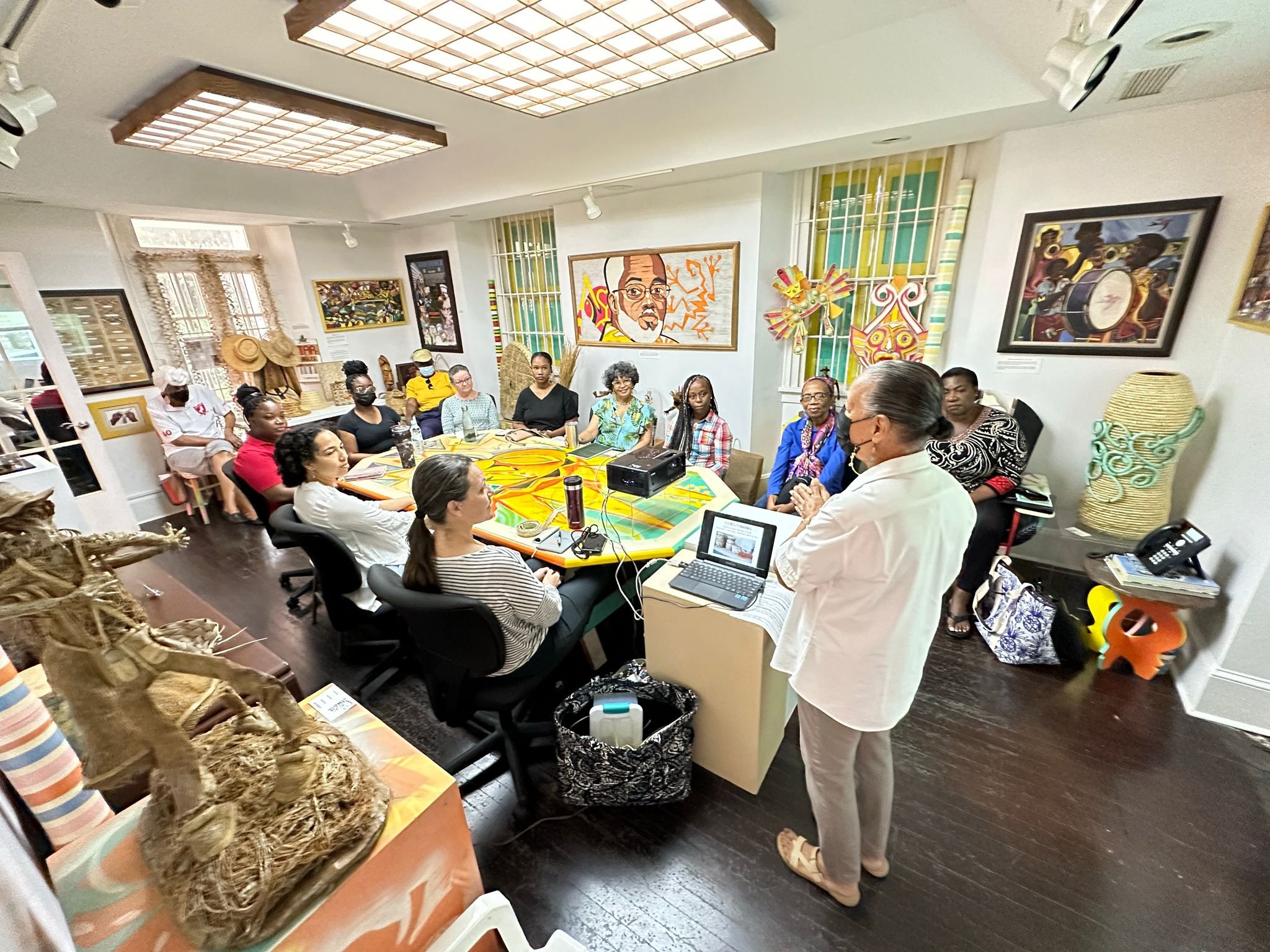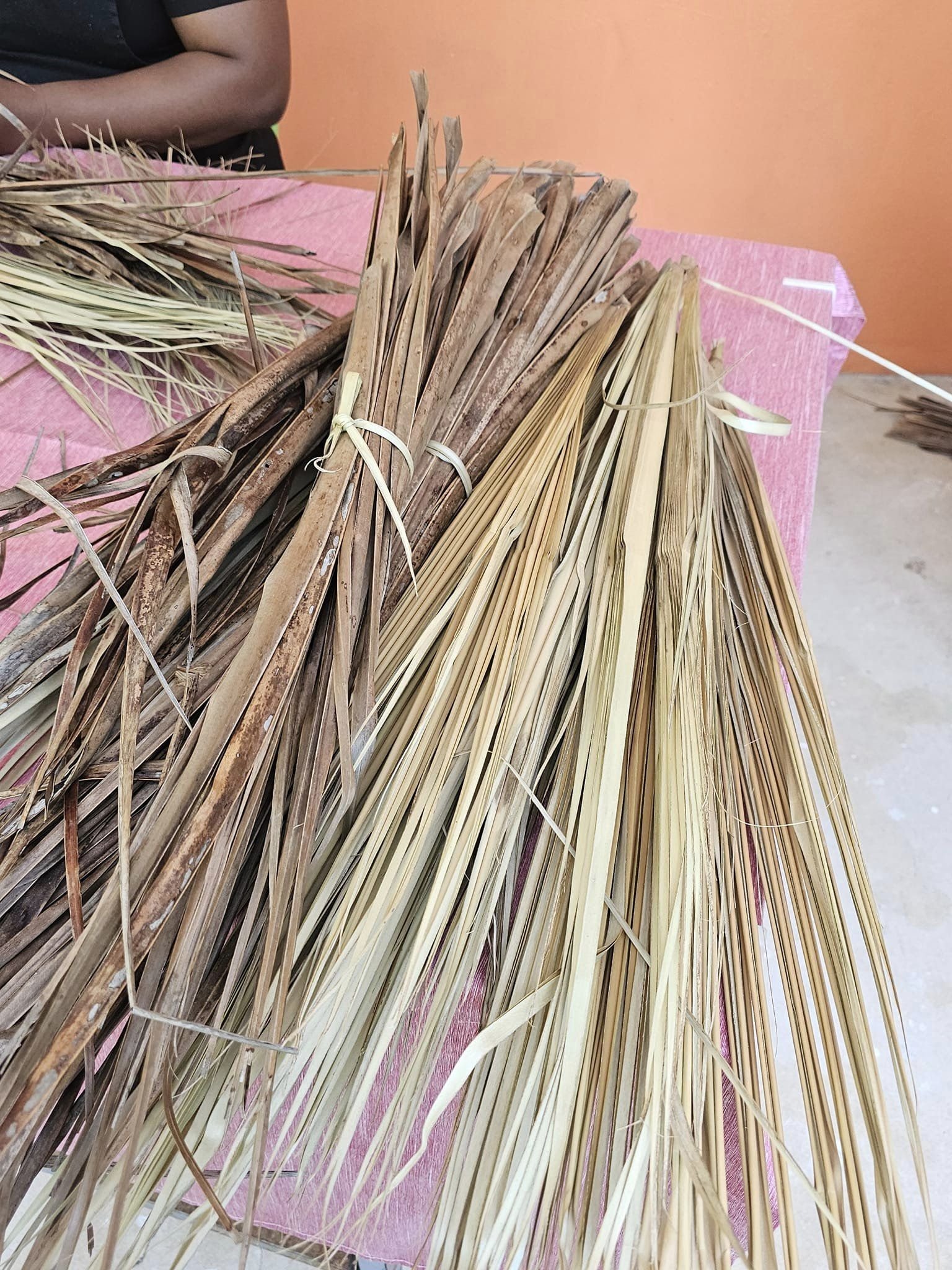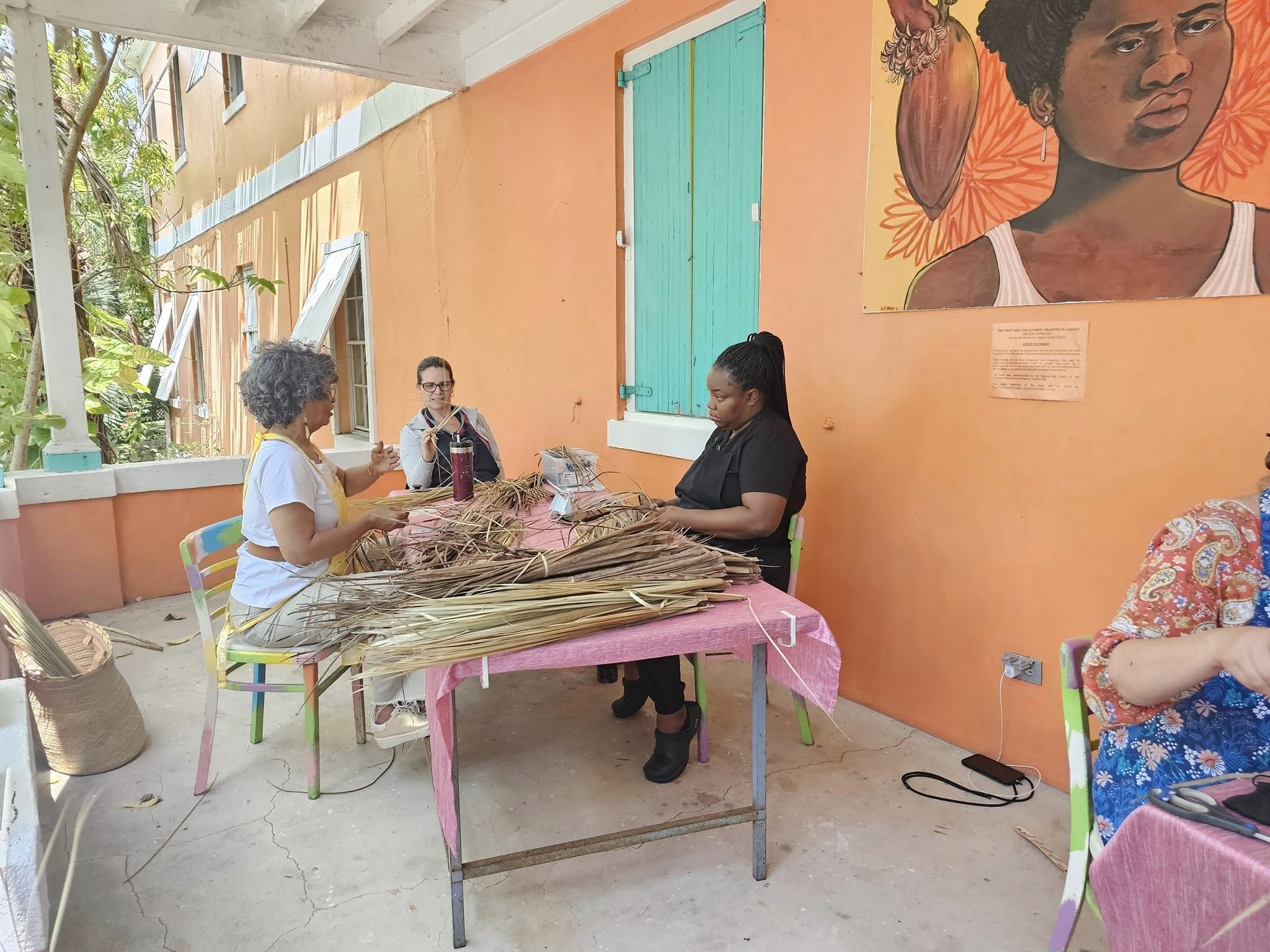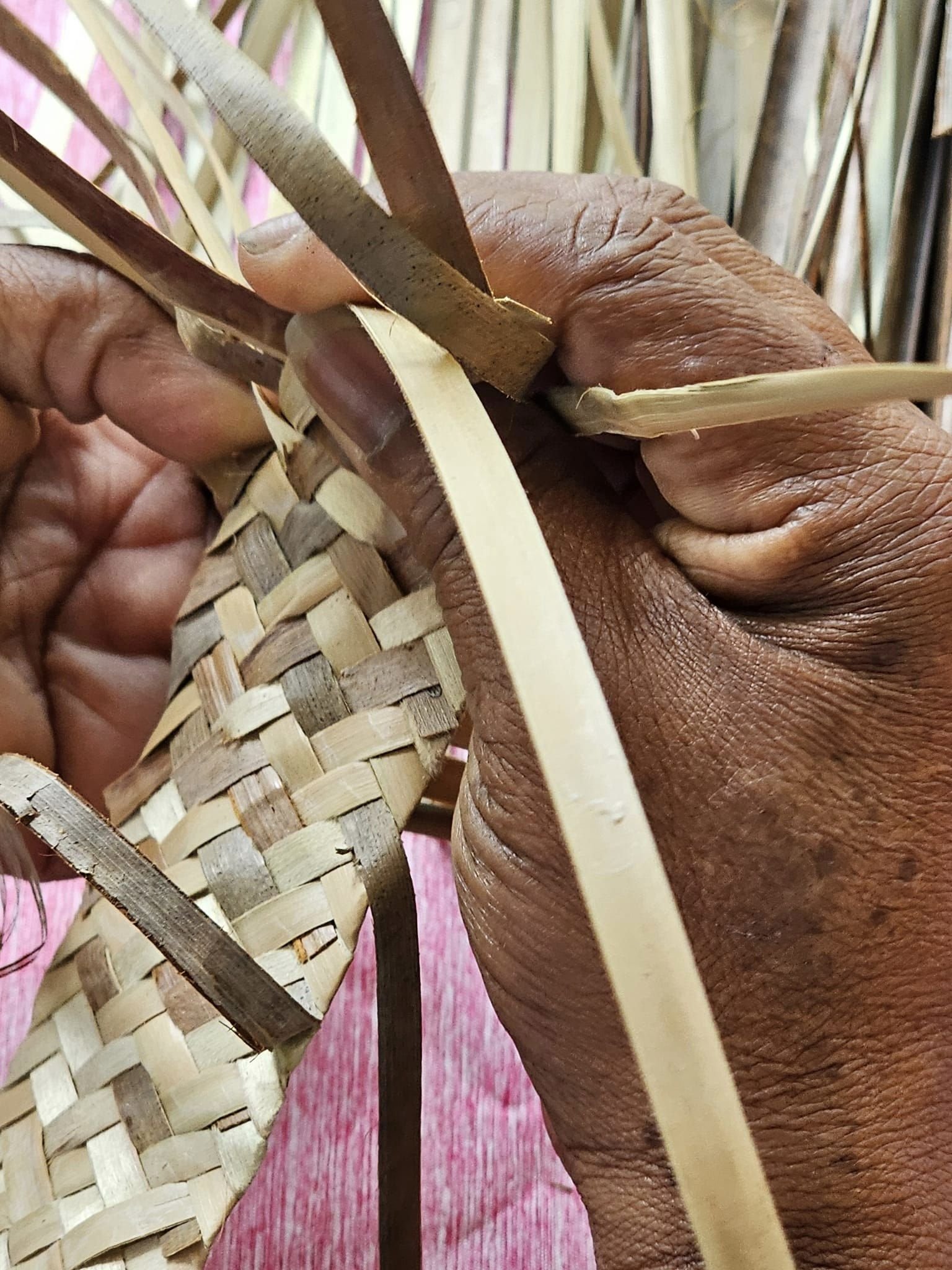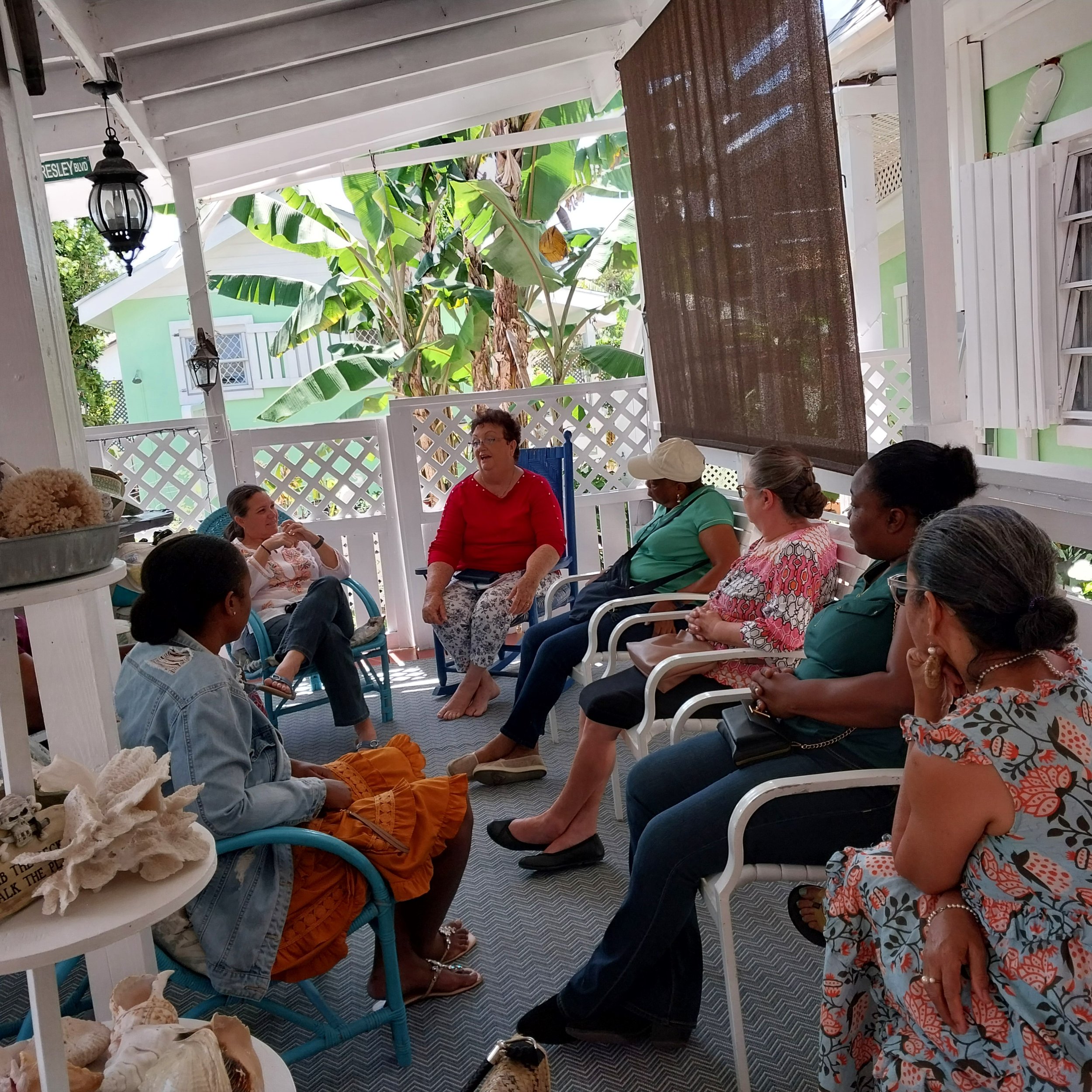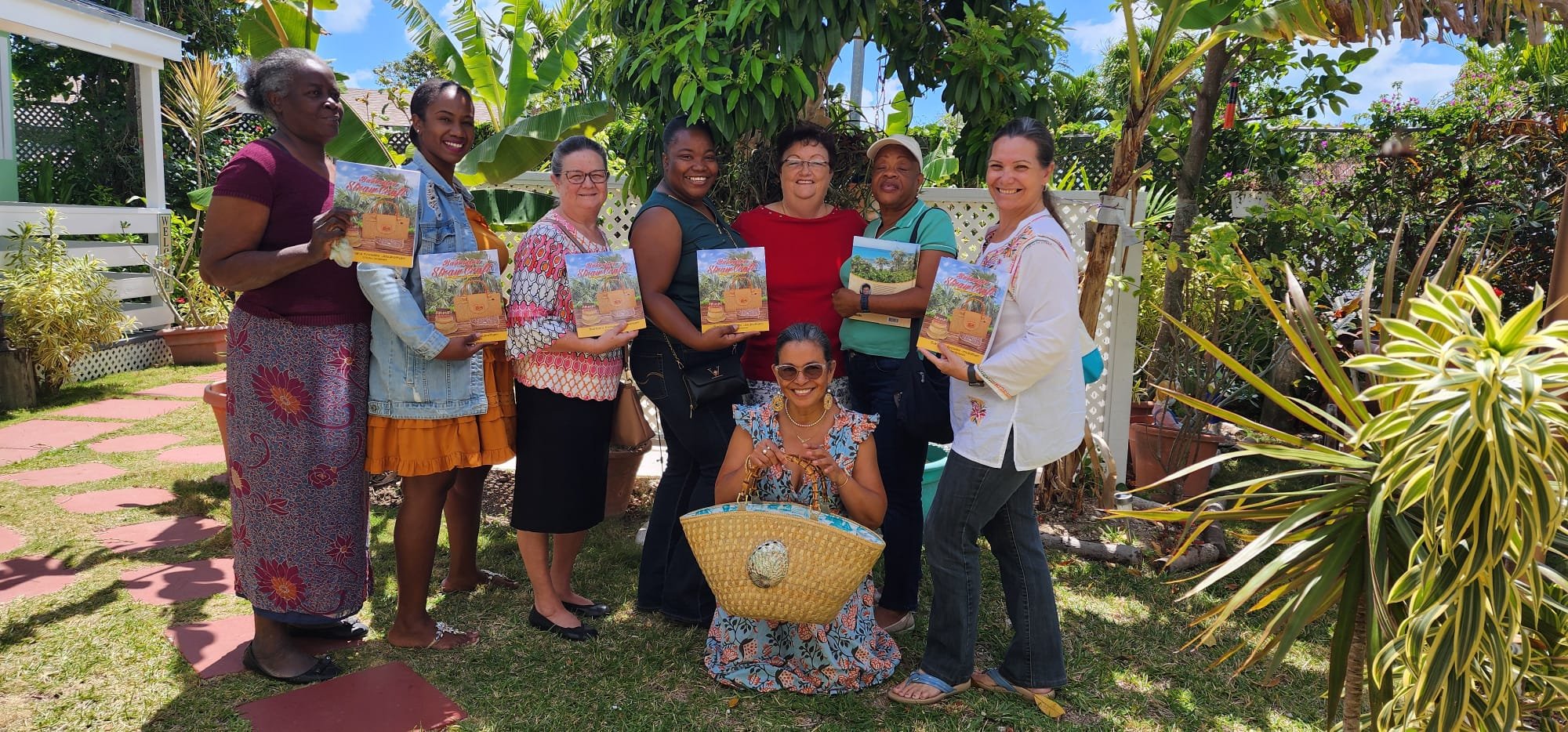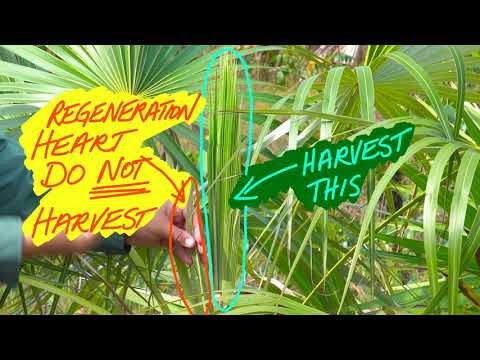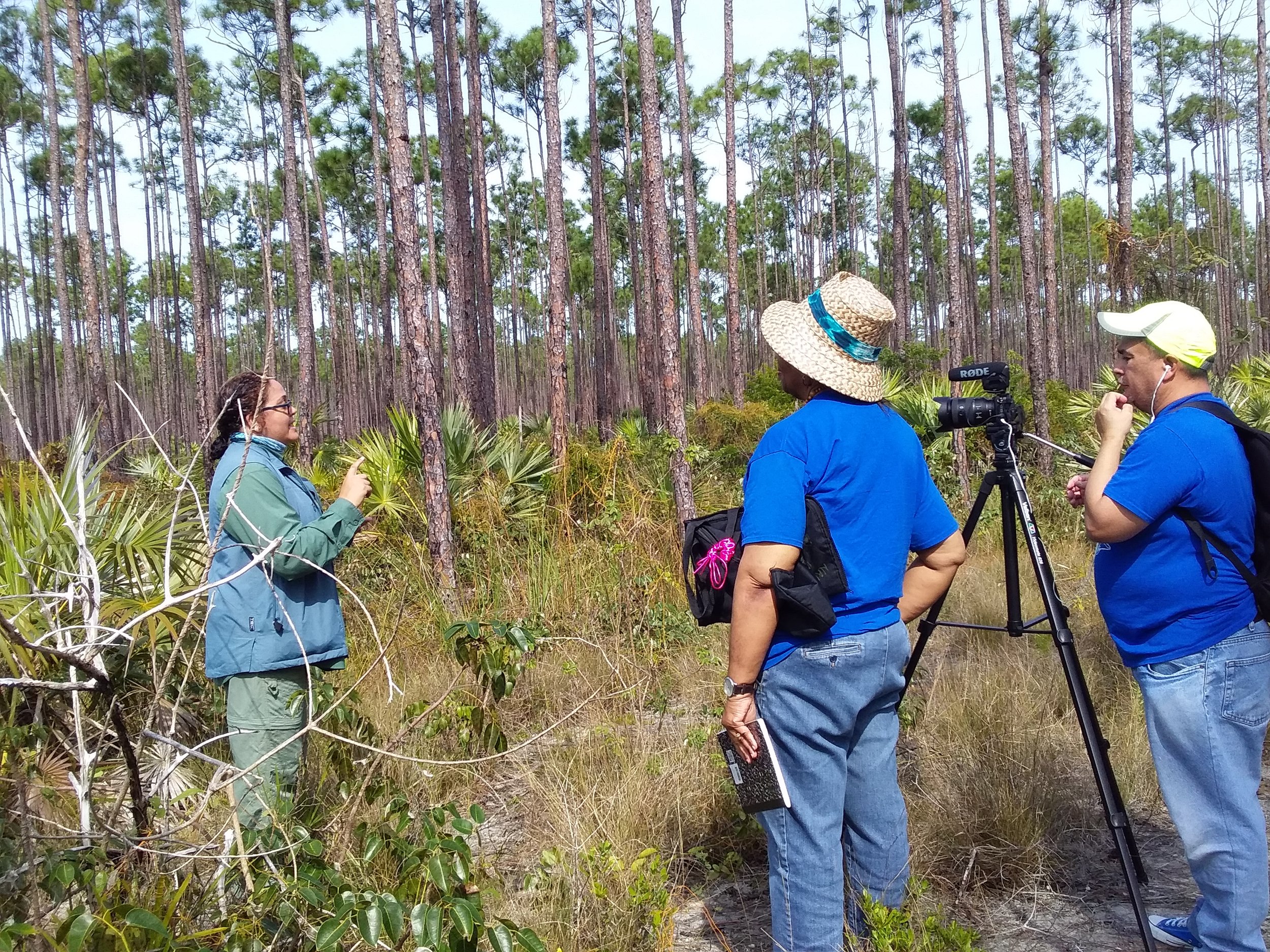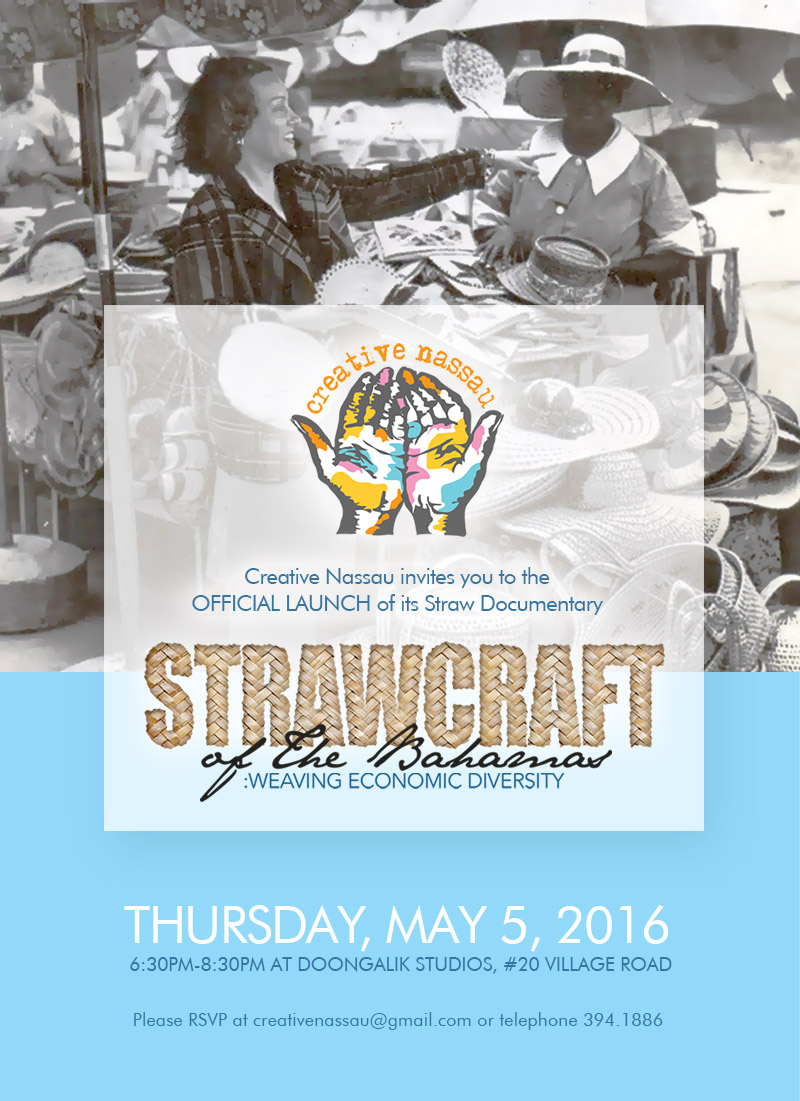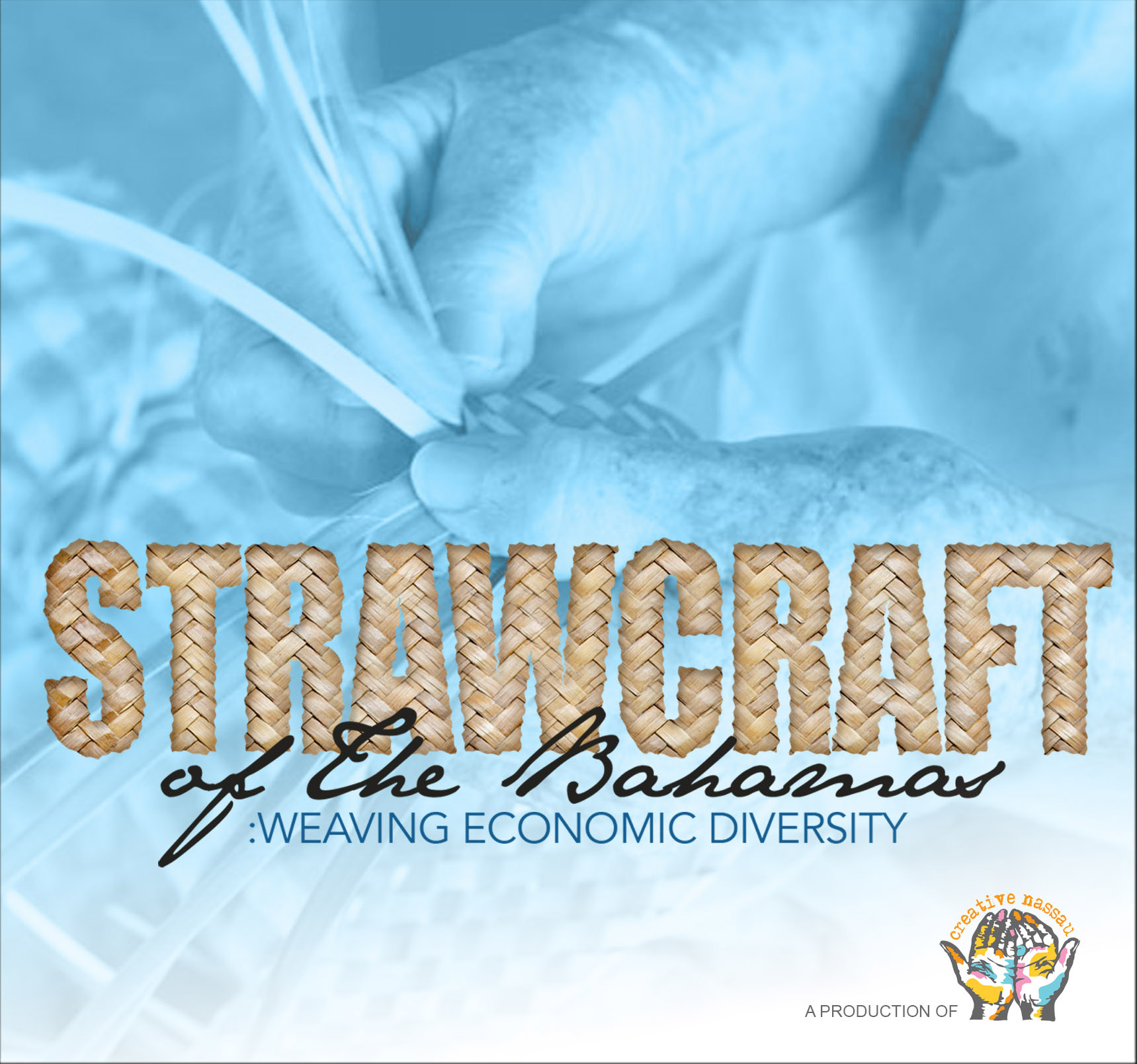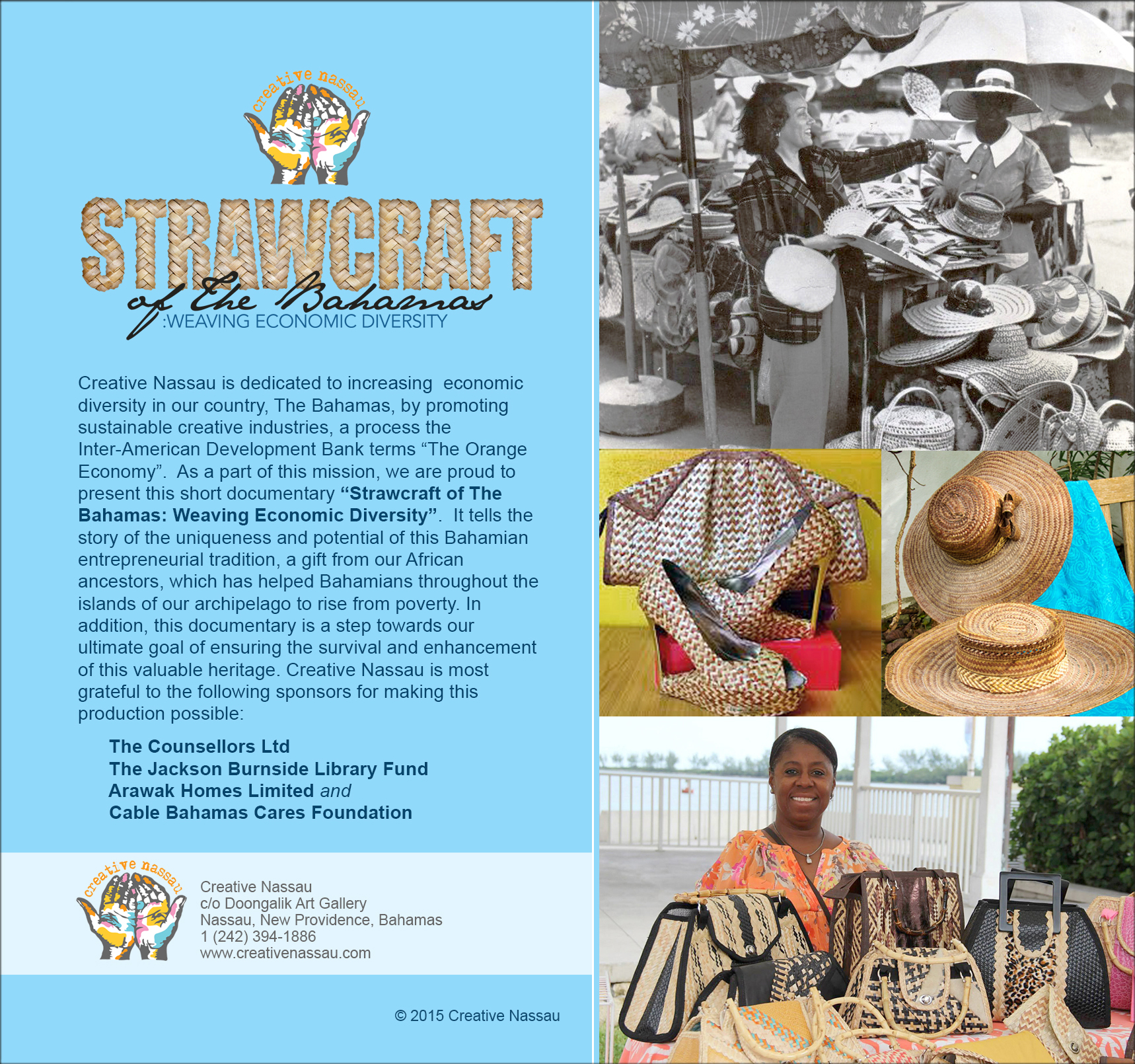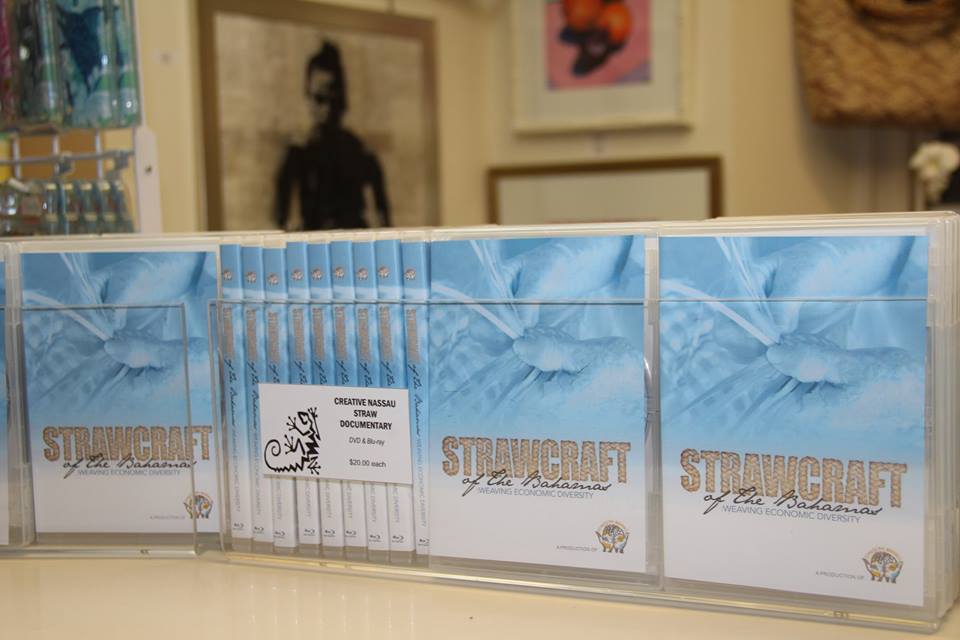Straw culture is a salient indicator of the Bahamian people’s heritage. It is a portion of the legacy left by enslaved and free West African forebears of the Bahamian majority, especially those members of the African diaspora, who sought refuge and settled in The Bahamas following the U.S. War of Independence. - PATRICIA GLINTON-MEICHOLAS
Straw plaiting, hat and basket making are said to have come from Bermuda to the Bahamas in 1724 when George Phenney, who was the Governor between 1721 and 1728, brought a Bermudian woman to teach the skills to the Bahamians. - VERONICA MAIN Straw Plaiting Heritage Techniques for Hats, Trimmings, Bags and Baskets, 2023, p.31.
NEW PLAITING CLASSes WILL BEGIN ON OCTOBER 23
Congratulations to the first ever Advanced Class students who celebrated a successful 24 hours of classes which also included a zoom discussion with UK Author of the publication Straw Plaiting, Veronica Main, a visit and presentation from straw innovator Colette Ferguson, and a visit with Master Straw Artist, Debbie Strachan of Depre International. Both students completed the Advanced Class with Certificates of Distinction!
Meanwhile the first ever Intermediate Class enjoyed a challenging but productive 20 hours of class time, with an amazing field trip to Master Straw artisan, Barbara Jesubatham and completed with a majority of Distinction Certificates!
The second cohort of Beginners students completed their 16 hours with enthusiasm as well and enjoyed their Completion celebration!
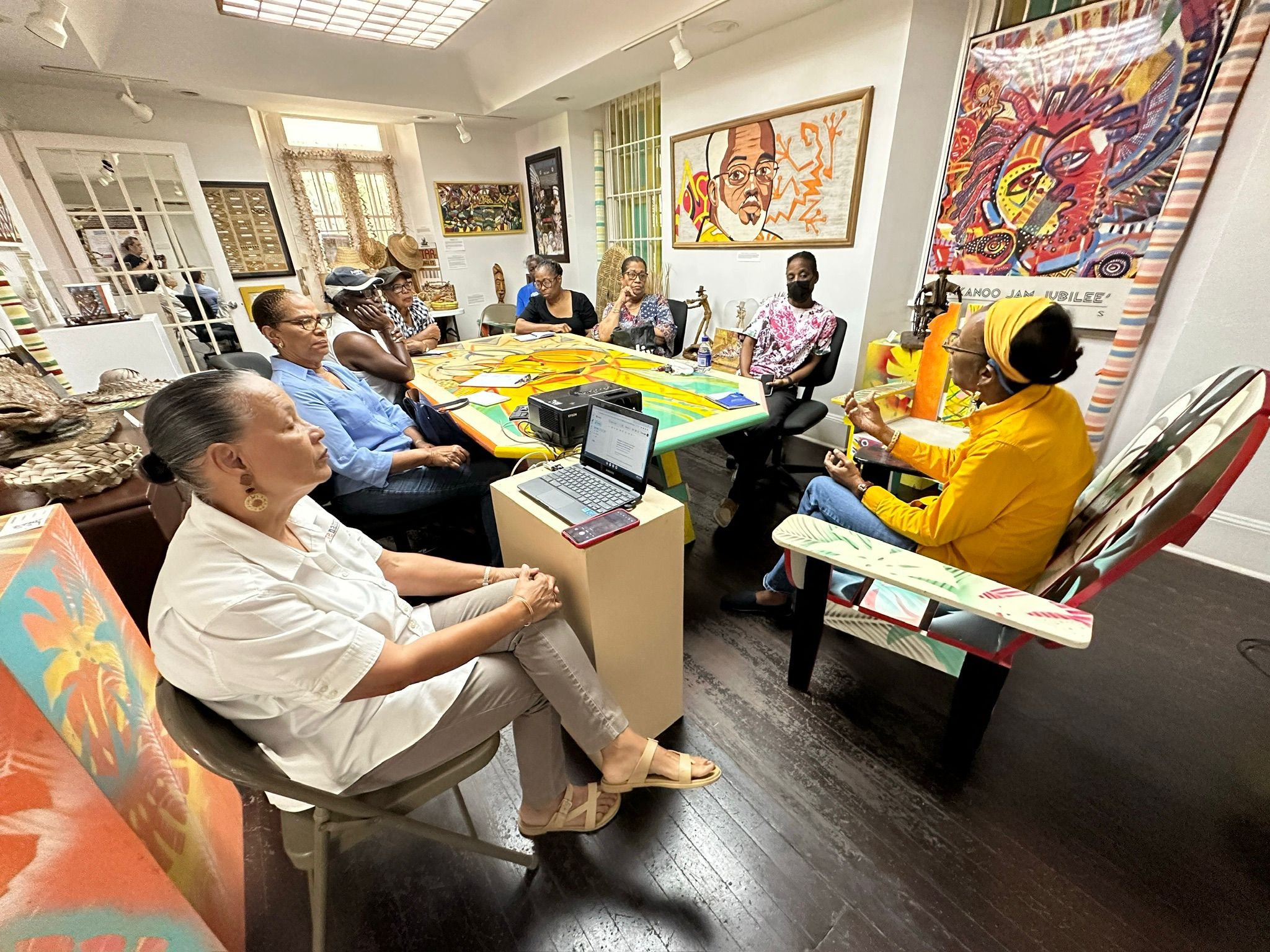
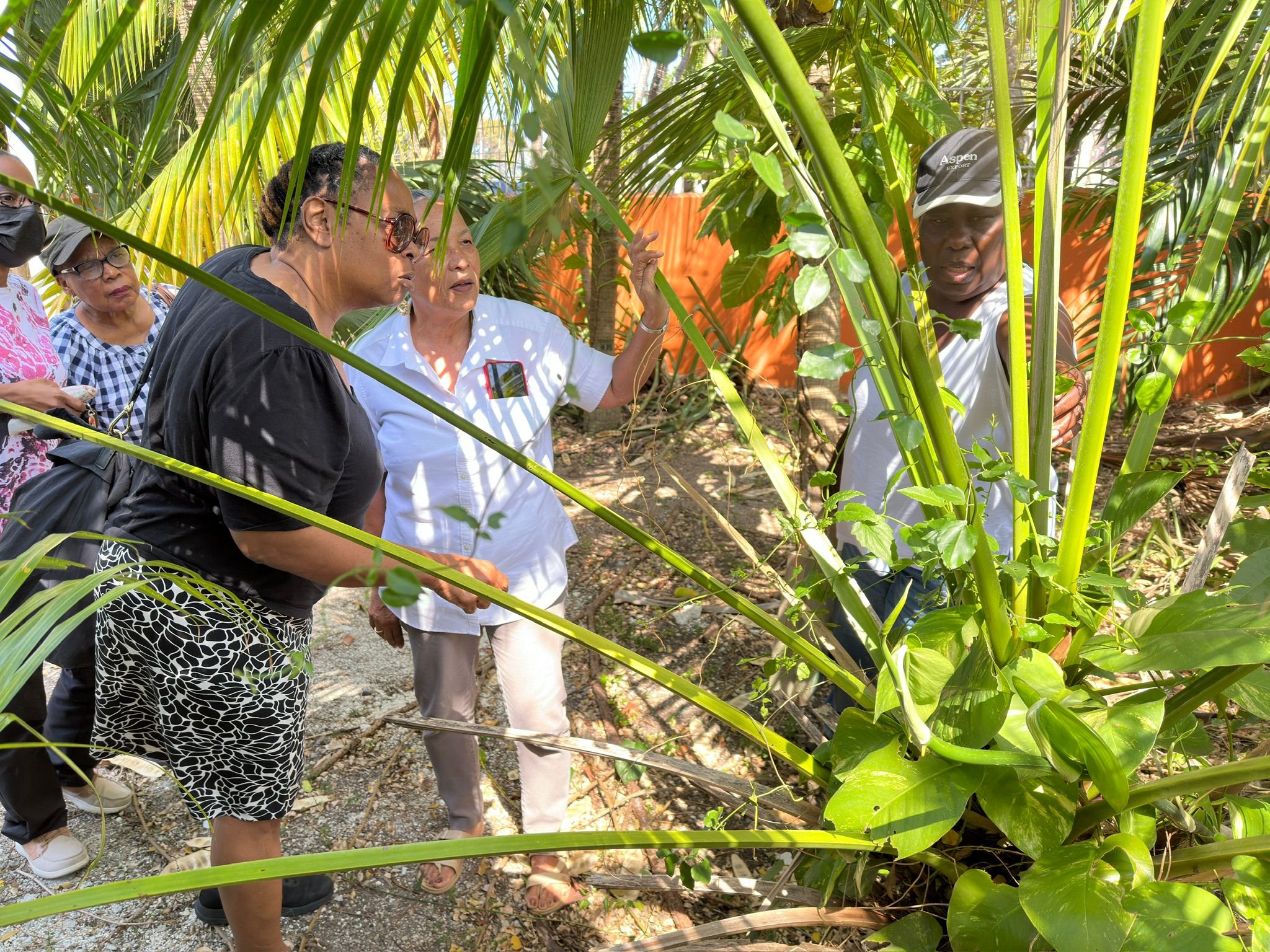
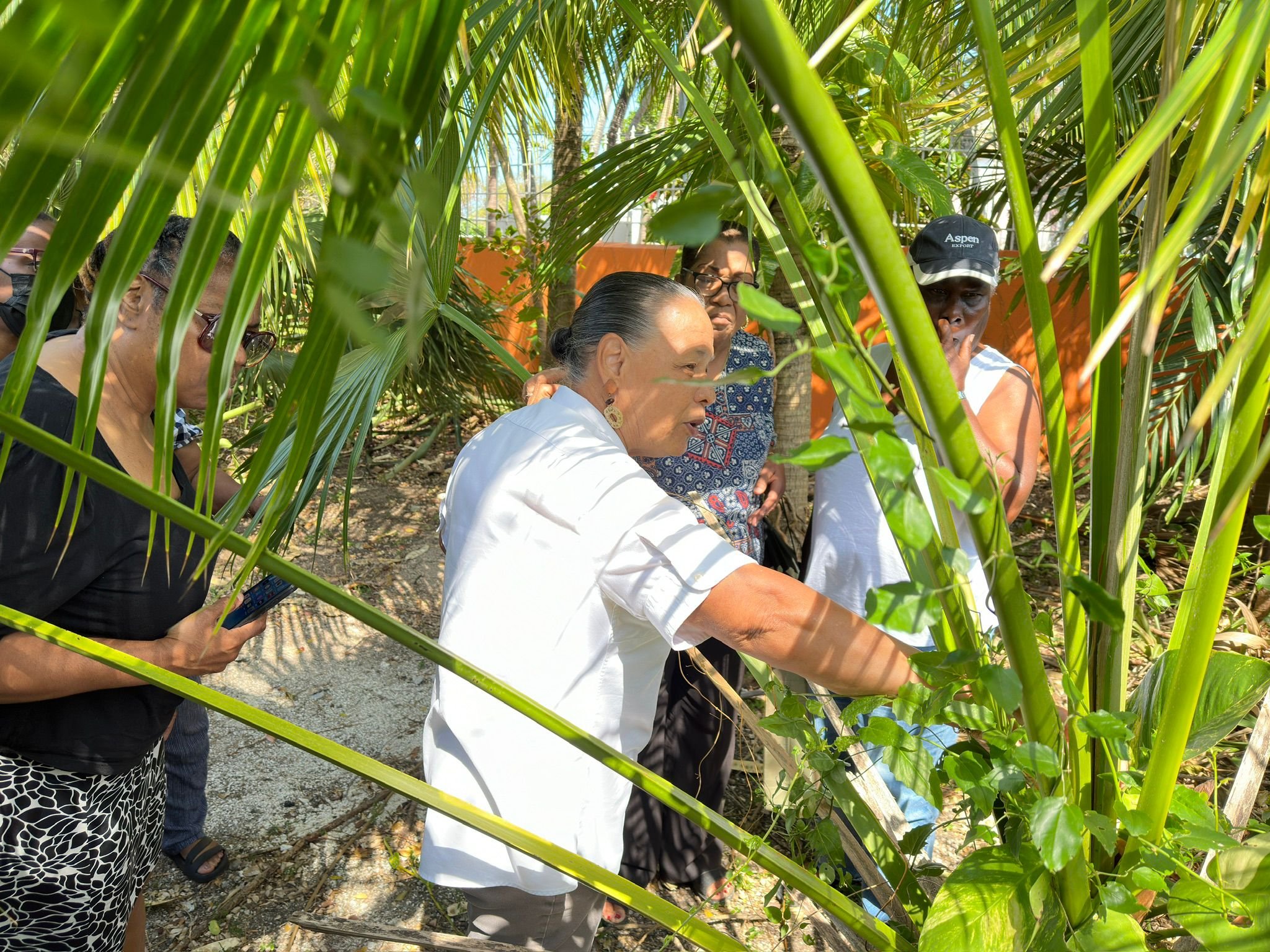
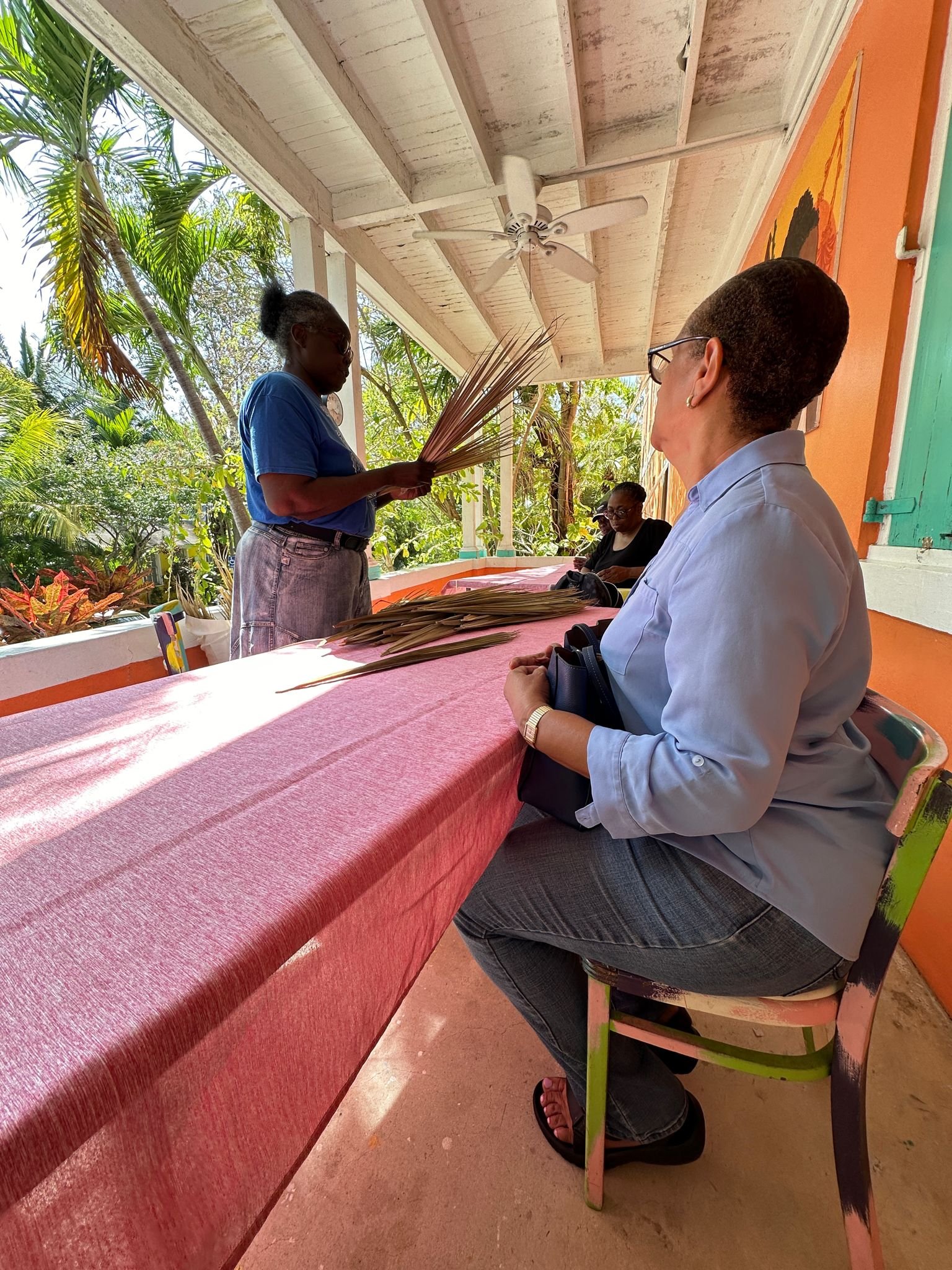
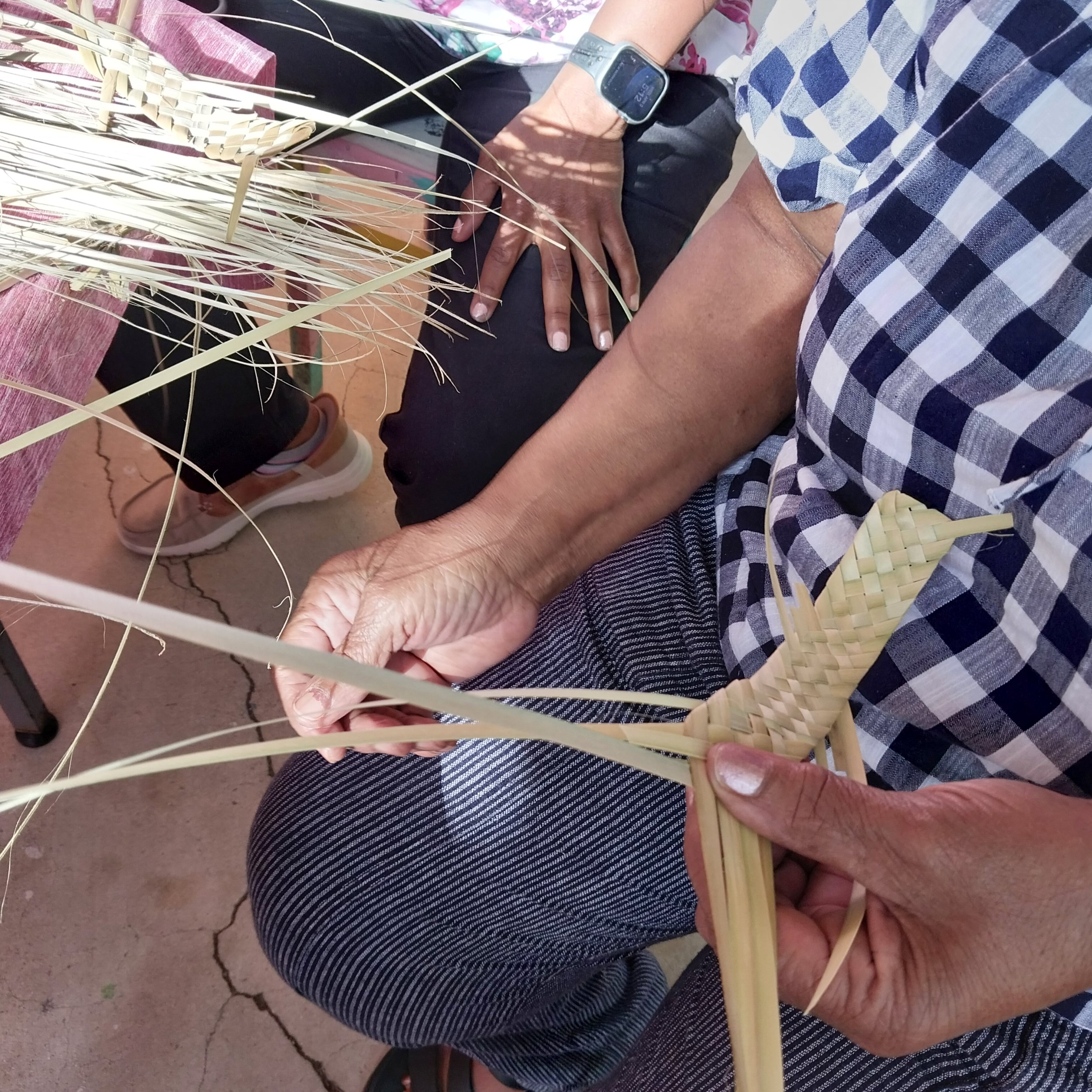
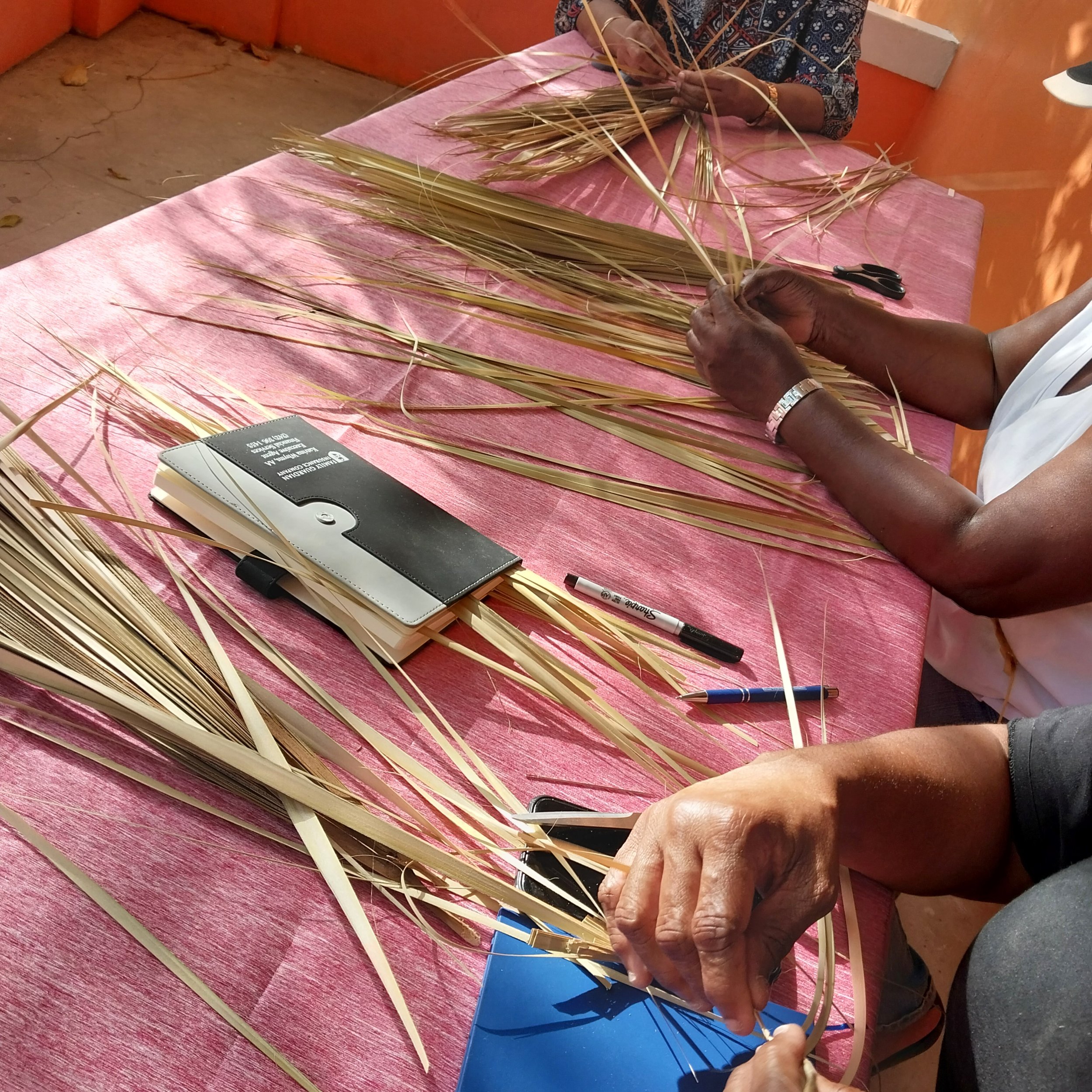
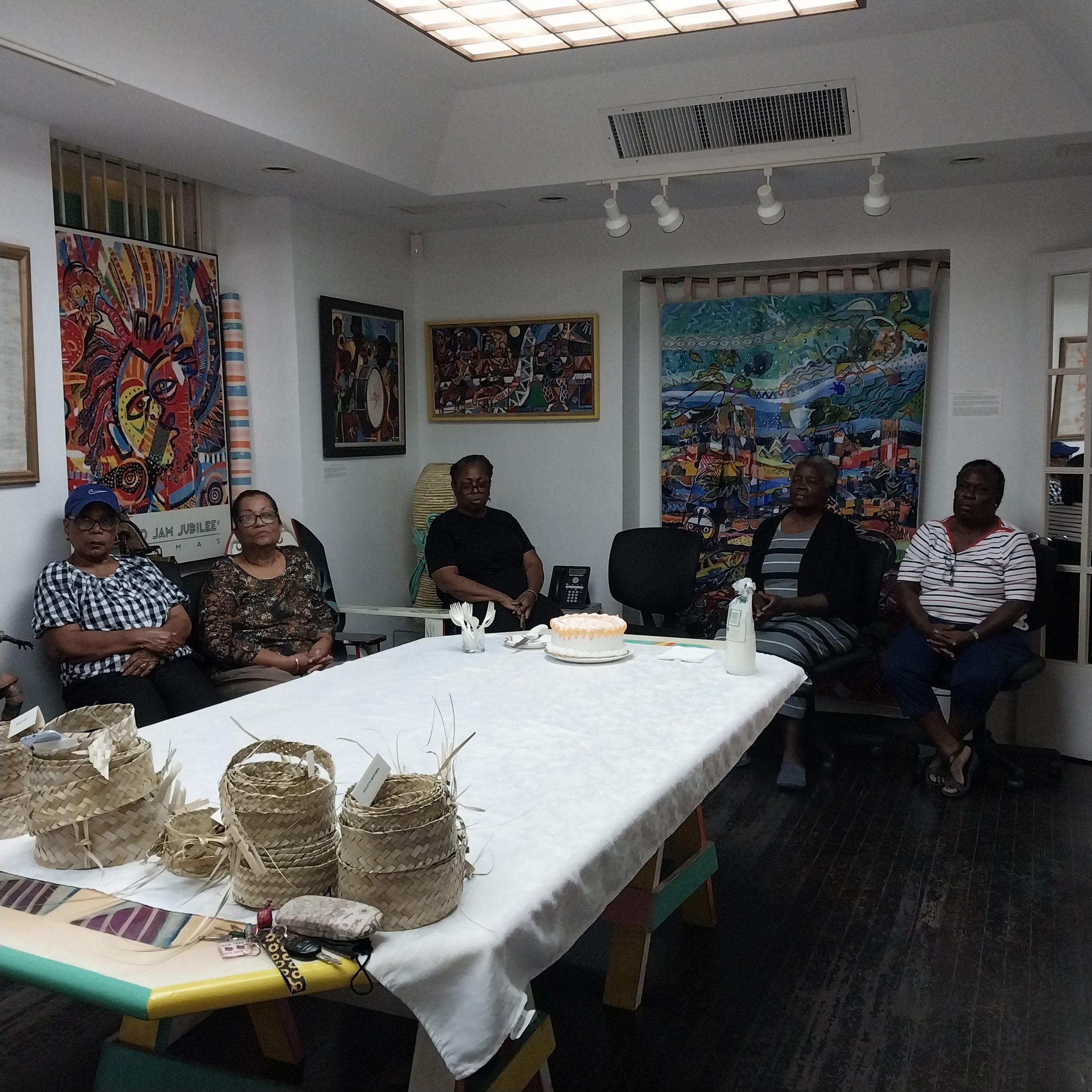
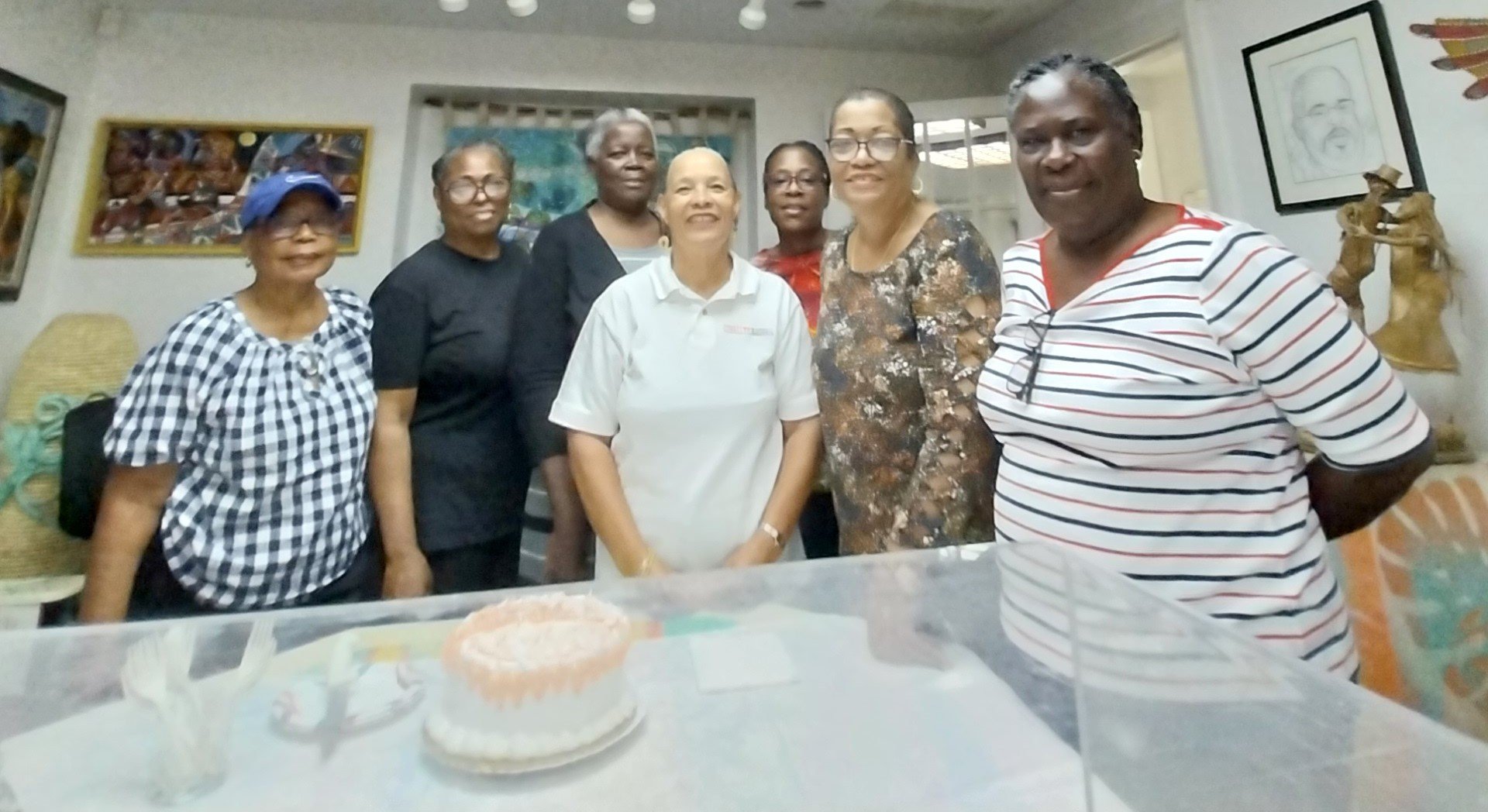


In March 2024 Beginners Straw Plaiting Classes facilitated by Master Long Island straw artisans, Rosemary Brice, began at Doongalik Studios with 8 students who completed the course and were awarded Certificates of Completion with two students, Janet Black and Brittany Basden, completing with Distinction! The second Beginners Course begins on April 3, along with the first ever Intermediate Straw Plaiting Class!
The students had an amazing experience over the 16 hours of the class time as shown in the following photographs courtesy of P. Neko Meicholas, Nadine Ramphal and the Craft Cottage, and Doongalik Studios!
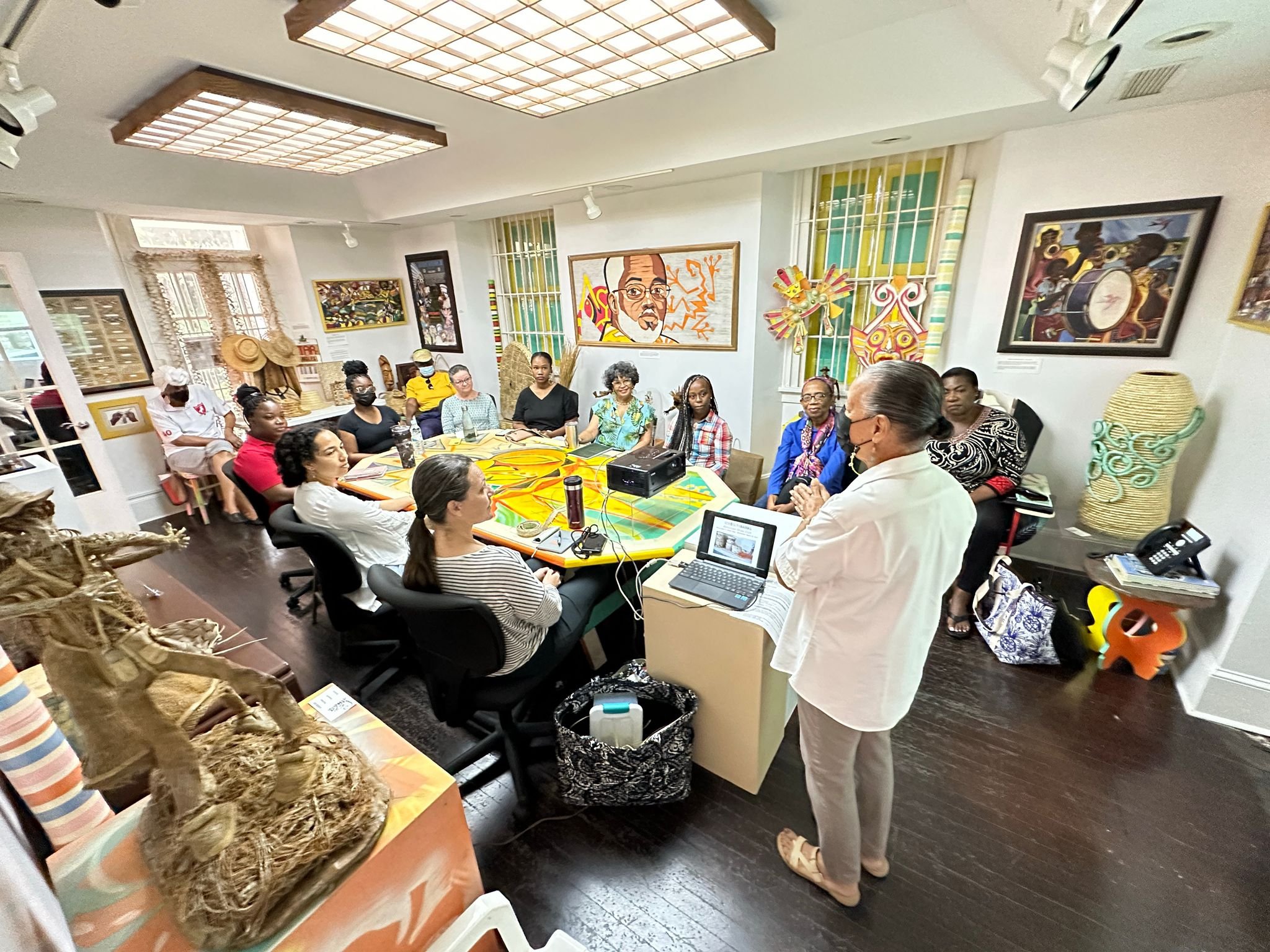

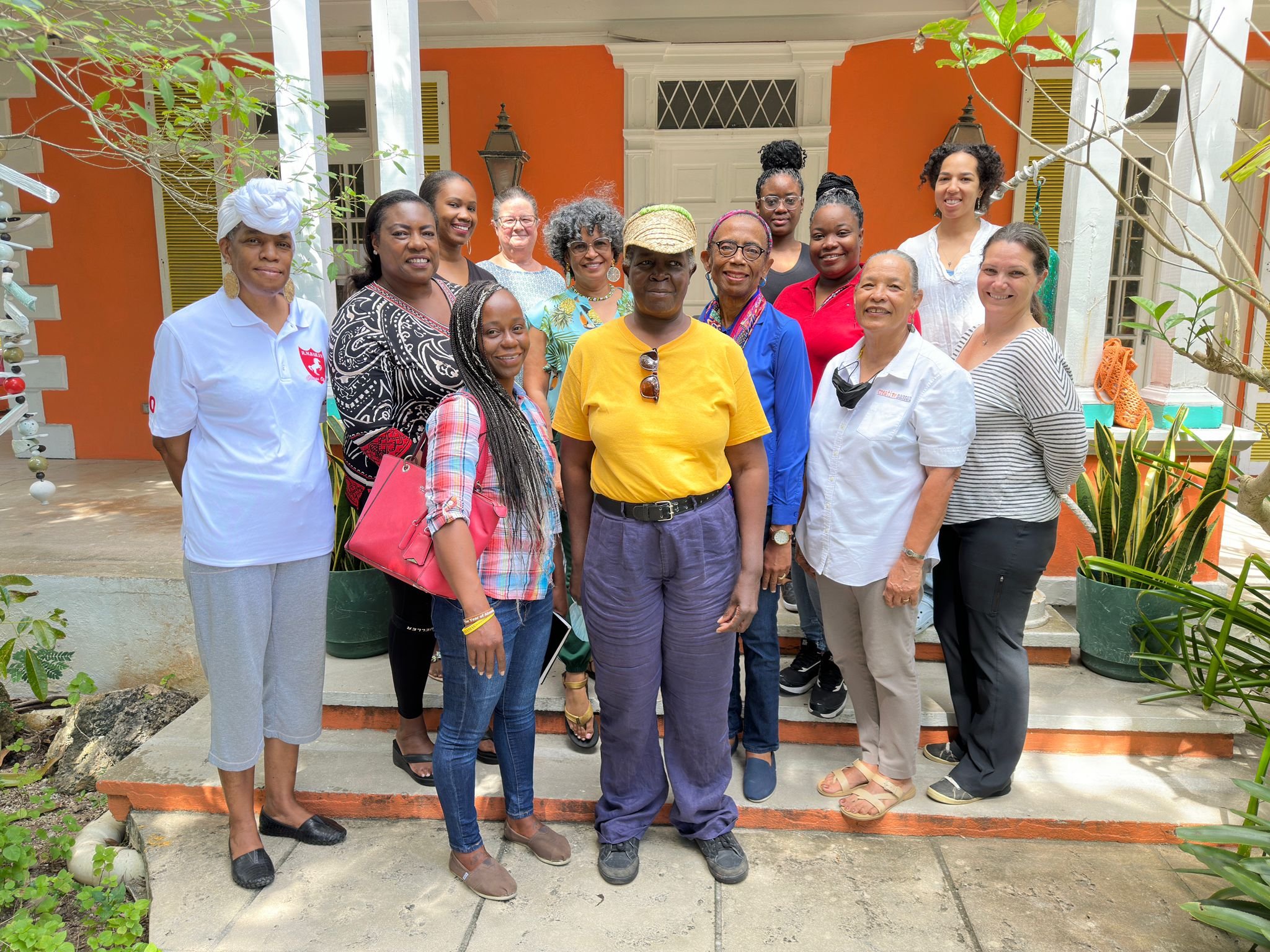
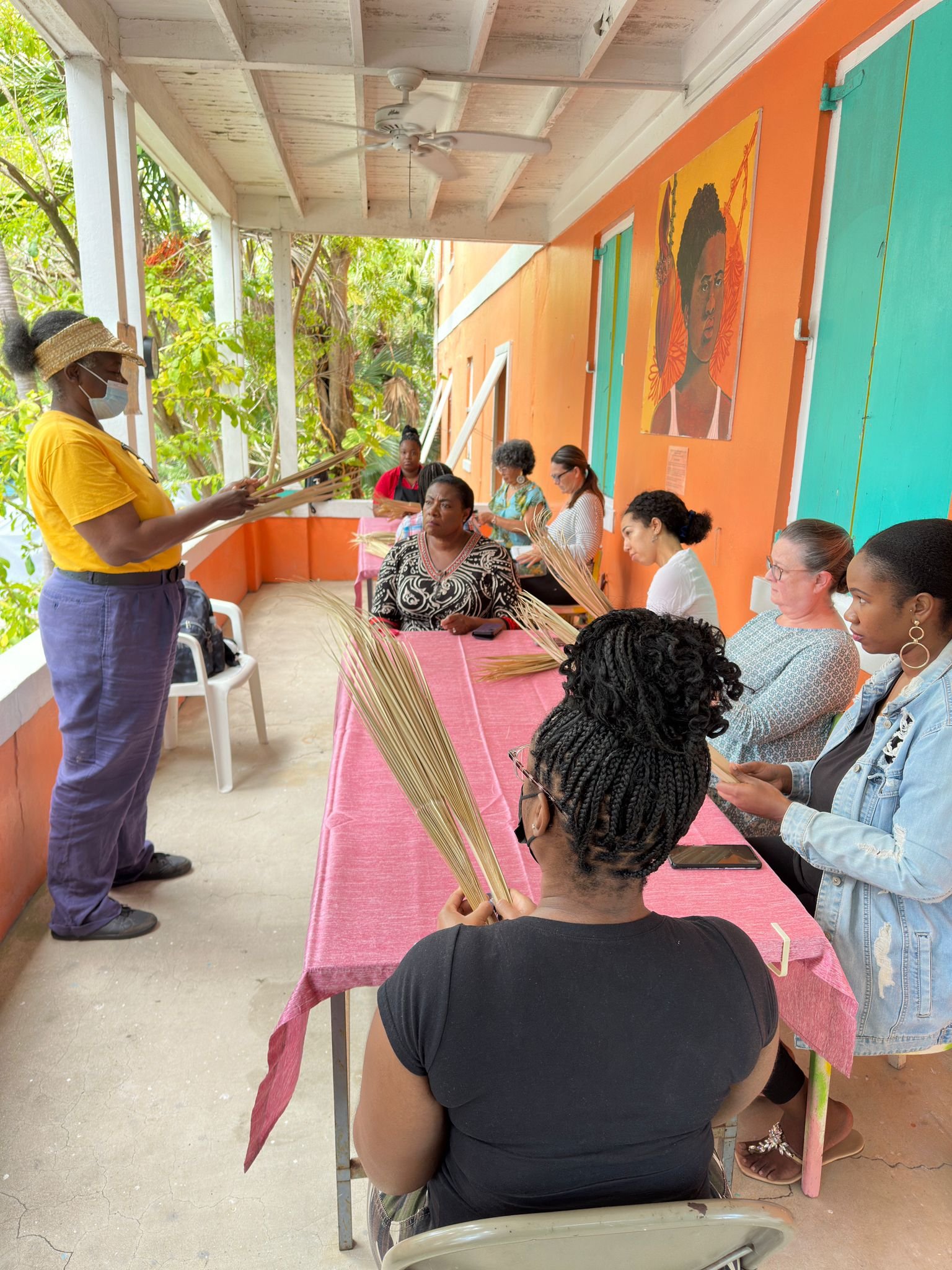
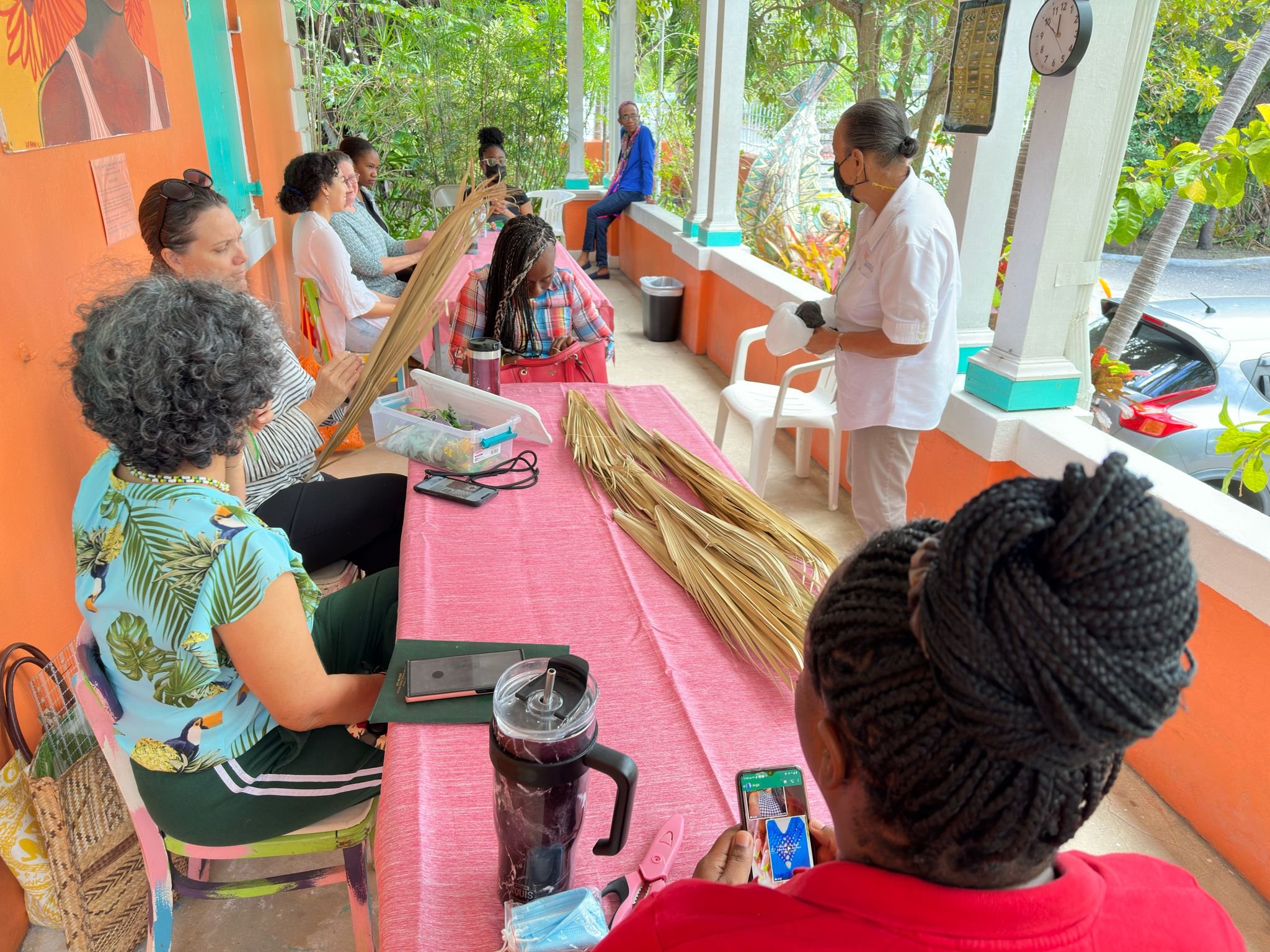
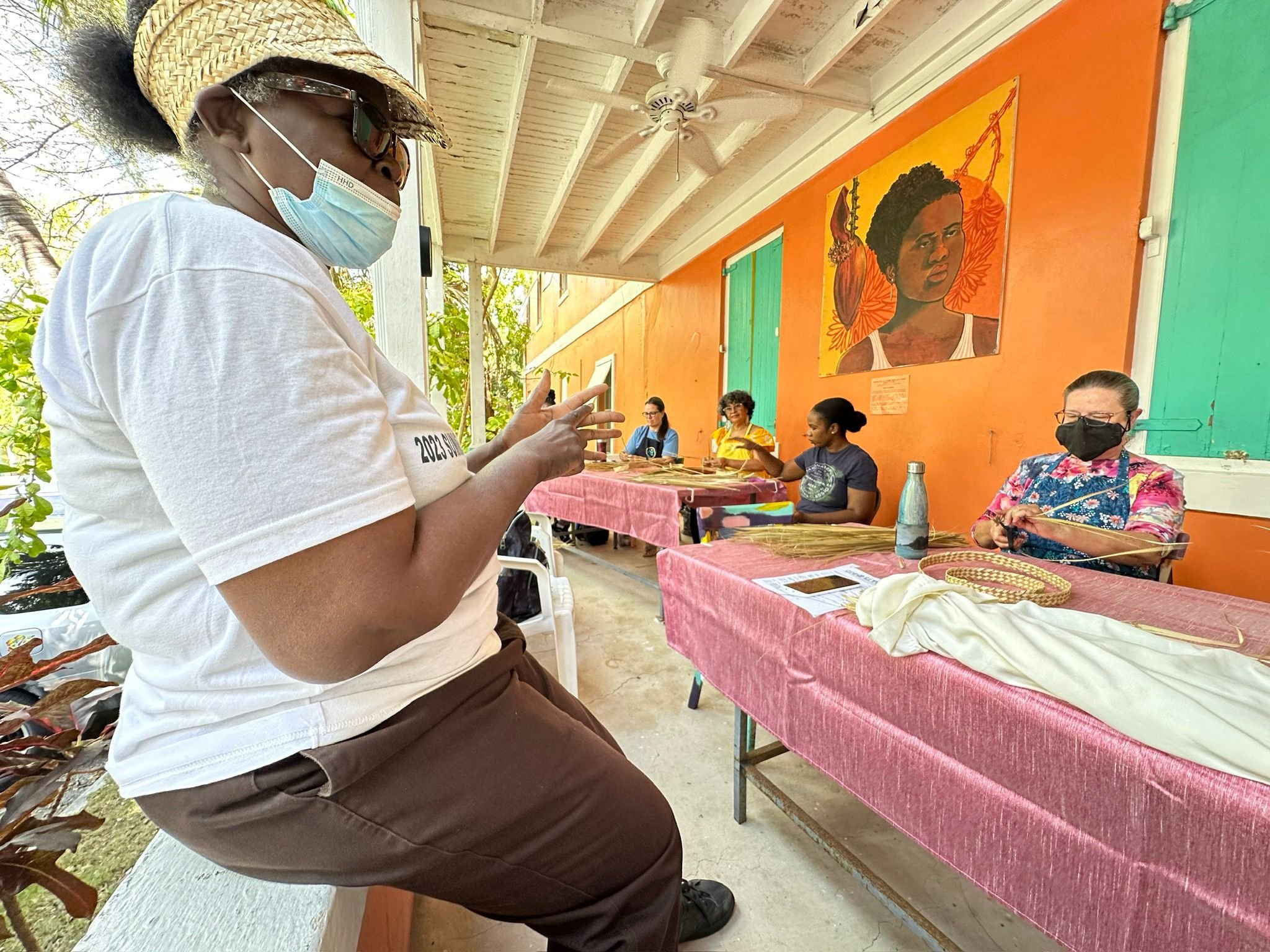

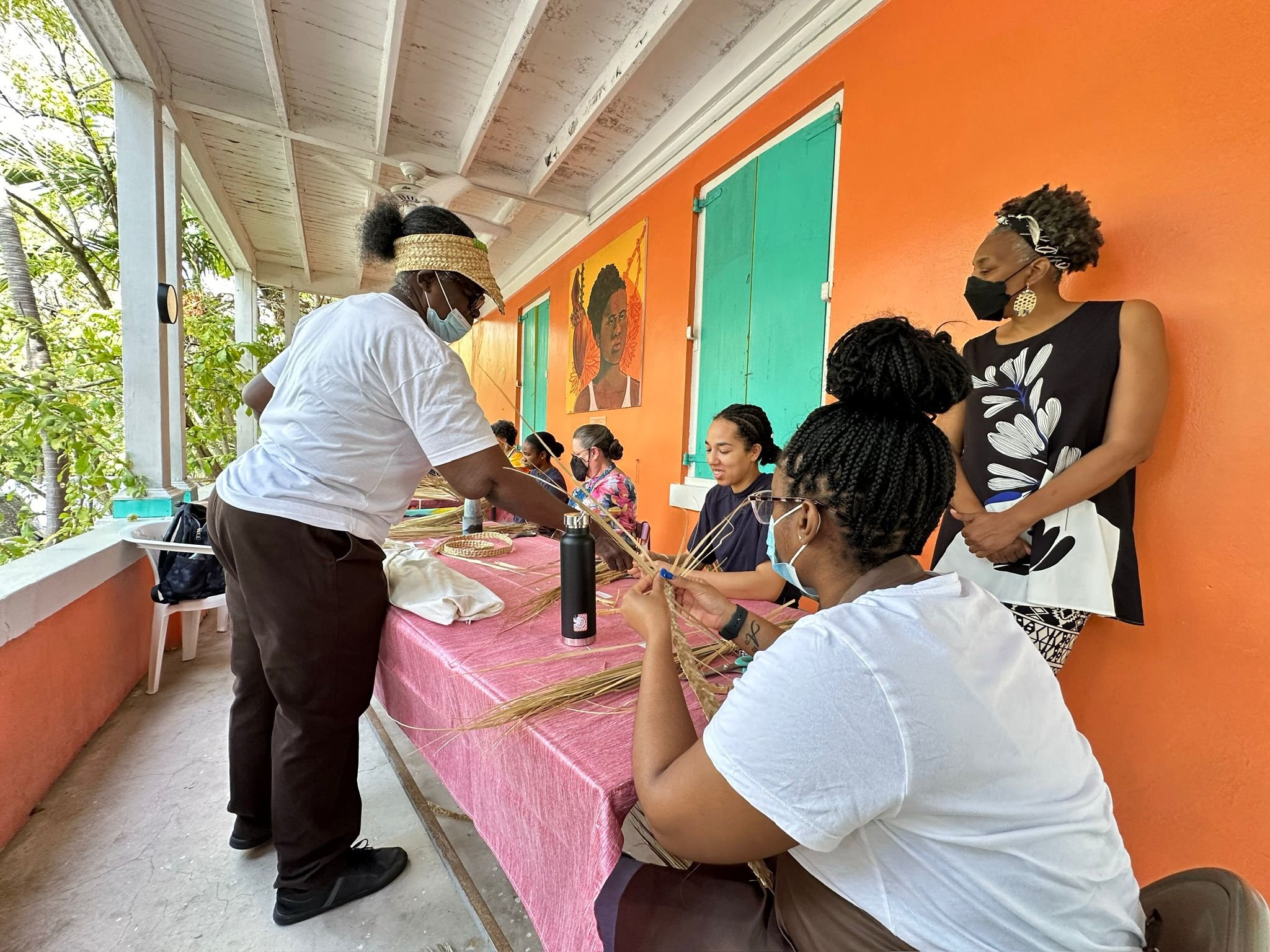
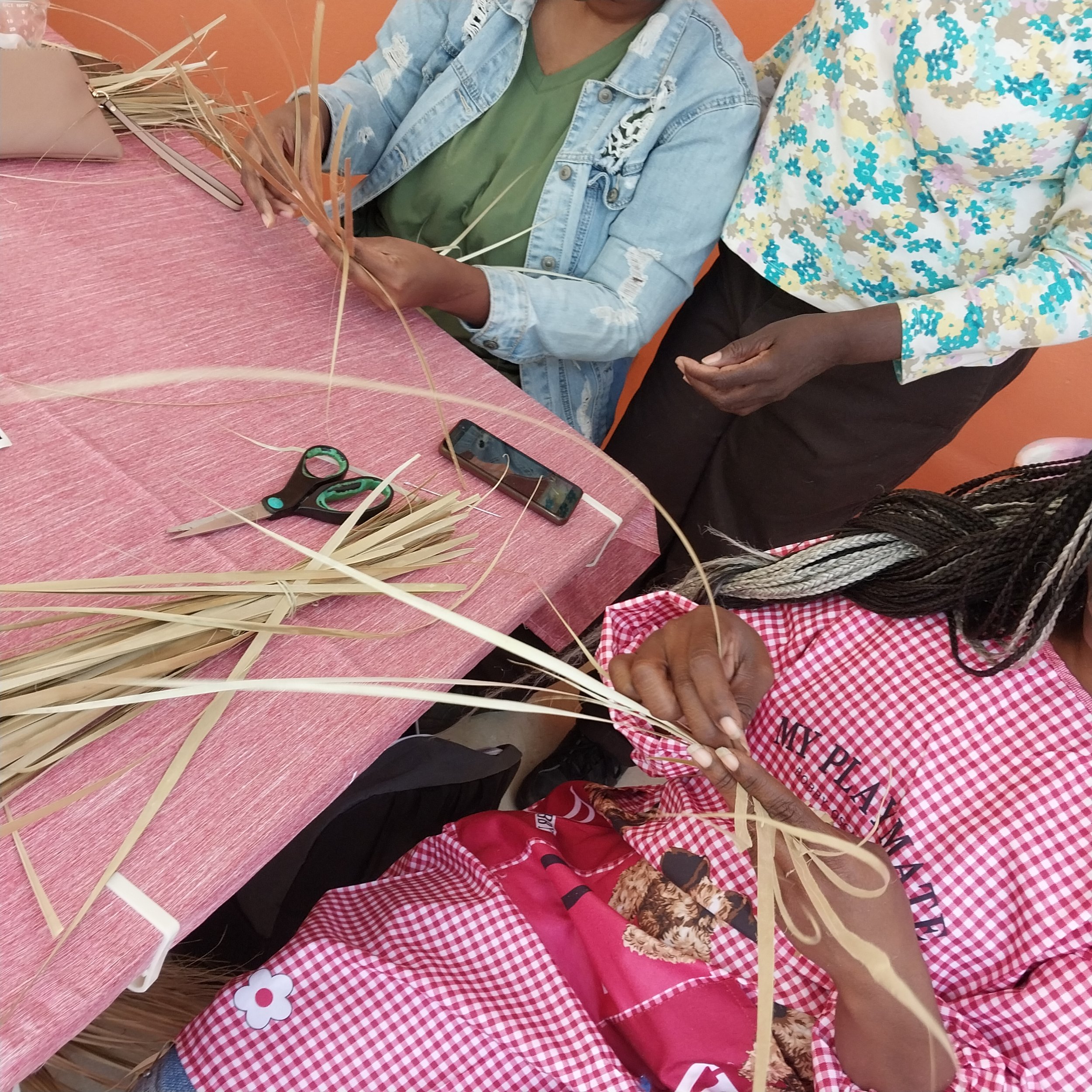

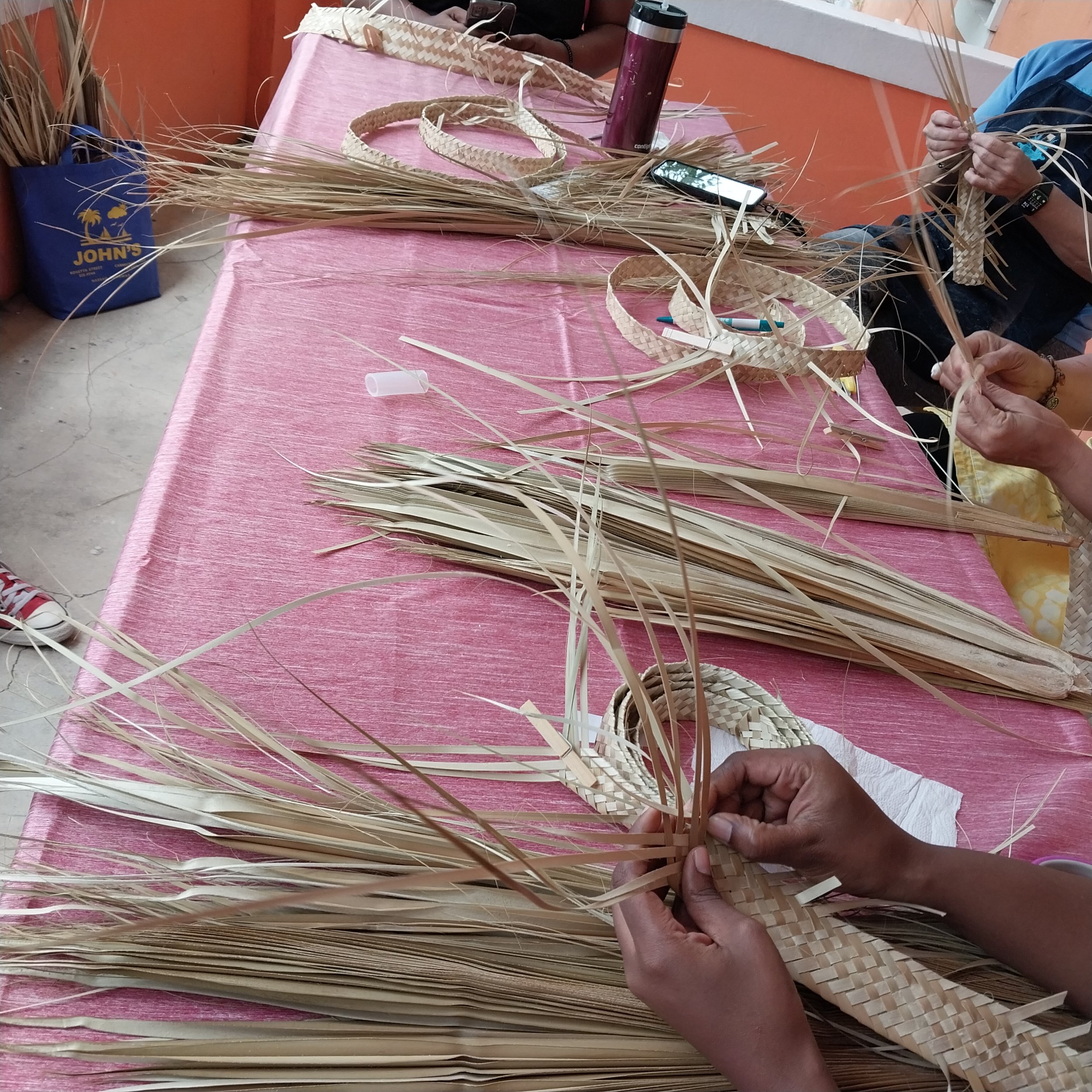

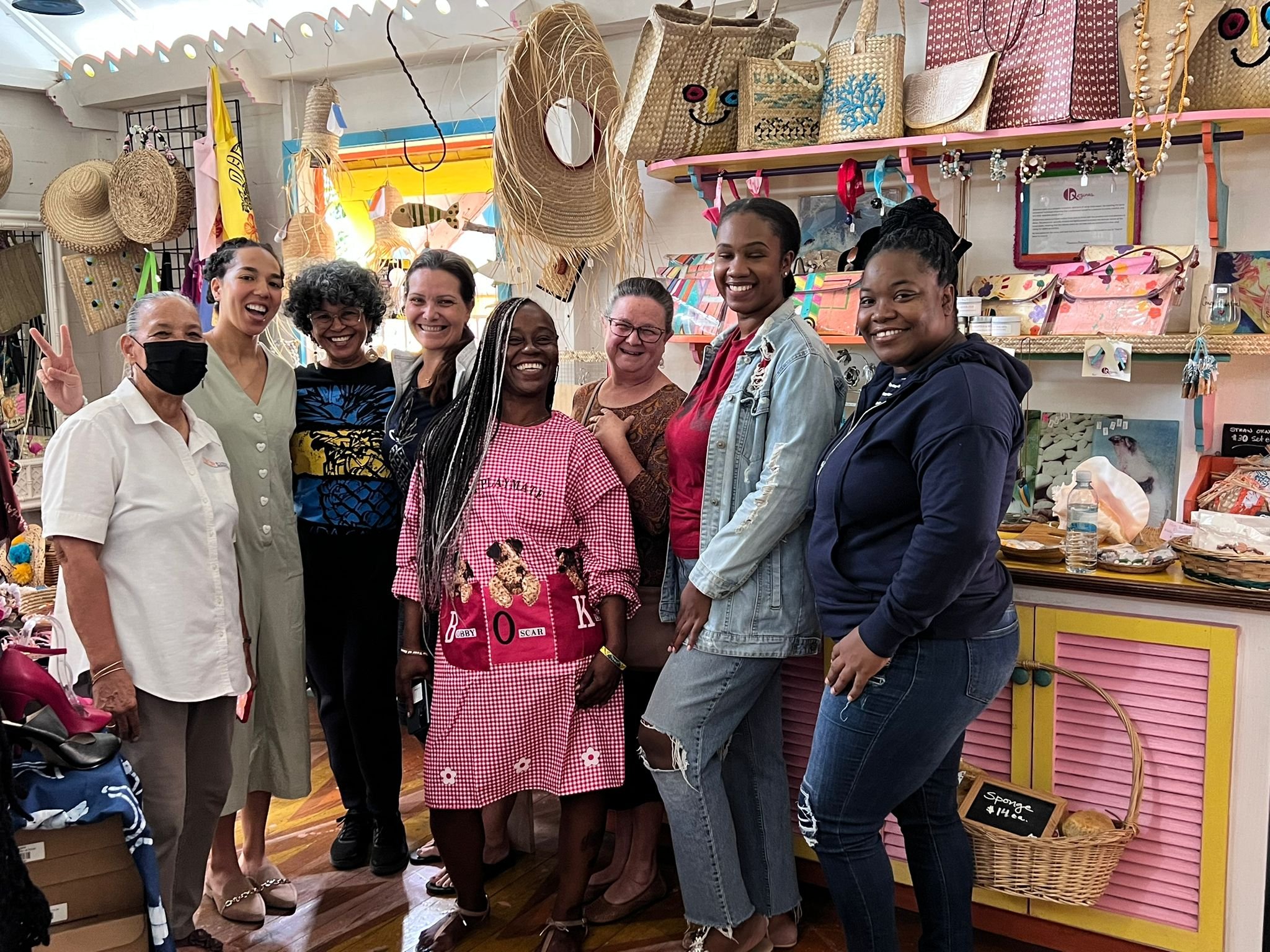
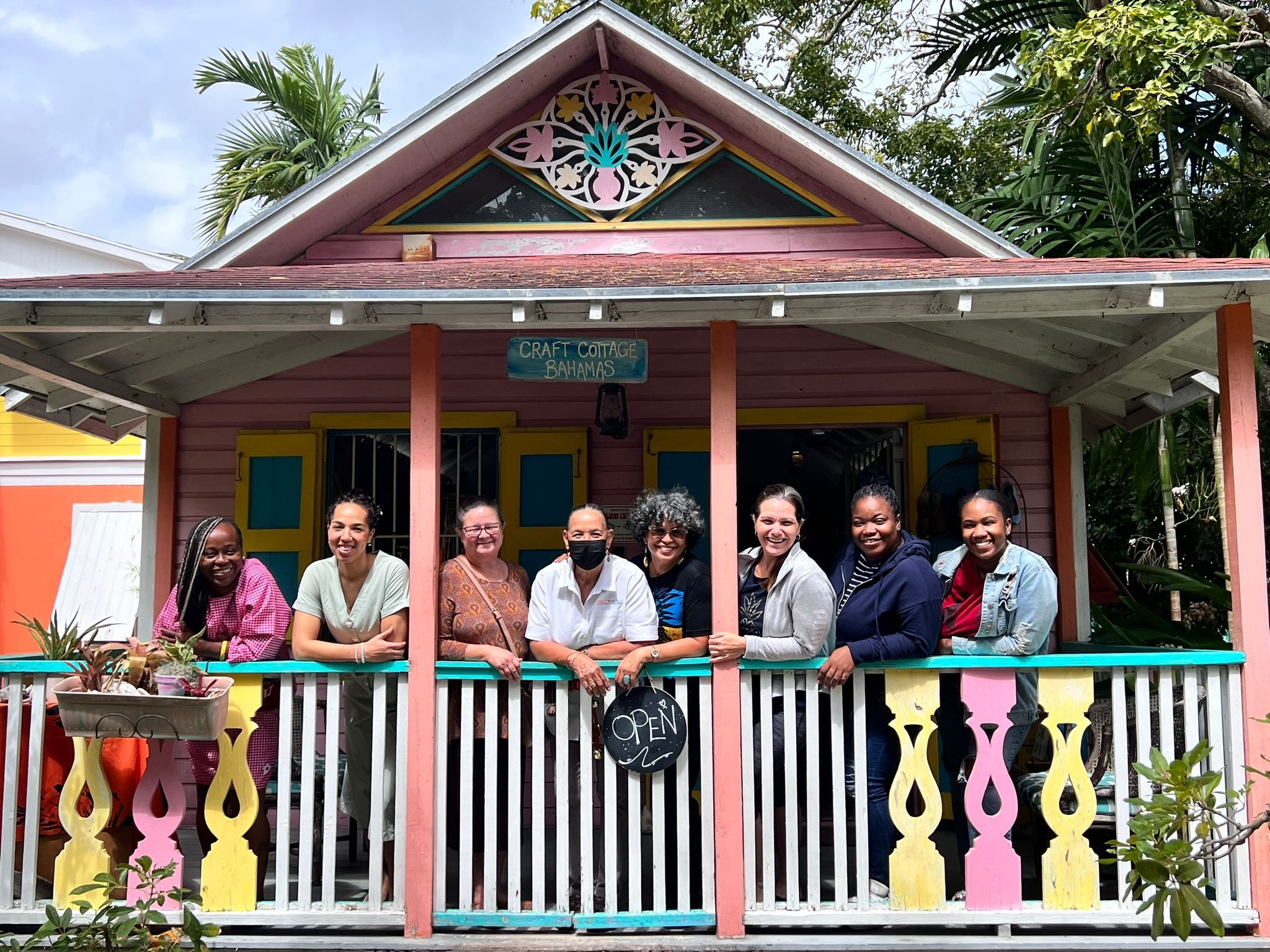
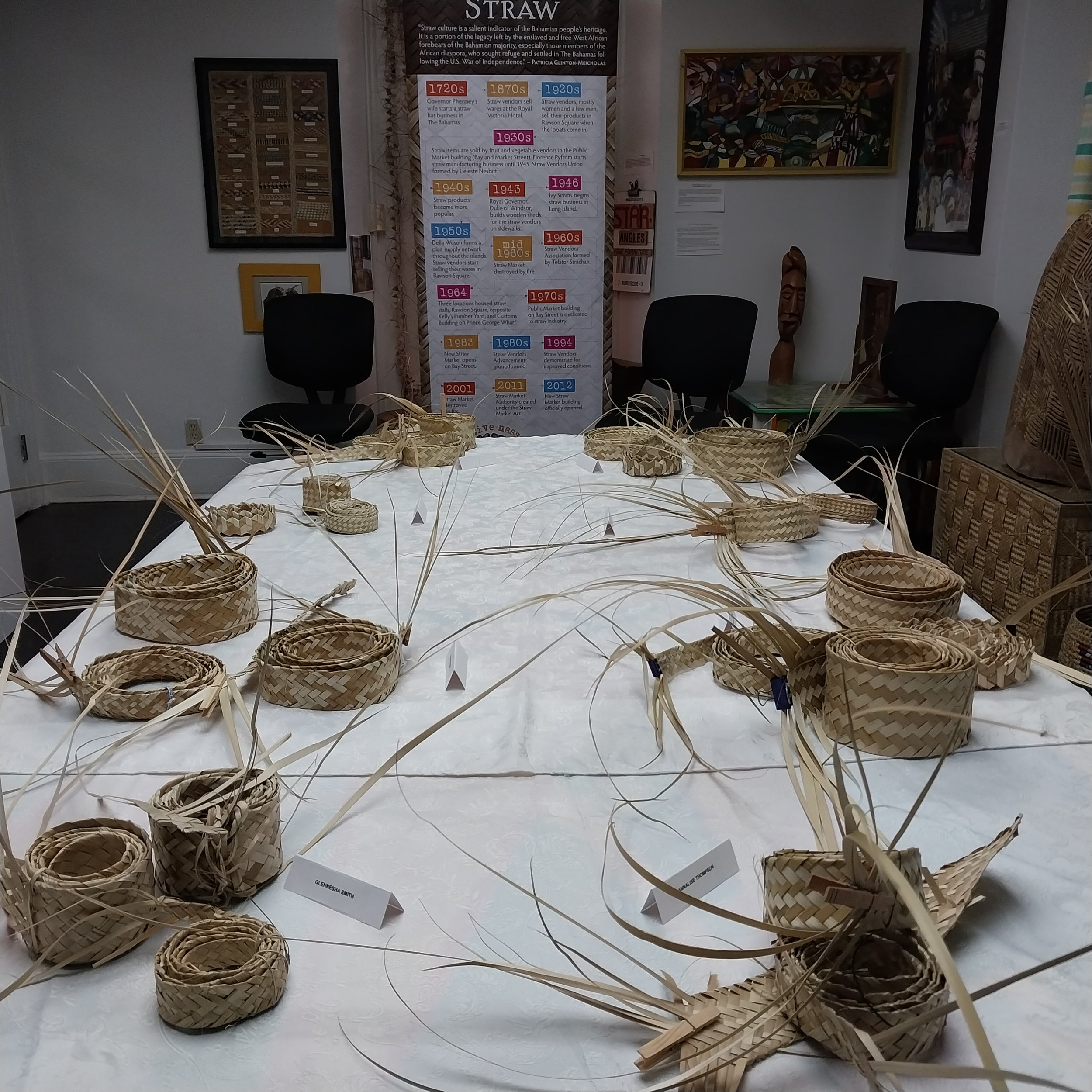
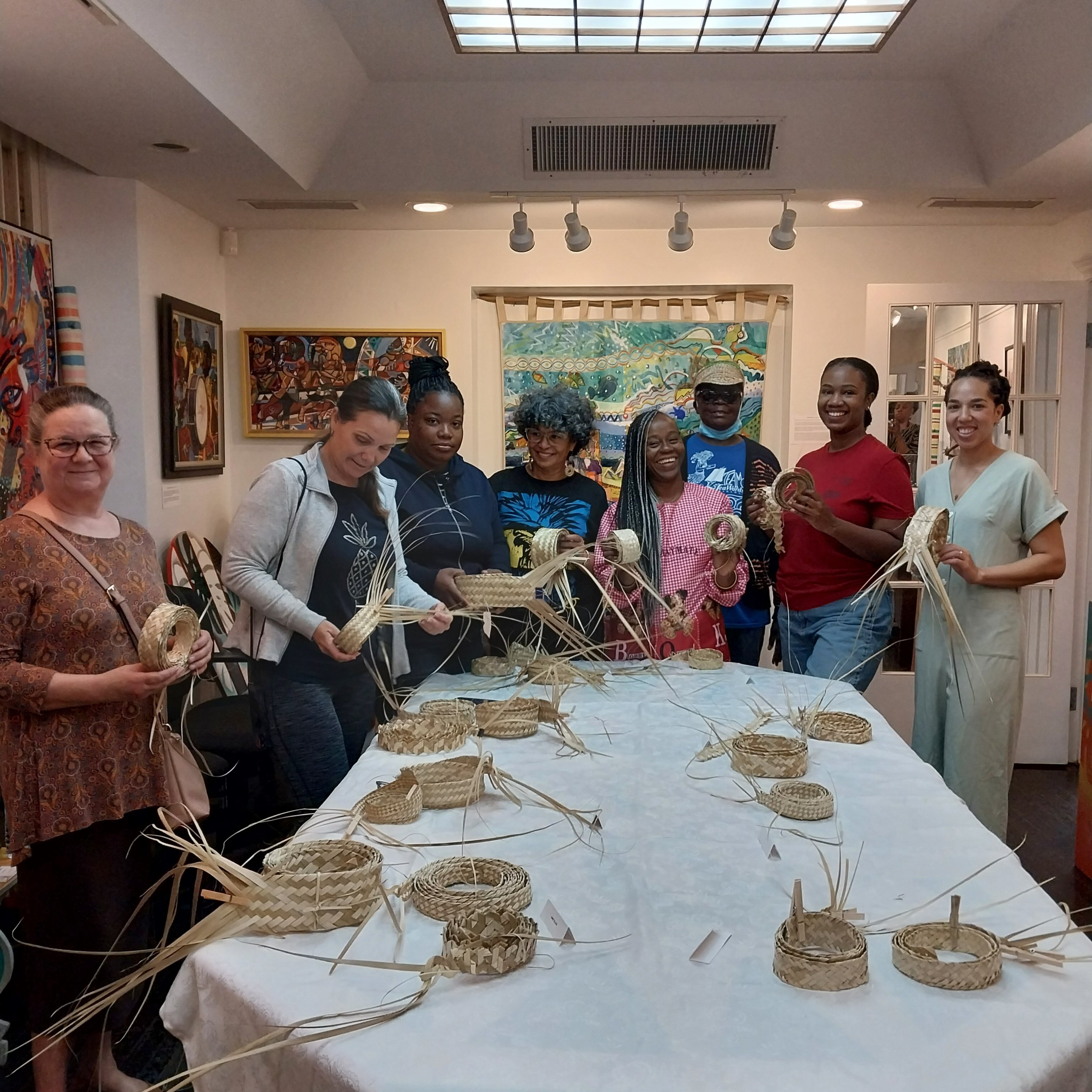
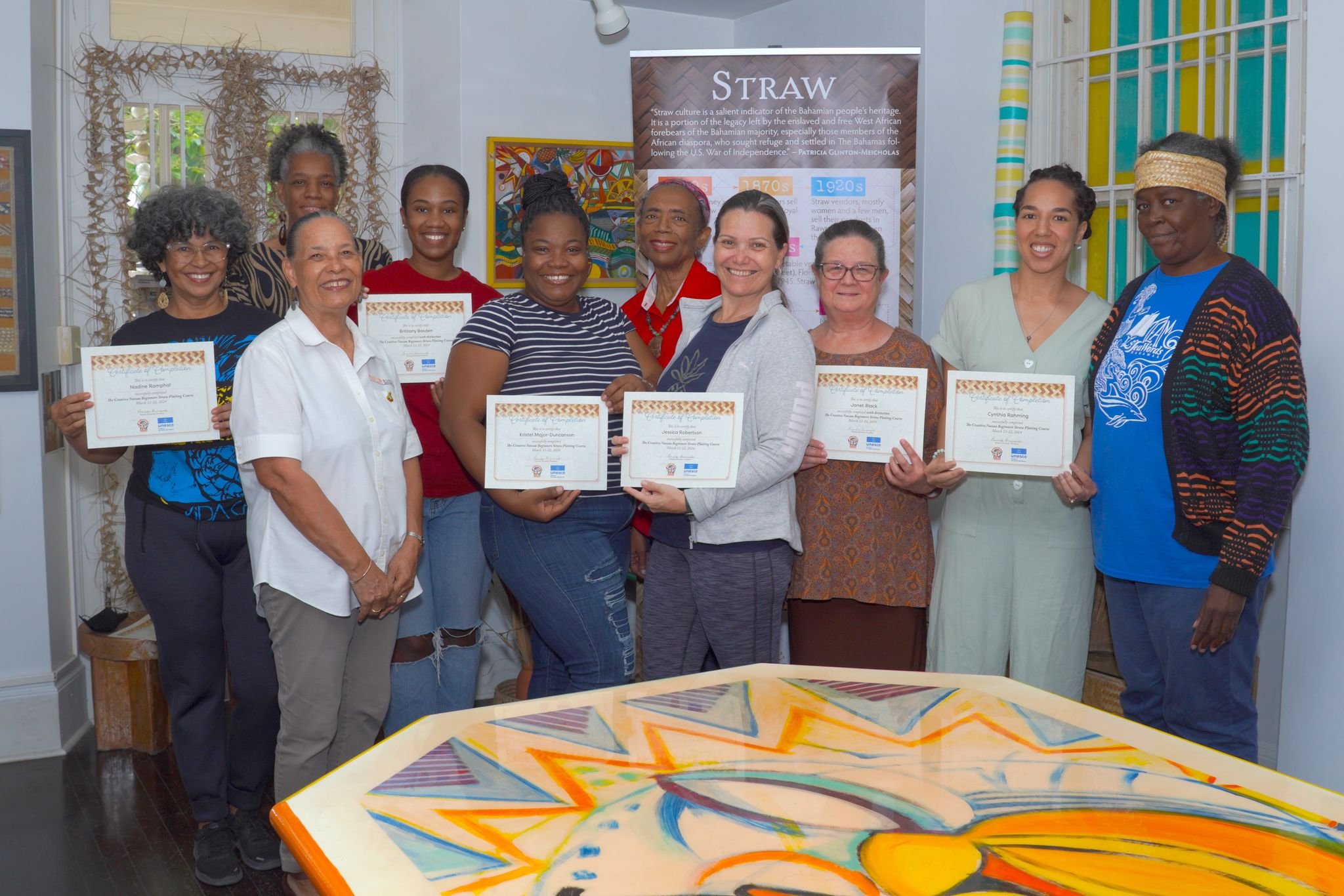
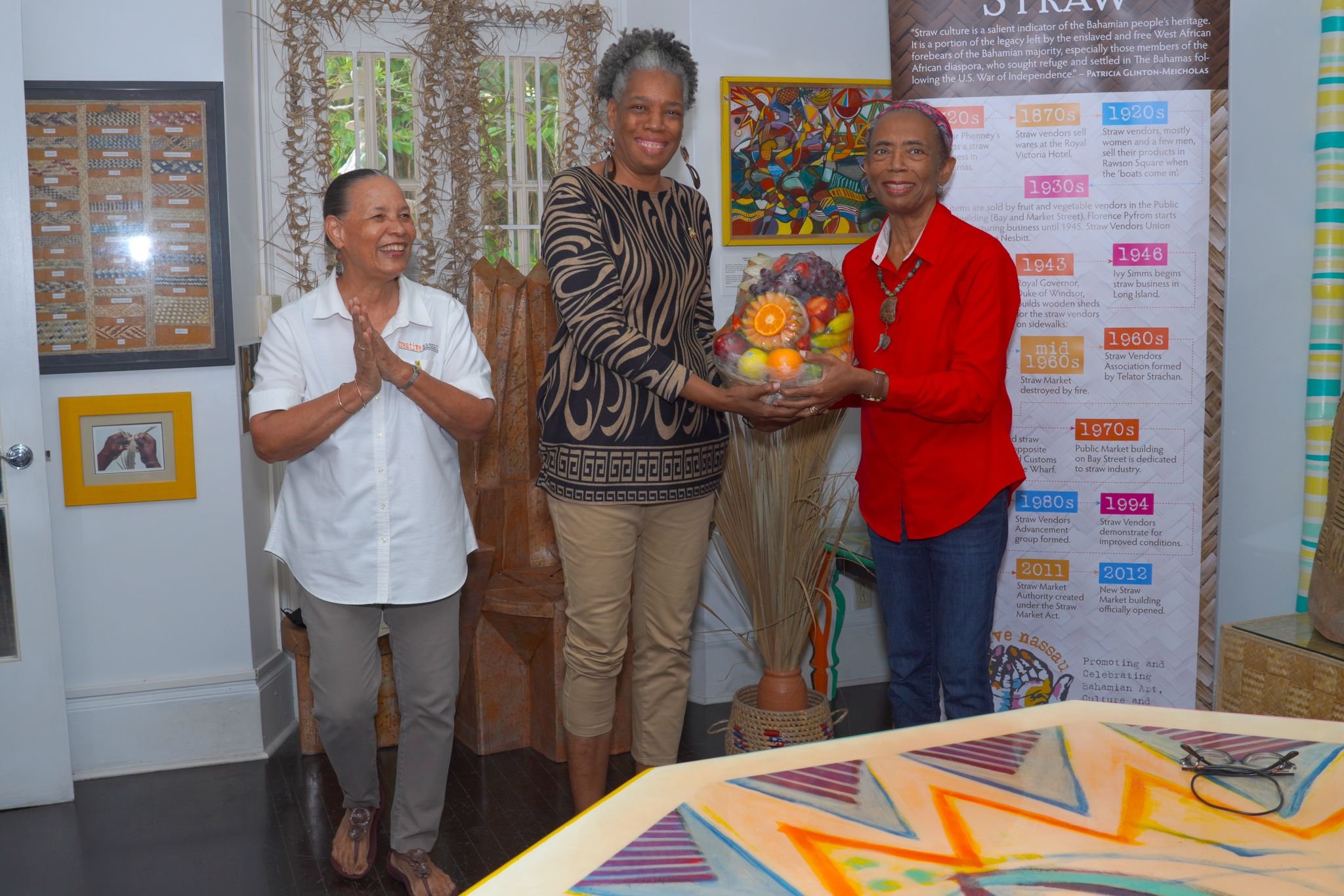
Creative Nassau is pleased to announce the resumption of the Introduction to Straw Plaiting and Weaving Class at BTVI in October 2022! The Classes are now under the Fashion Department which is chaired by APRYL BURROWS, and will be followed by Intermediate and Advanced Classes which had to be postponed in 2019 due to the COVID pandemic. Please be sure register asap if you are interested in participating!
We offer sincere thanks to the Bahamas Technical and Vocational Institute (BTVI), in particular Ms Paulette Richardson, Professional Development Course Coordinator, for allowing us to design a Basic Straw Plaiting and Weaving Course in 2019 expertly taught by master straw artisans, Rosemary Brice and Lucy Rolle Sands!
It is hoped that the Course will be able to be repeated at a later date. We thank the first cohort of students who thoroughly enjoyed the evening classes and made an impressive display at the conclusion of the course, a fitting way to honour this tradition and the heritage of our ancestors!


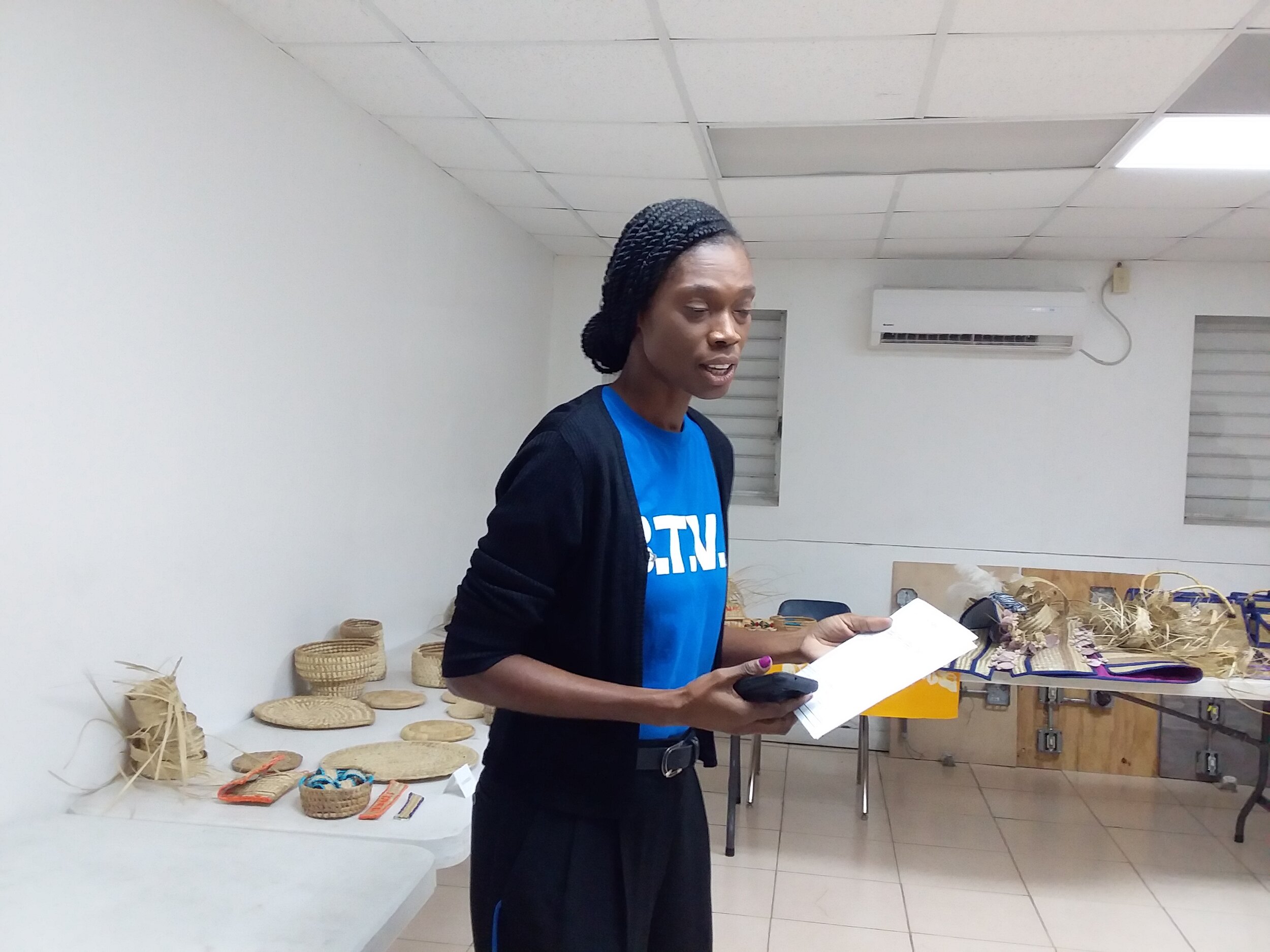
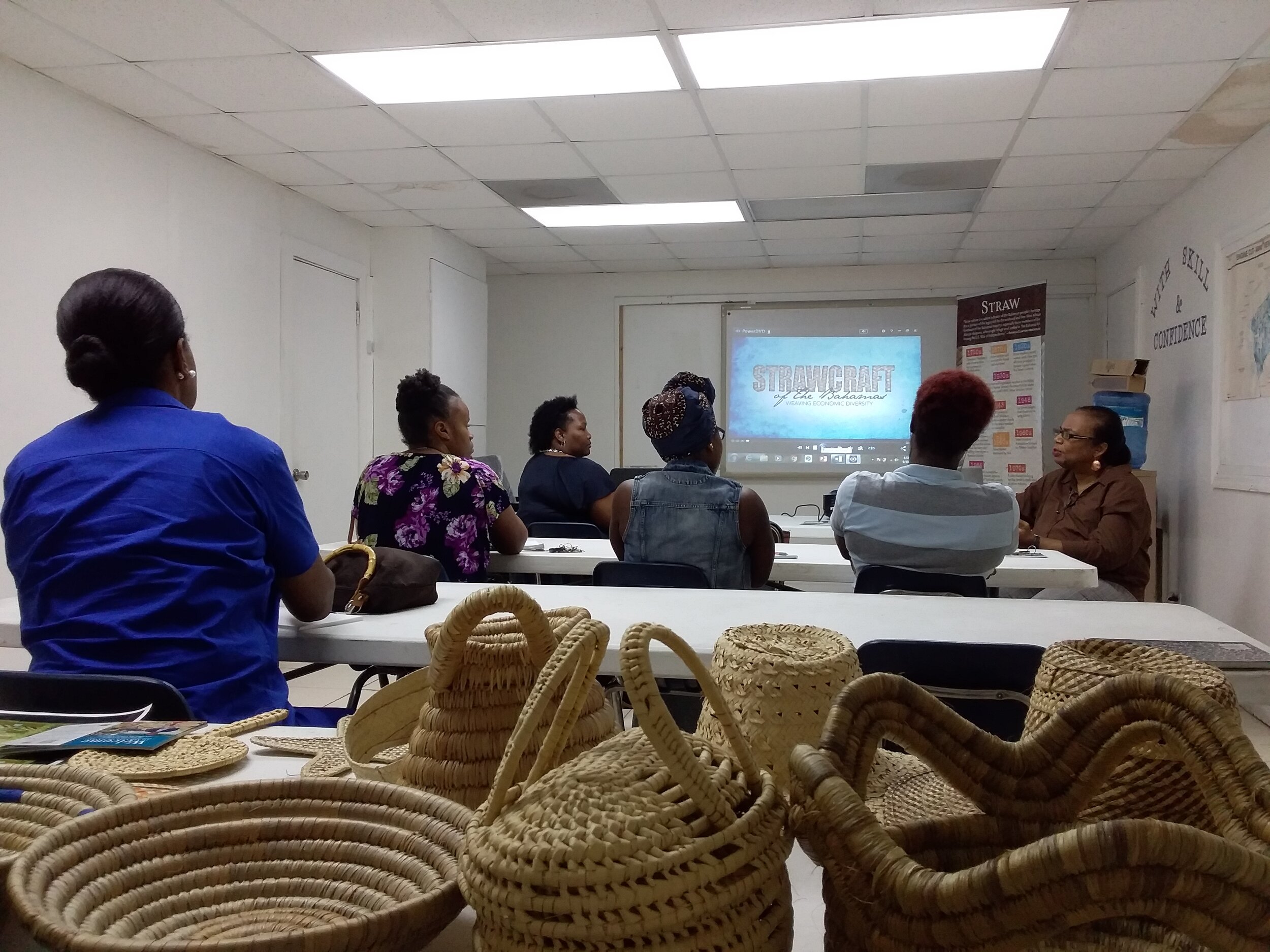
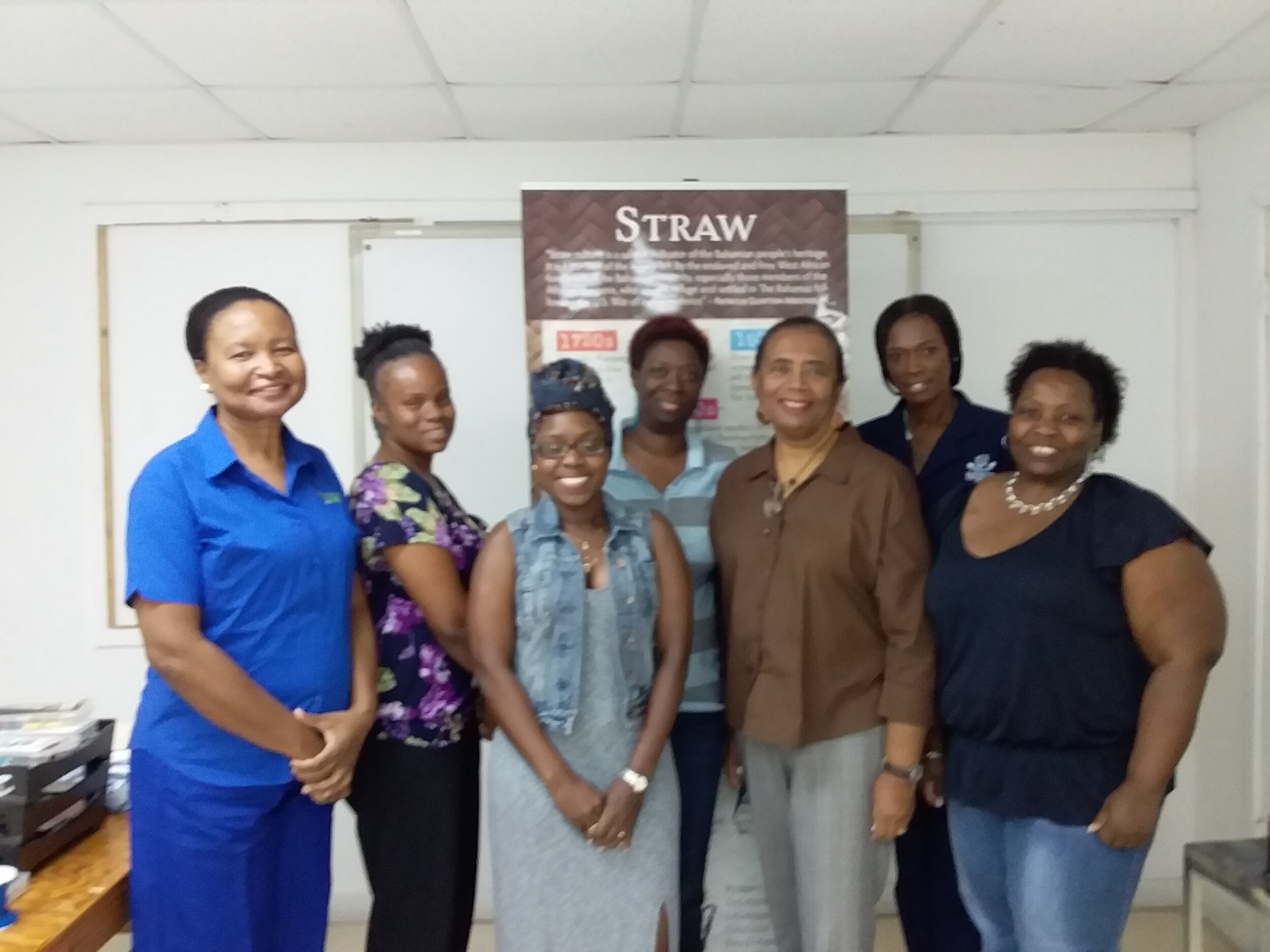

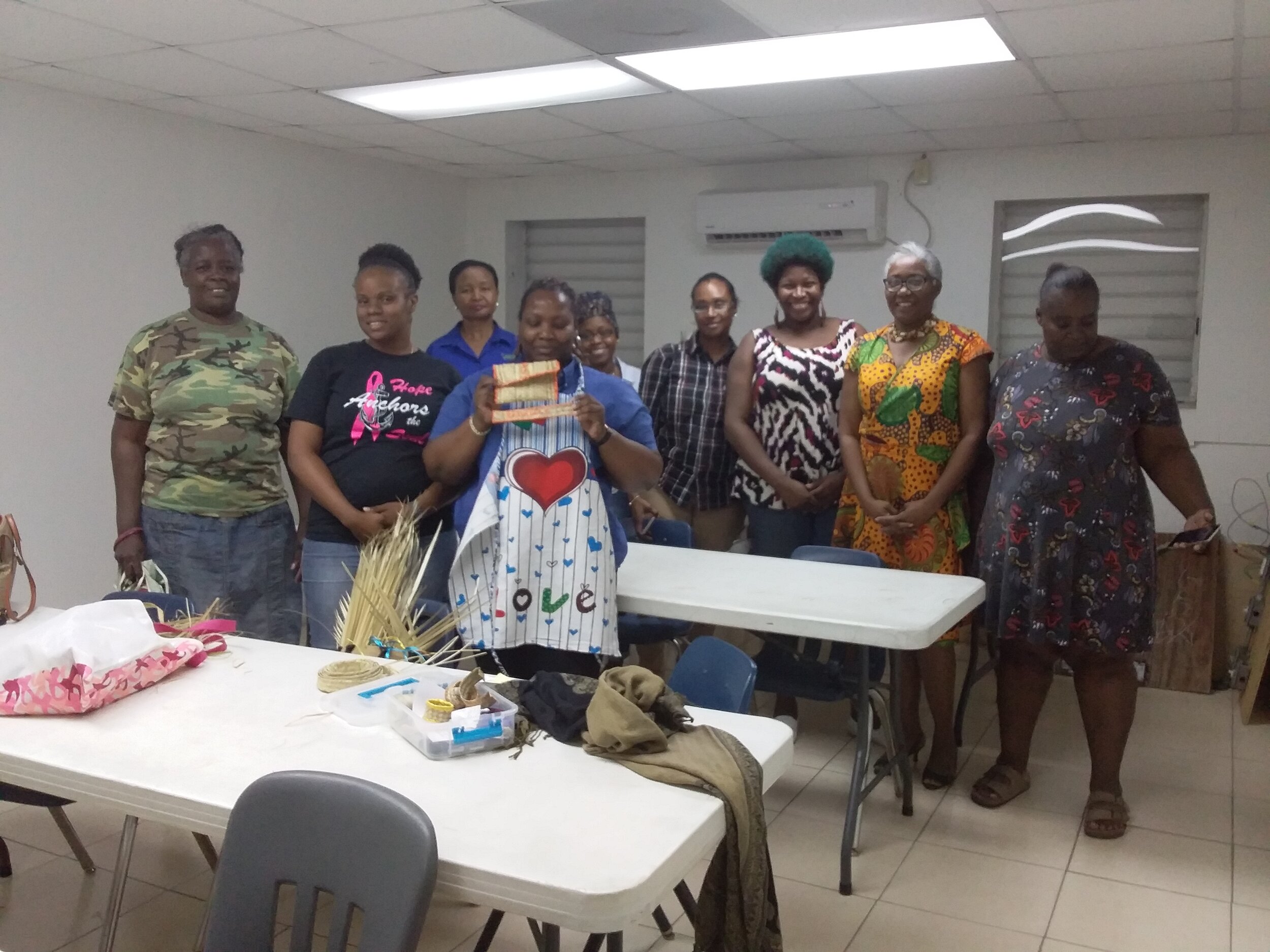
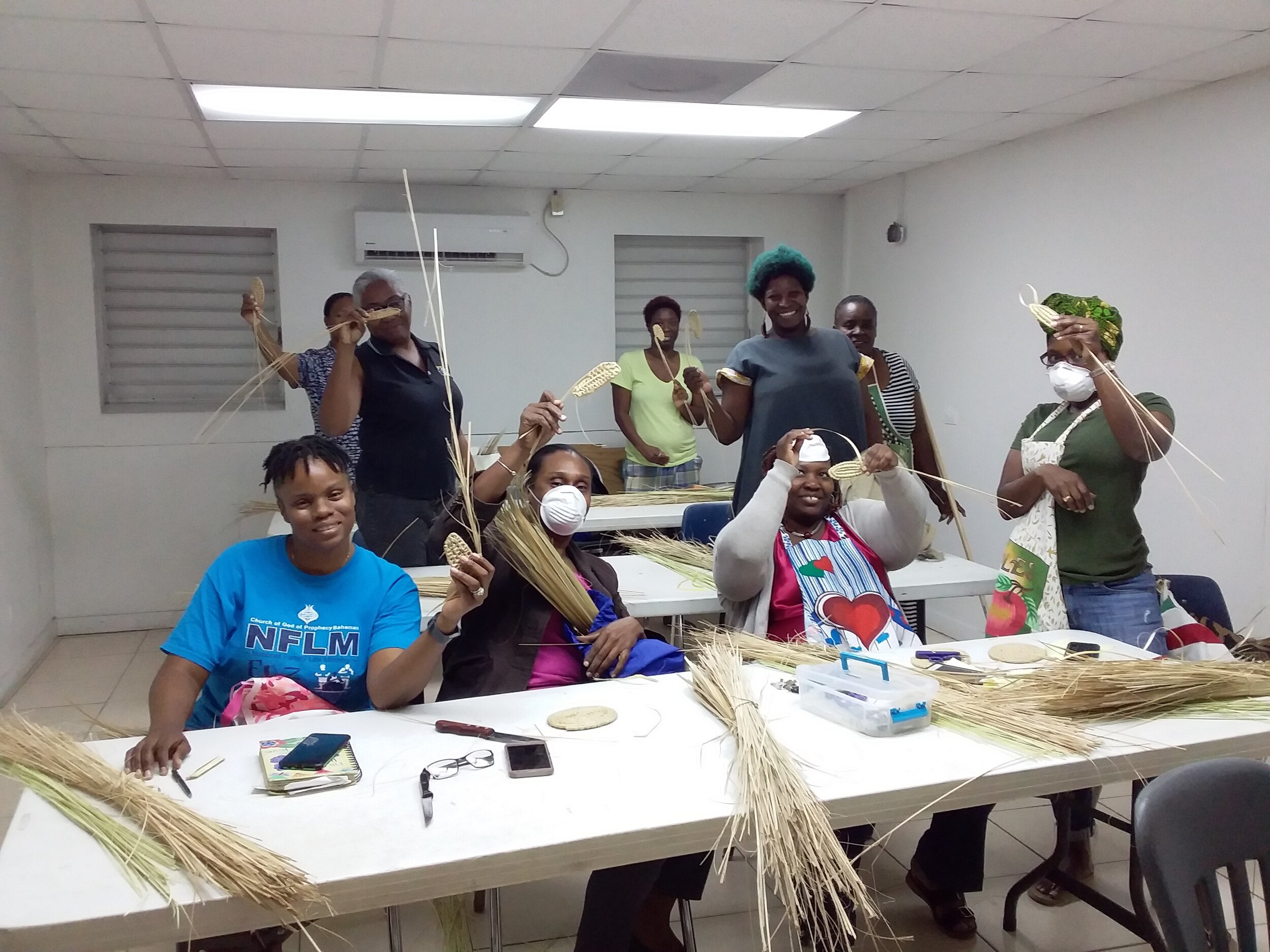
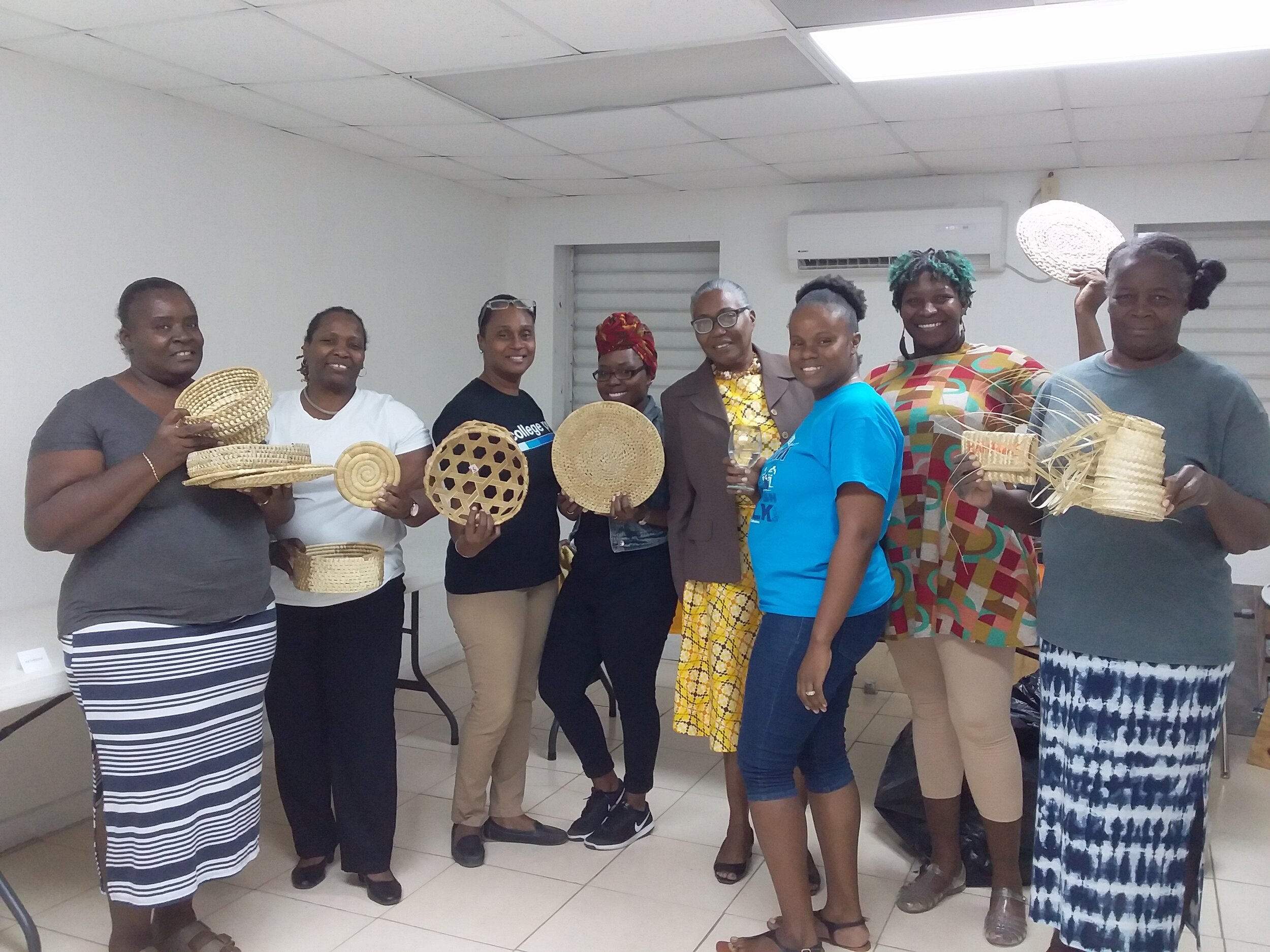
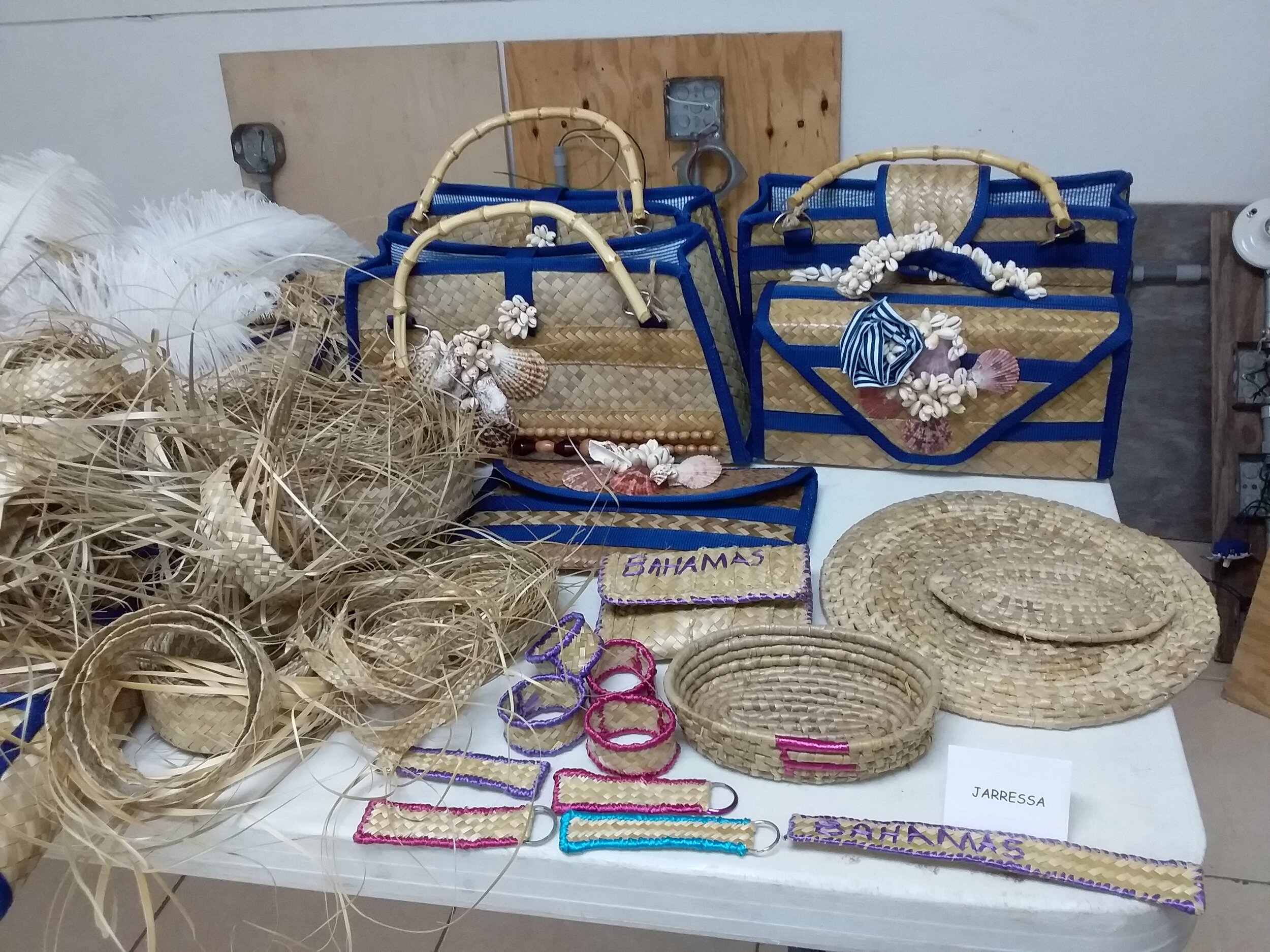
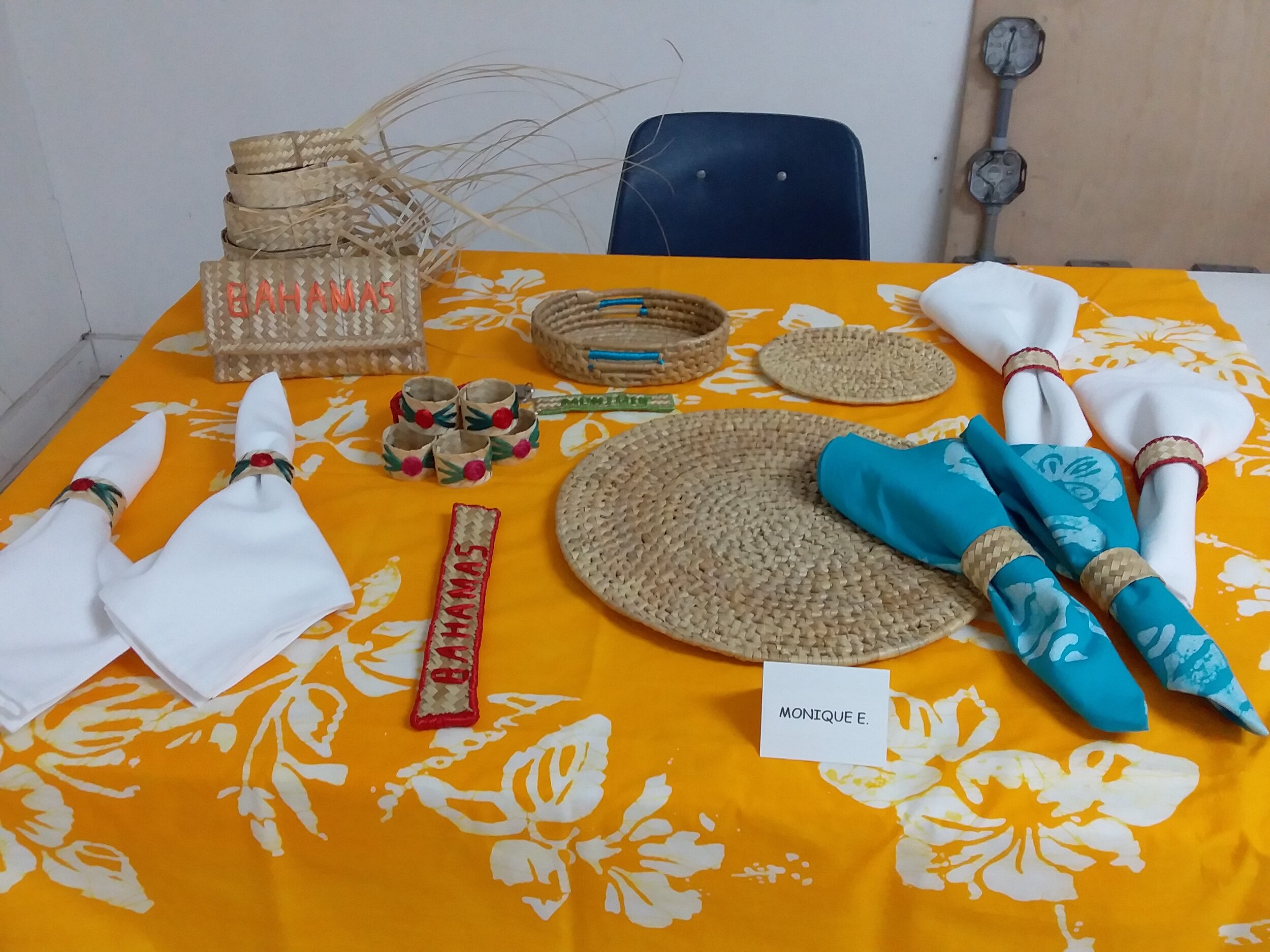
Creative Nassau is one of the multi-agency partners in the Bahamas Pine Islands Project (BPIP). A part of our mandate is to protect the country’s pine forests and straw palm resources for the straw industry. In 2020, we produced this short educational video about the sustainable harvesting of the silver top palm which can be watched at this link https://youtu.be/4e611HqvWzk
Sincere thanks to the brilliant CN creative team of Patricia and Neko Meicholas (seen in the photo below shooting footage in North Andros with Department of Forestry Director, Danielle Hanek Culmer) for all of the work that was put into the production!
You can find out more information about the BPIP on this website’s page under that name.
Creative Nassau is extremely proud to announce the Launch of its Bahamian Straw Documentary "Strawcraft of The Bahamas: Weaving Economic Diversity" which was written and produced by Creative Nassau Vice President, Patricia Glinton-Meicholas. The Launch took place at Doongalik Studios on Thursday, May 5, 2016. Creative Nassau acknowledges with much thanks the assistance of the following who made this 15-minute documentary possible: The Counsellors Limited (TCL), the Jackson L. Burnside III Library Fund, Cable Bahamas Cares Foundation, and Arawak Homes. DVDs and Blu-ray copies are now available at Doongalik Studios Art Gallery, #20 Village Road, Nassau, Bahamas. For more photographs of the Launch event, courtesy of Rosemary C. Hanna, please check our News section!
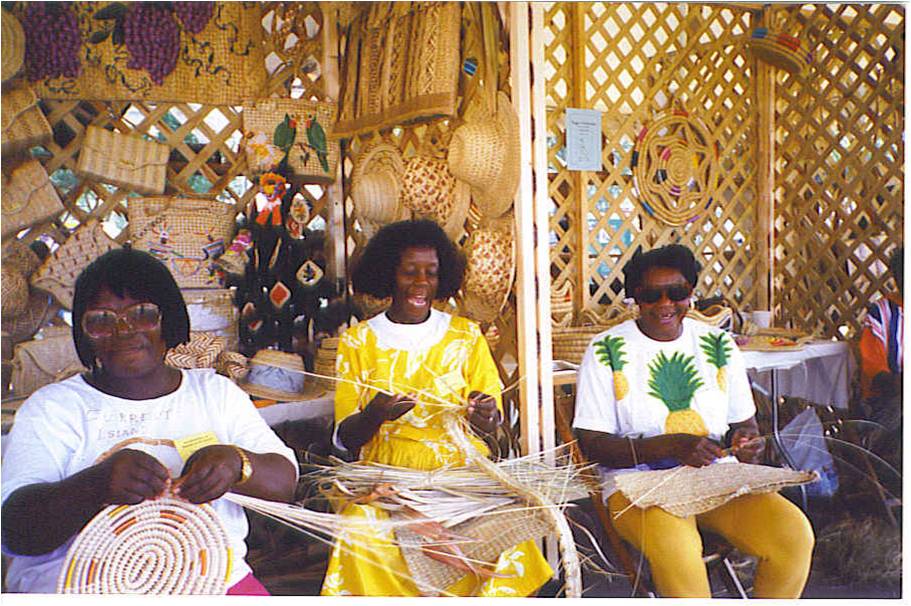
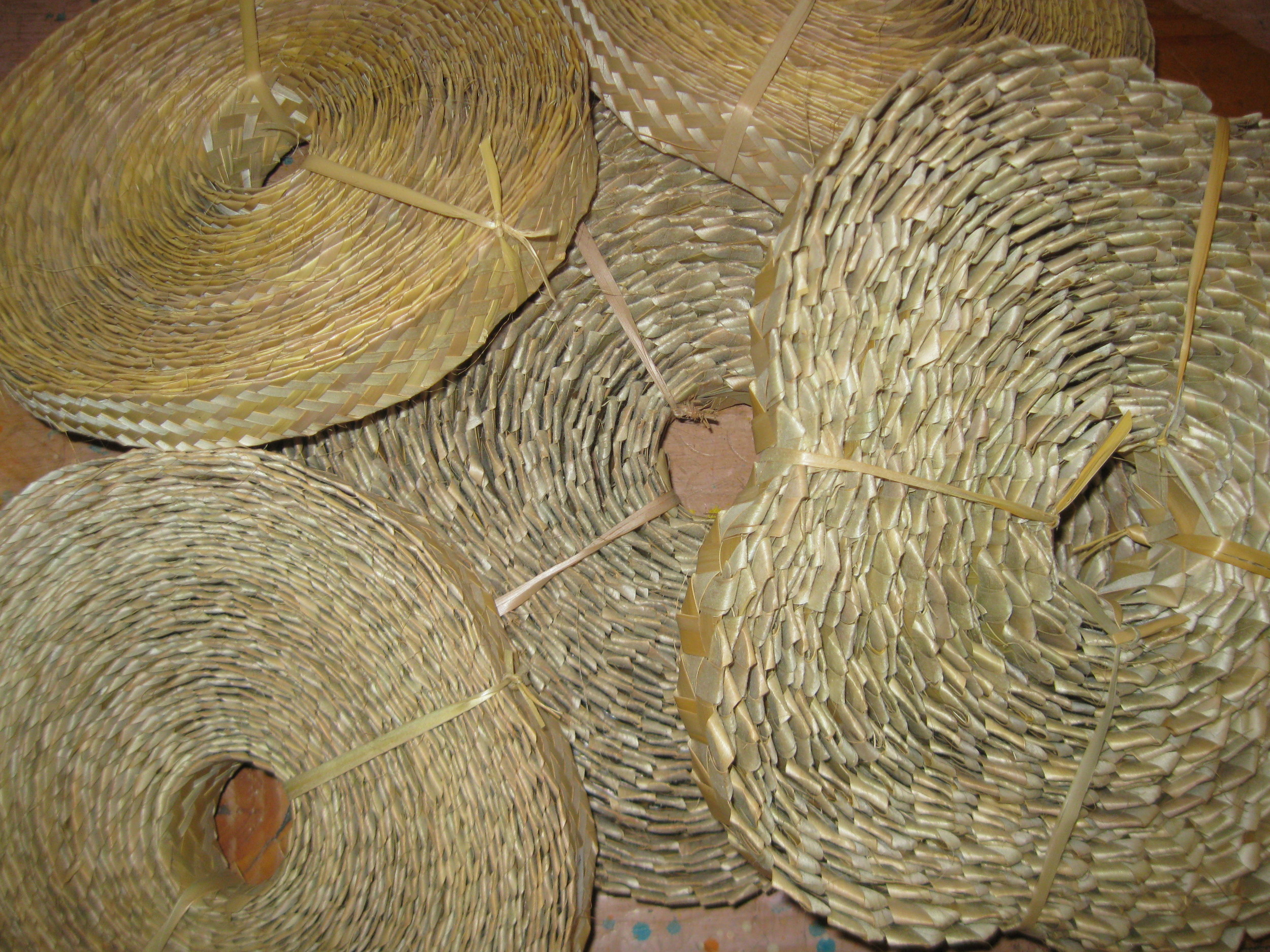
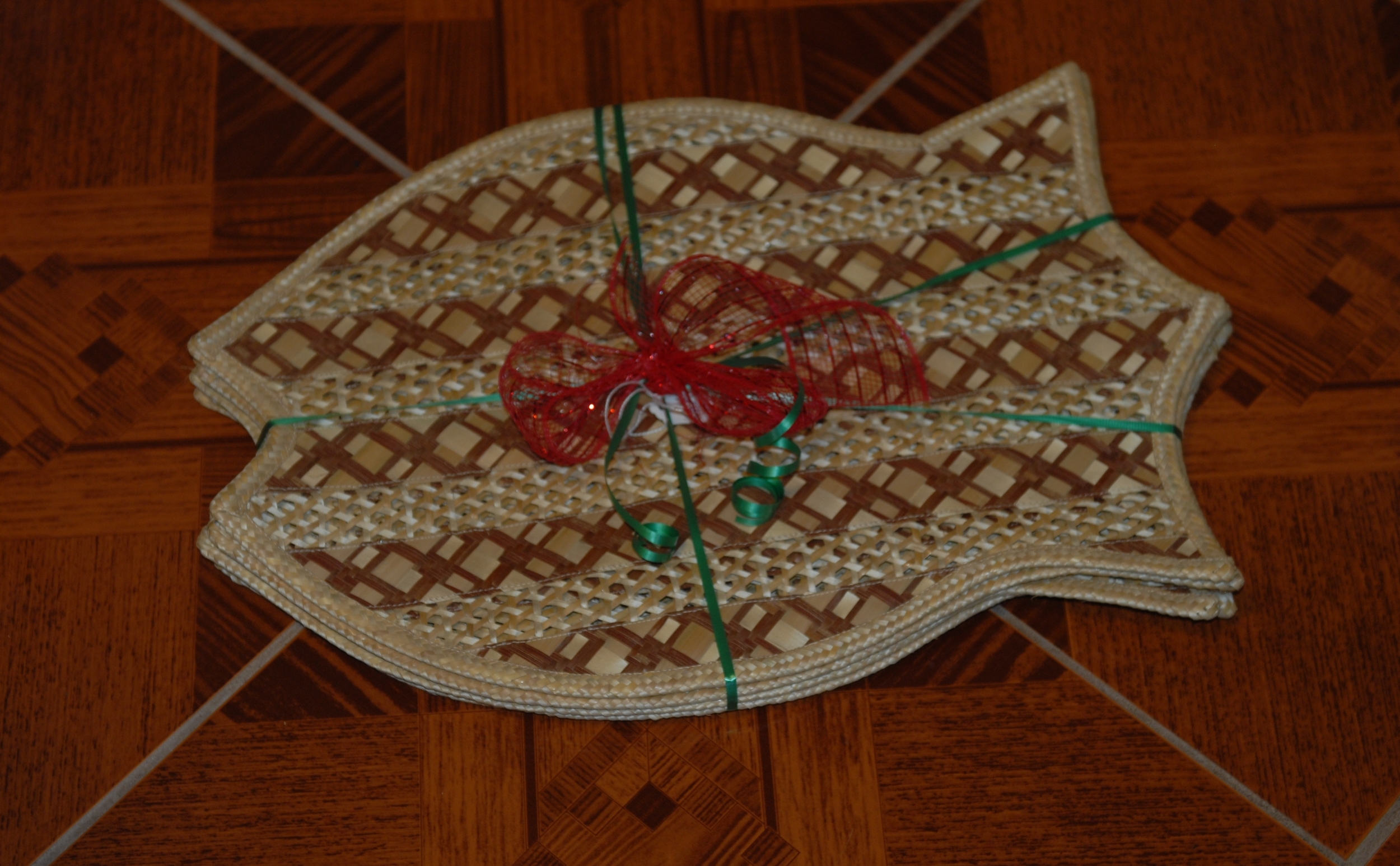
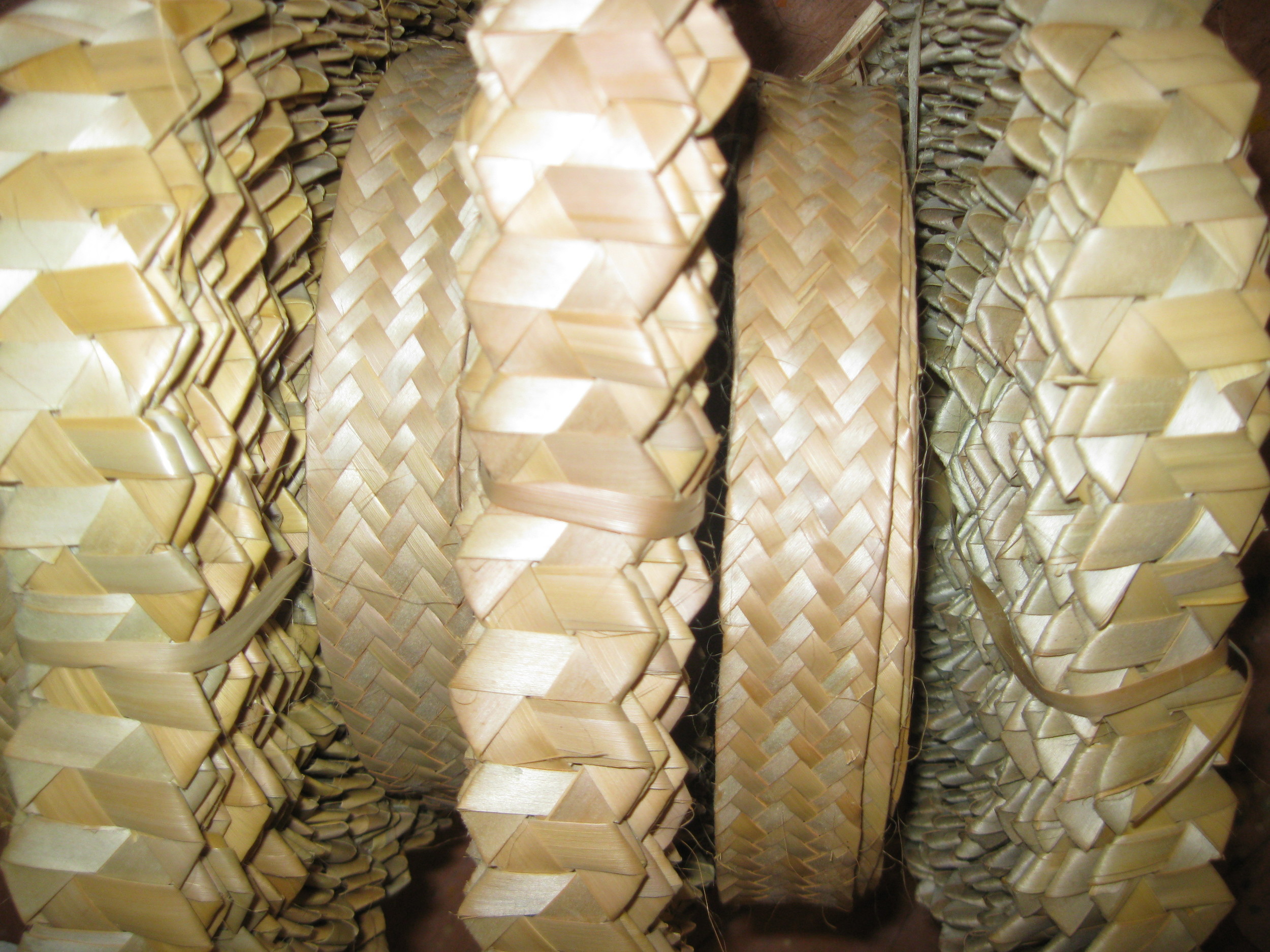
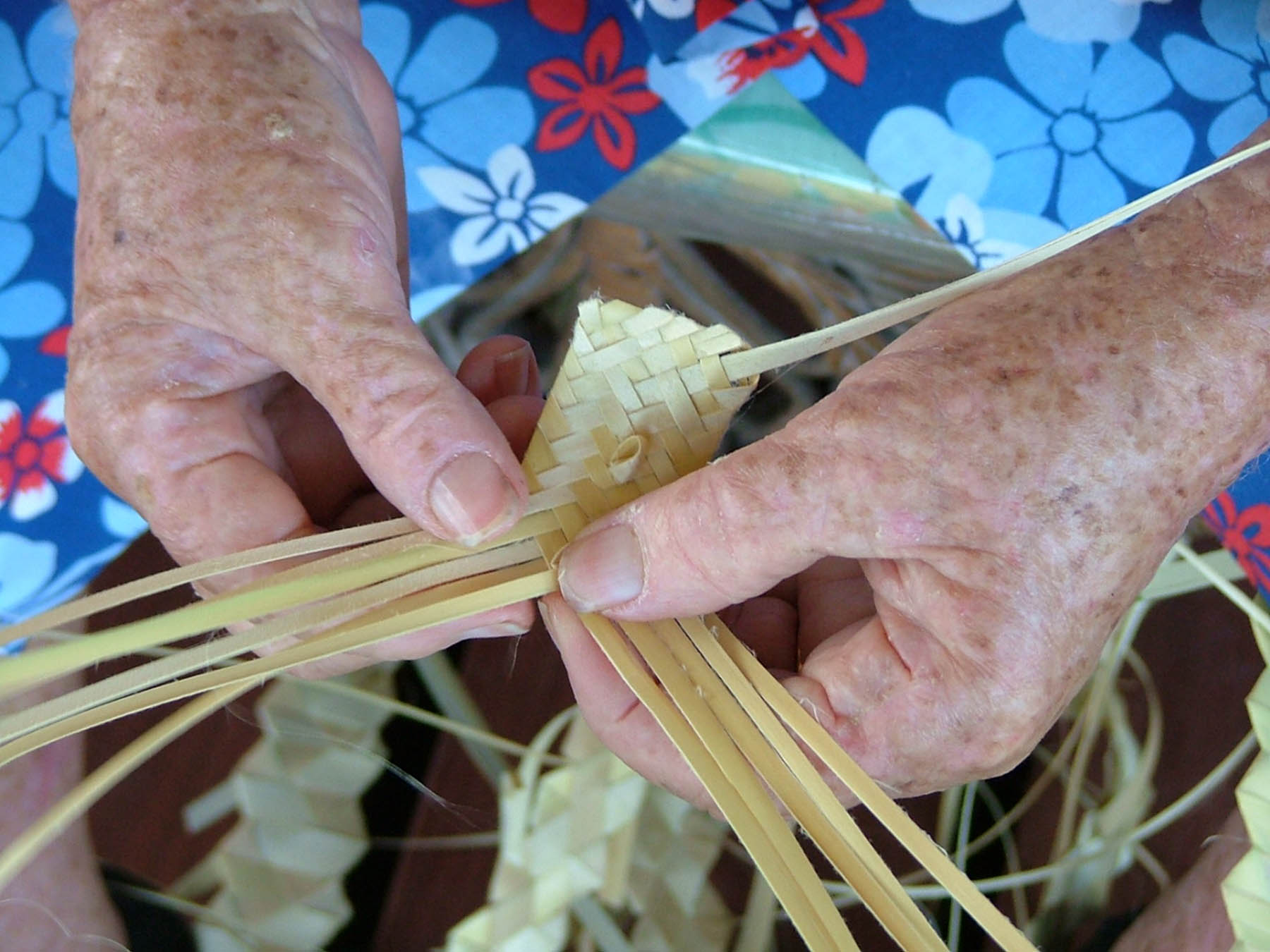
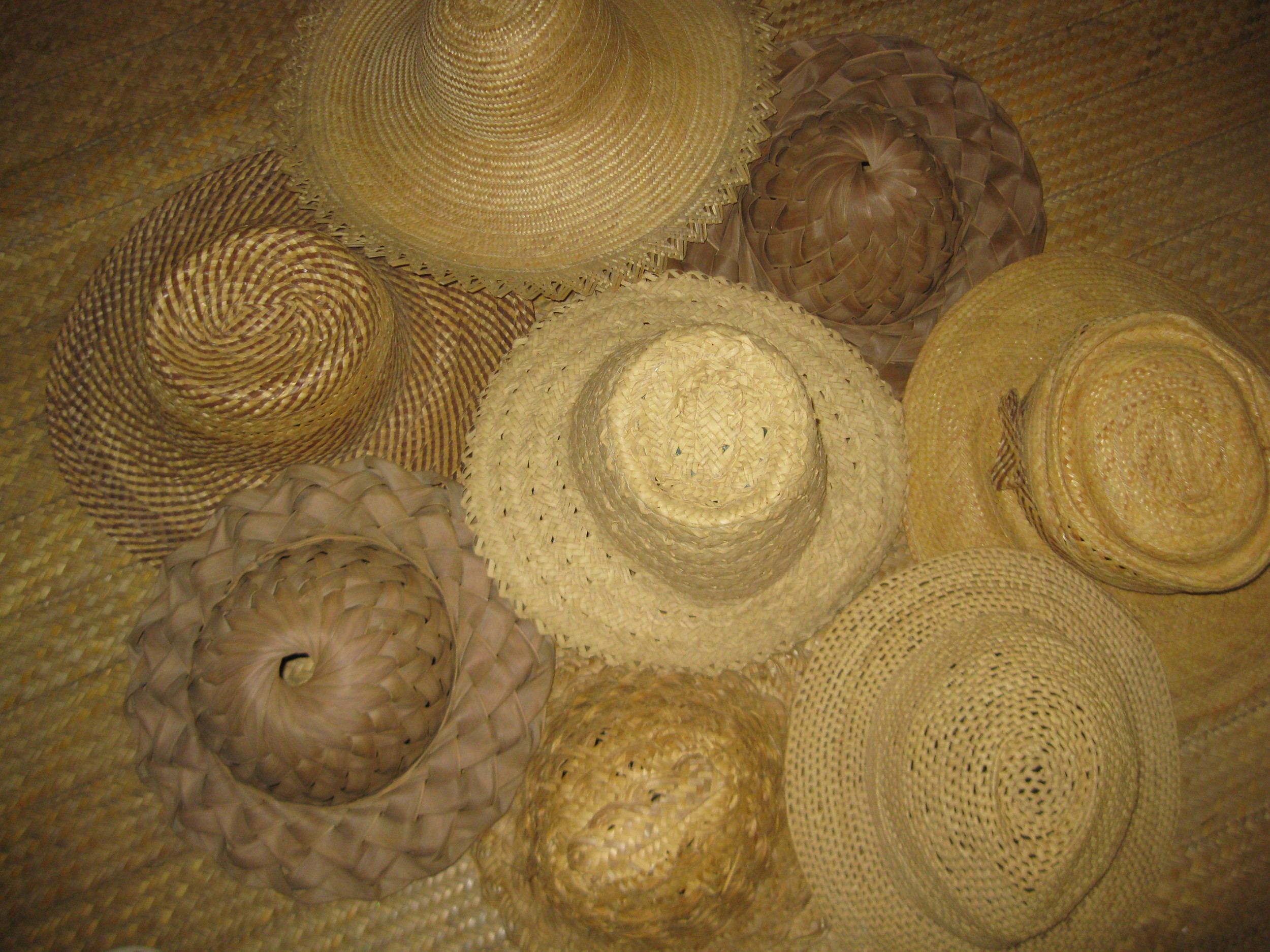
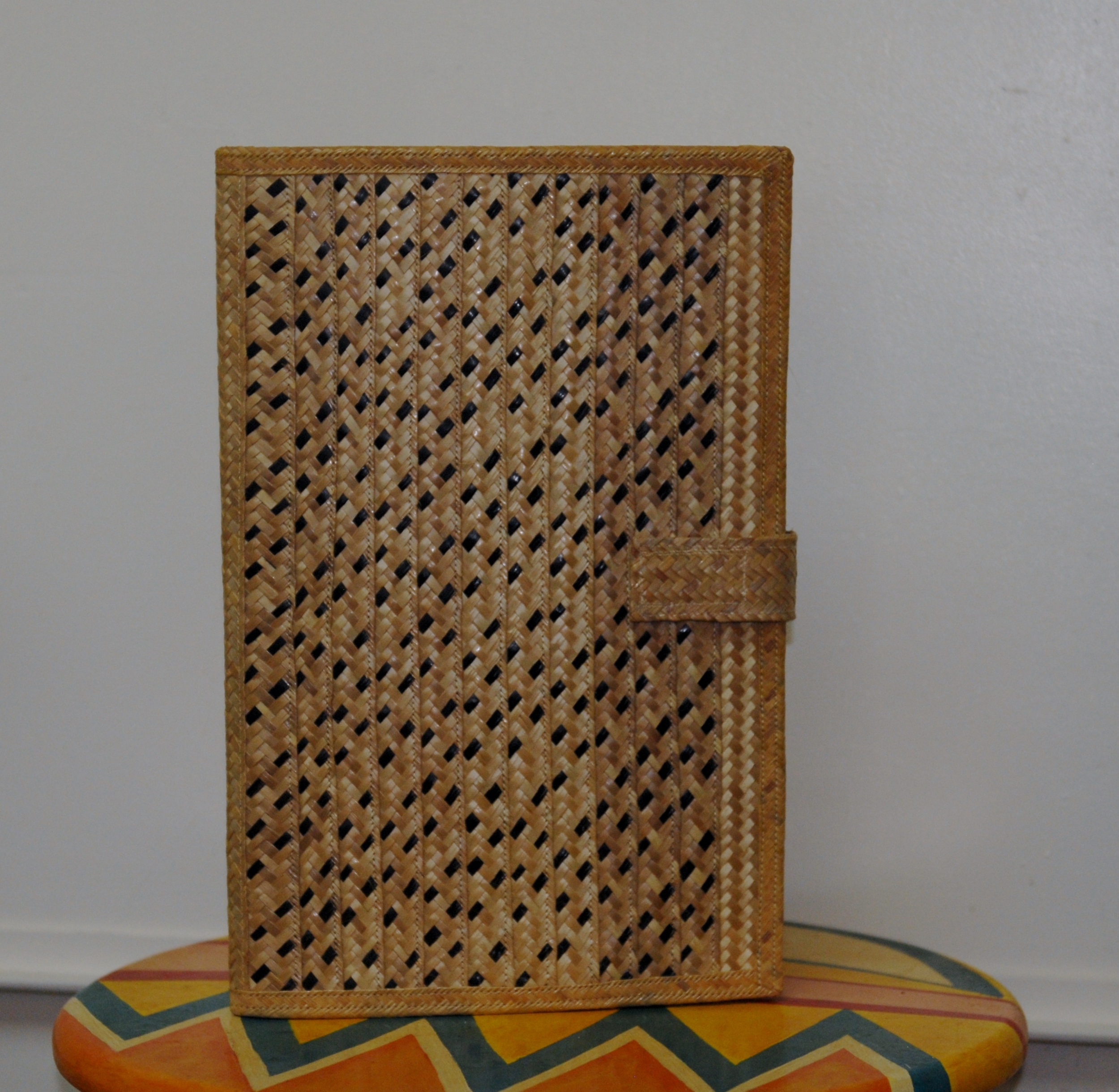
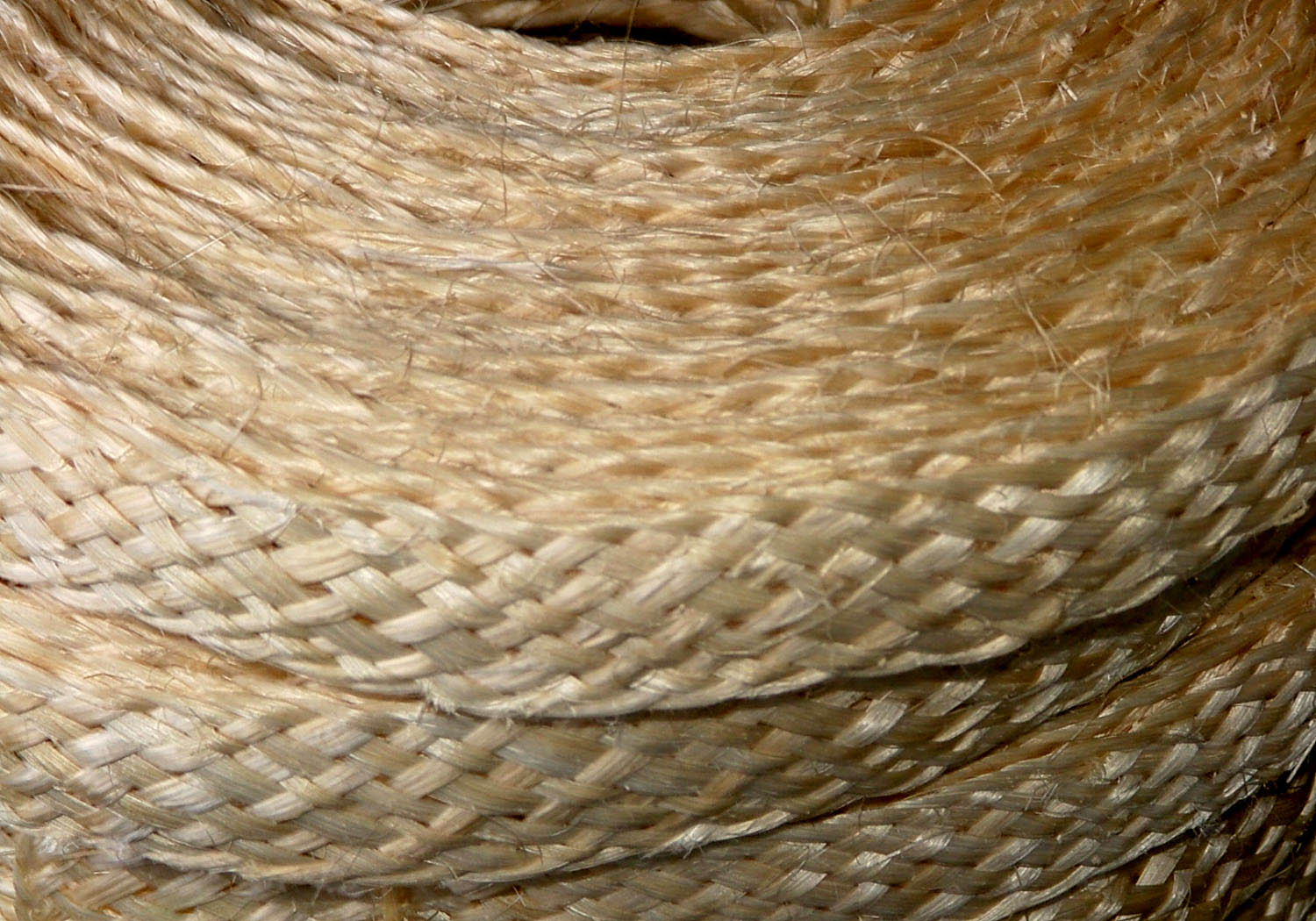
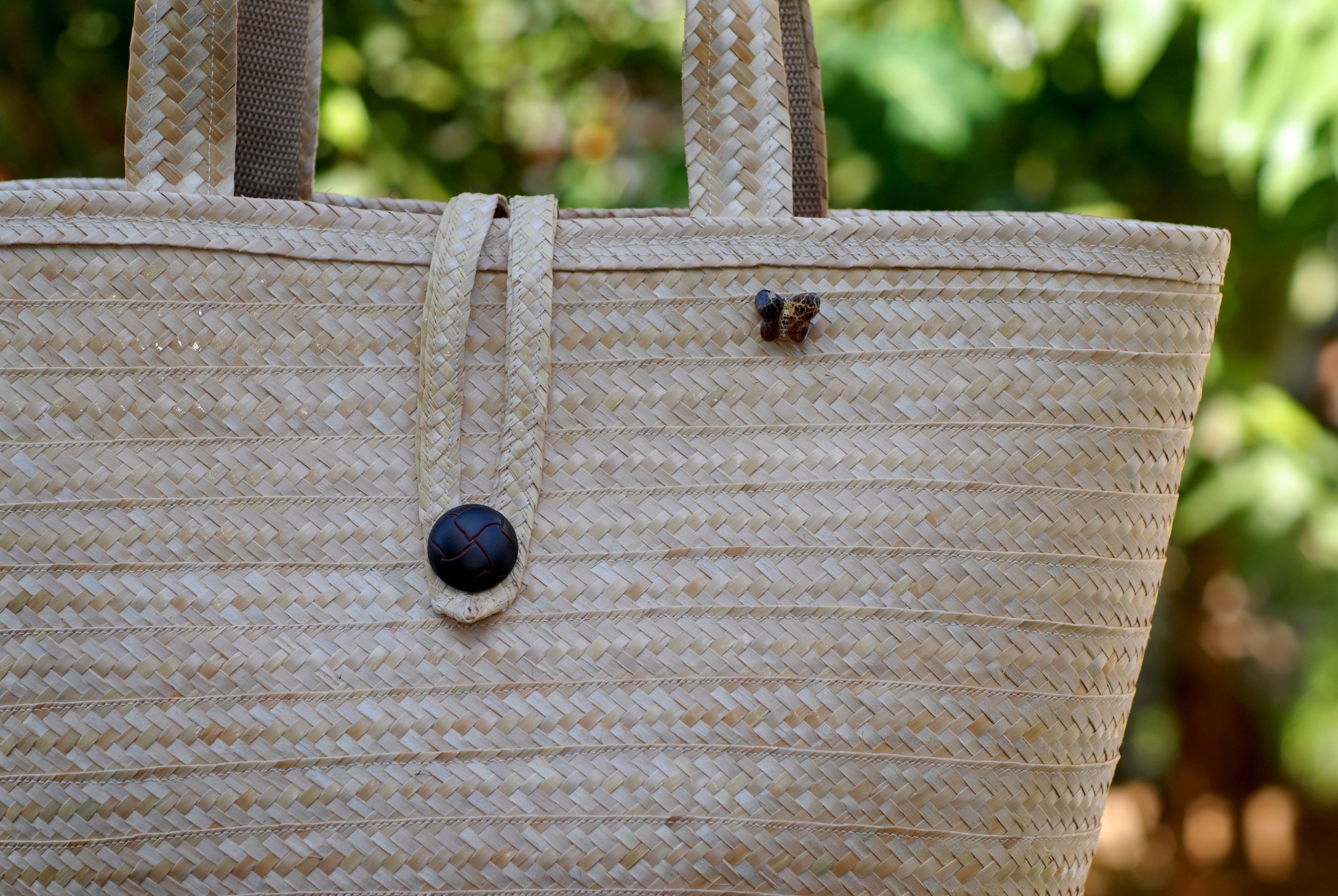
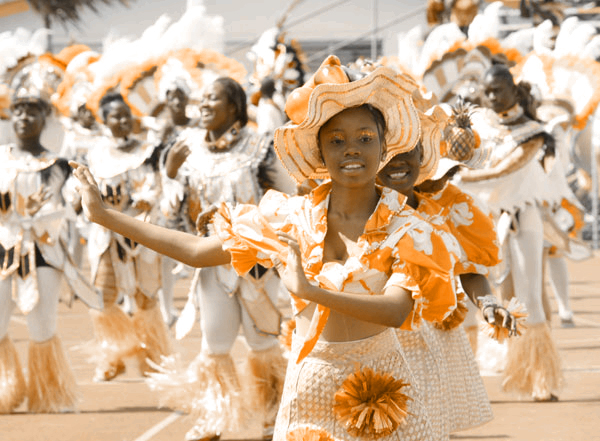
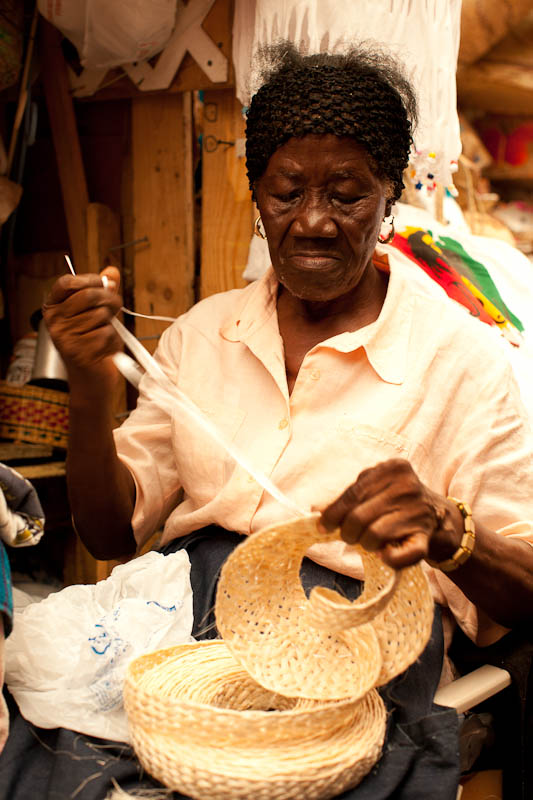
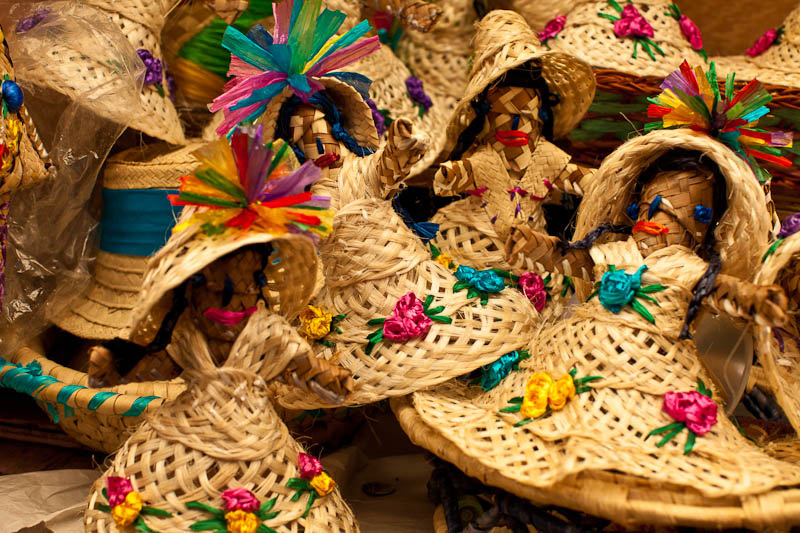
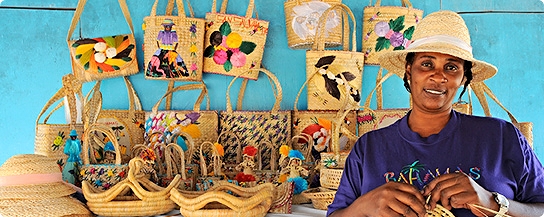
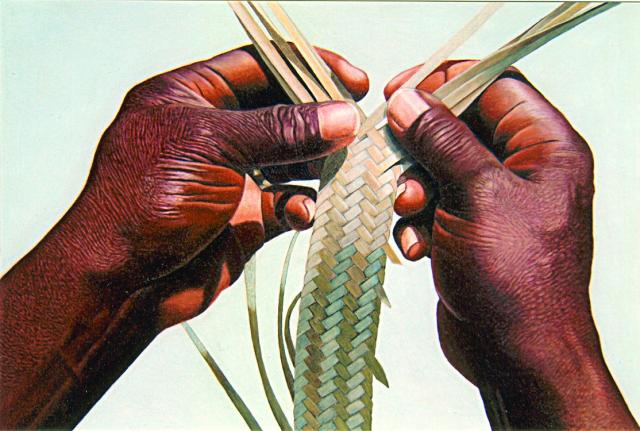
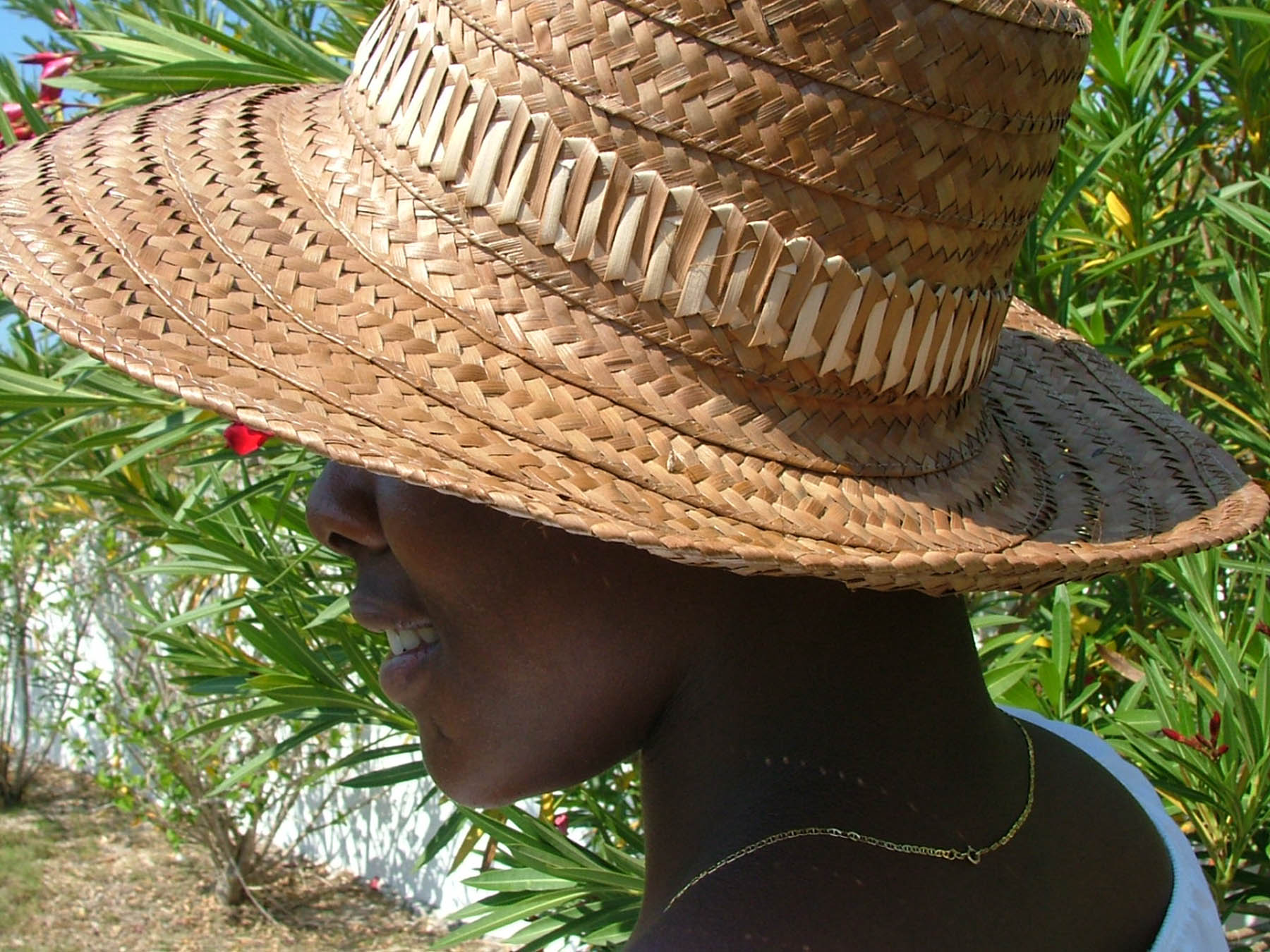
A natural resource
The term ‘straw’ refers to narrow strips of the fibrous dried leaves of several varieties of palms and plants that grow wild in The Bahamas. Three of the most important sources of this material are the coconut palm (cocos nucifera) the silver palm (coccothrinax argentata) which flourishes in the pineyards of Bahamian islands, especially those of the northern subgroups of the archipelago, and the sisal plant (agave sisalana). The straw becomes ‘straw work’ when it is woven or plaited, using various patterns, to create utilitarian or decorative products.
A strong heritage and history
Straw culture is a salient indicator of the Bahamian people's heritage, being a centuries-old enterprise. It is a portion of the legacy left by the enslaved and free West African forebears of the Bahamian majority, especially those members of the African diaspora, who sought refuge and settled in The Bahamas following the U.S. War of Independence.
A traditional skilled Bahamian straw artisan displaying examples of the harvesting, processing and the initial plaiting stage of the straw fronds into woven ribbons which will be used for the manufacture of unique products
Straw craft has generated economic activity in the Family Islands (those islands other than the island of New Providence, where the nation’s capital is located) for at least two centuries. Its supply chain encompasses the majority of the communities of the archipelago with no gender or ethnic bias. They are the primary collectors and processors of the raw material, as well as the producers of the woven ribbons that other craftspeople, especially Nassauvians, fashion into finished goods. The straw industry is sustainable and environmentally friendly and mechanization is limited to sewing machines that are either manually operated or driven by electricity.
A source of creativity
Straw work is also one of the most important manifestations of the creativity of the Bahamian people. At one point, as many as 60 or more weave styles were developed using the indigenous materials as described above to create items of unique decorative design that can undeniably be regarded as 'fine art'.
An example of some of the many creative and beautiful Bahamian straw weaves
